Beginner Track Day Guide Index
Track Day intro
Have you heard or even made excuses yourself for not getting out to a track day? We get that the track might not be for every car enthusiast, but if you're interested in going to a track day it might be easier than you think! In this video we go over how to find local track days in your area, how to sign up, how to prepare your car, how to prepare yourself, how to find the right helmet, and what to expect when getting to the track.
Lets go over how you can get to the track on a modest budget when you already have a car like the BRZ with minimal modifications.

Event research / Registration
Before we actually get to the track, we’ve got some preparation to do.…First thing you’ll need to do is register for an event and since we are trying to speak to individuals that have never been to the track before, we are going to concentrate on HPDE AKA High Performance Driver Education events.
These events are intended for drivers that want to get on track in a safe environment to test the limits of their cars and themselves. For beginners, you do that with the help from more experienced veterans. It’s important to understand that definition of HPDE as the events are NOT “racing events” or “timed challenge” events. We aren’t racing at all out there! Events like Global Time Attack, Gridlife GLTC, World Racing League Endurance events are racing events and require you to be a veteran driver that has gone through the ranks of HPDE before competing.
Registration Sites
The most commonly used website to find these HPDEs is motorsportreg.com You’ll be able to type in your location and filter down to find HPDEs in your area. What you want to look for are events that you might find interesting. Lets say you have a Porsche or BMW, well since these manufacturers are so popular they’re able to have owners groups like Porsche Club of America or BMW Car Club of America which actually hosts their own HPDE events at tracks that are close to their operating region. Once you find something that you’re interested in, you’ll be able to follow the steps on the site to register for the event and find more information.
Run Specific Groups

While you’re registering, you’ll notice that you’ll have to sign up for a specific “run group” to complete your registration. These run groups can sometimes have different naming structures, but it basically boils down to a Beginner, Intermediate, and Advanced group. Beginner groups will always have instructors leading this group. These instructors will be with you pretty much most of the day ensuring that you’re doing what you need to do on track and giving advice where they see fit. The agenda will vary from organization to organization but for the most part when on track you’ll likely be doing lead follow exercises to get beginners comfortable with the racing line or the instructors will sit shotgun in your car giving you instruction the entire time on track. This instruction will focus on a lot, but the main priority for the instructor is ensuring you are safe on track and getting familiar with the racing line.
Safety Gear
Yo spoke a lot on safety and how this is a huge priority while on track. Now, lets go over what is required by many organizations in regards to safety equipment that you’ll be wearing and responsible for purchasing or renting. Most organizations will have this information for you to reference during the registration process. At minimum, while on track the safety stewards are going to want you to be wearing closed toed shoes, long pants, a long sleeved shirt, and a racing helmet that has a Snell certification. The clothes are easy, I’m sure everyone watching likely has what is required already, but what about that helmet and snell rating?
What Helmet Do I Use? Snell Certification?

What you need to know when purchasing a helmet is that you will want to look for that Snell certification which ensures that the helmet was tested for automotive and racing use. Snell comes out with certifications every 5 years and most organizations will accept helmets that have the previous 2 certification dates available. For example, we are filming this in 2025 but the SA2025 certifications have not been released yet this year so organizations will accept SA2020 and SA2015 ratings. Once the SA2025 rating is released, the two certifications that will be accepted will now be SA2020 and SA2025. This varies by organization slightly, but in general this is widely accepted by a majority of organizations.

How Snell Rates Their Helmets
- Impact management - how well the helmet protects against collisions with large objects.
- Helmet positional stability - whether the helmet will be in place, on the head, when it's needed.
- Retention system strength - whether the chinstraps are sufficiently strong to hold the helmet throughout a head impact.
- Extent of Protection - the area of the head protected by the helmet.
- Flame Resistance - whether the helmet will withstand exposure to direct flame. This flame resistance may well mean survival for well belted drivers and Final SA2025, April 1, 2024 Page 2 of 52 passengers in a crashed vehicle where a few seconds of additional time may enable escape or rescue.
- Frontal Head Restraints – whether the helmet is appropriate for use with tether systems intended to divert the inertial load of the wearer’s head and helmet away from the cervical spine in crash impact conditions.
Safety Gear List
- Minimum - Helmet, Snell Rated - SA2015,SA2020, This year SA2025, 5 year increments
- Nice to have - Racing Gloves, small fire extinguisher
- Go all out - Firesuit, Hans, roll cage, fire suppression
Helmet Fitting
Now that you know what to buy you’ll want to make sure it fits correctly because if the helmet doesn’t fit your head correctly then all of that testing and certification is thrown out the window.

The Snell Foundation recommends you Position the helmet on your head so that it sits low on your forehead; if you can't see the edge of the brim at the extreme upper range of your vision, the helmet is probably out of place. Adjust the retention system so that when in use, it will hold the helmet firmly in place. This positioning and adjusting should be repeated to obtain the very best result possible. The procedure initially may be time consuming. Take the time. Try to remove the helmet without undoing the retention system closures. If the helmet comes off or shifts over your eyes, readjust and try again. If no adjustment seems to work, this helmet is not for you; try another.
The fitment should be snug, but not tight around the upper brim of your head and the padding on your cheeks should be tight and push your cheeks up. Ensuring a proper fit is really important, so it is best if you can go to your local race shop to test fit multiple sizes and brands of helmets. Lucky for me, I was able to go to Wine Country Motorsports at Sonoma Raceway to get my helmet properly fitted and purchased. If you don’t have a local shop, then ordering a helmet online is your next best choice and many retailers will understand that if you need to return and swap out for a different size.
Pack Out Kit

With your helmet picked out and your clothes ready for the track, lets talk a bit more about what else you should be bringing with you. Since you are going to be out at the event basically all day, we are going to want to make sure you’ve got everything you need to be taking care of yourself. Starting with the basics like WATER. Making sure you are well hydrated will keep you from being too hot and fatigued during the day. Ensuring that you’re feeling good for your sessions on track. Make sure you bring plenty of water as this is often overlooked by newcomers to the track.
Food and Creature Comforts
You’ll also want to pack yourself a lunch and some quick snacks. Some tracks will have a concession stand or grill that you can order lunch from but the quality is hit or miss and some tracks are out in the middle of nowhere so they may not even have a stand available or food even nearby. Best bet is to pack yourself a lunch in a cooler along with some of your favorite snacks to ensure you’ve got enough energy to perform at your best for the day.
Other things that you will want to bring but aren’t absolutely necessary but will help give you comfort for the day would be things like a hat, portable camping chair, umbrella or parasol. This will ensure you can take some time between sessions to rest and get yourself out of the sun. All things that will help keep you in good shape for the next session on track.
Care Car and Tools To Bring
Now, lets talk about what we need to bring for the car ...You don’t need a truck and trailer full of tools to be out at the track. As nice as that sounds, it’s a ton to manage and if you’re just getting started with motorsports it’s honestly OVERKILL.
A small set of basic tools is likely all your going to need. Some basic wrenches, sockets and ratchet, adjustable wrench, a couple screw drivers, allen keys, floor jack and breaker bar will get you pretty far. Since you’re a beginner, the chances of something breaking should be pretty minimal since you aren’t going past the limit. These basic tools will allow you to fix minor issues or be able to take a wheel off to inspect if anything weird is going on with that suspension.

Some nice to have items would be an electric impact gun, portable air pump, tire gauge, detail spray, window cleaner, and microfiber towels. These will make life easier and ensure you can check your tire pressures and air up after the end of the event, clean up your windshield between sessions so you can improve your vision and make getting wheels on and off the car a bit easier.
Pack Out Checklist
- Water
- Lunch & Snacks
- Chair
- Hat Sunglasses
- Shade - Umbrella, Parasol
- Tools
- Basic Wrenches, Sockets, and Ratchet
- Adjustable Wrench
- Screw Drivers
- Allen Keys
- Floor Jack
- Breaker Bar
Optional Nice-To-Haves
- Electrical Impact gun
- Portable Air Pump
- Tire Gauge
- Detail Spray
- Window Cleaner
- Microfiber Towels
Vehicle Prep
Finally lets talk about “MY CAR ISN’T READY!” Excuse. This is the biggest/most used excuse for not going to a trackday. Trust me, I get it. I’ve used this excuse many times before in the past but in all reality your car is likely more ready than you think and taking a stock car out on track isn’t crazy or unsafe. It’s actually the best way for you to learn your car’s limits before making wild changes from the modifications you probably already have planned. This way, you know what those modifications are actually doing to the car and if the car actually needs it to perform the way you want it to.
Car Condition

First, let's talk about the condition your car needs to be in before heading to the track. You definitely need the car to be in good condition. Fluids need to be topped off with nothing leaking, your suspension needs to be functioning properly, your brakes need to be in good working order with plenty of pad life left, and your tires need to have plenty of tread left. This is basically the same thing you need for just using the car on the street honestly! Making unnecessary changes to the car will keep you from getting out to the track. Just use what you have as long as it is in good condition! With GR86 and BRZ being relatively new, you likely already have everything you need!
If you do need to upgrade something, Maybe upgrade your Brakes.

Our only caeat for this would be brake fluid and brake pads. Using a high temp brake fluid is likely going to be the only absolutely necessary change I would suggest for a beginner going to the track. The OEM fluid is just not up to the task of repeating braking and the heat retention from that braking. The same can be said about some OEM brake pads as well, so swapping them out for a slightly more aggressive pad with better heat dissipation is definitely a welcome change.
Day Of Event
Now you’re registered, you have your safety equipment, your pack out kit is ready to go, and your car is prepared; so you’re ready to go to the track! Now here are some things to look out for while you are at the event. These are going to be just some general tips because the most important thing for beginners to do is to make it to the driver’s meeting and start listening and learning from the instructors that are set to lead you through the day.
Arrival Time and Setup
You should be arriving at the track at least an hour before the first mandatory driver’s meeting. You should have a schedule by now via email from the organization so you should already know when this driver’s meeting will be. Typically it is the first thing on the schedule so arriving at around 7am to 8am at the track is usually a good window. Arriving early gives you ample time to find a paddock space, start unloading your vehicle, go through tech inspection of your car and get through registration. You don’t want to be scrambling around doing all this before the driver’s meeting or your first session on track…so get your a$$ up early and be at the track bright and early!
Drivers Meeting

Now that you’ve got all that out of the way, you should be making it to your first driver’s meeting. This is where you need to be paying attention and asking questions. Don’t be shy about asking questions! You should have a lot if it’s your first time on track and your instructors should be ready for anything you throw at them.
This is a good time for the instructors to take it from here. Like I said before, be a sponge and push that ego aside. YOU AREN’T GOING TO BE FAST YOUR FIRST TIME ON TRACK. And that is OKAY! Just get over this before you even arrive at the track and remember to be ready to learn. The speed will come eventually, just not today.
Outro
With the instructors taking it away from here, my time is over! I hope that you guys learned a little today and I’ve helped get you more interested in getting to the track with your car. I’ve been doing this for over 20 years now and I don’t see myself stopping anytime soon, so I hope you get just as addicted to this sport as I have been.

Pictured above: "Passionate car enthusiast mid corner, living their best life and hoping to inspire car enthusiasts to take their car to the track."
Helpful/Mentioned Links
Written, Directed, and Hosted by: Yo Keutla | Instagram | YouTube
Video Production and Editing by: Samuel Ridosko | Instagram
Article Styled by: Josh Kelley | Instagram

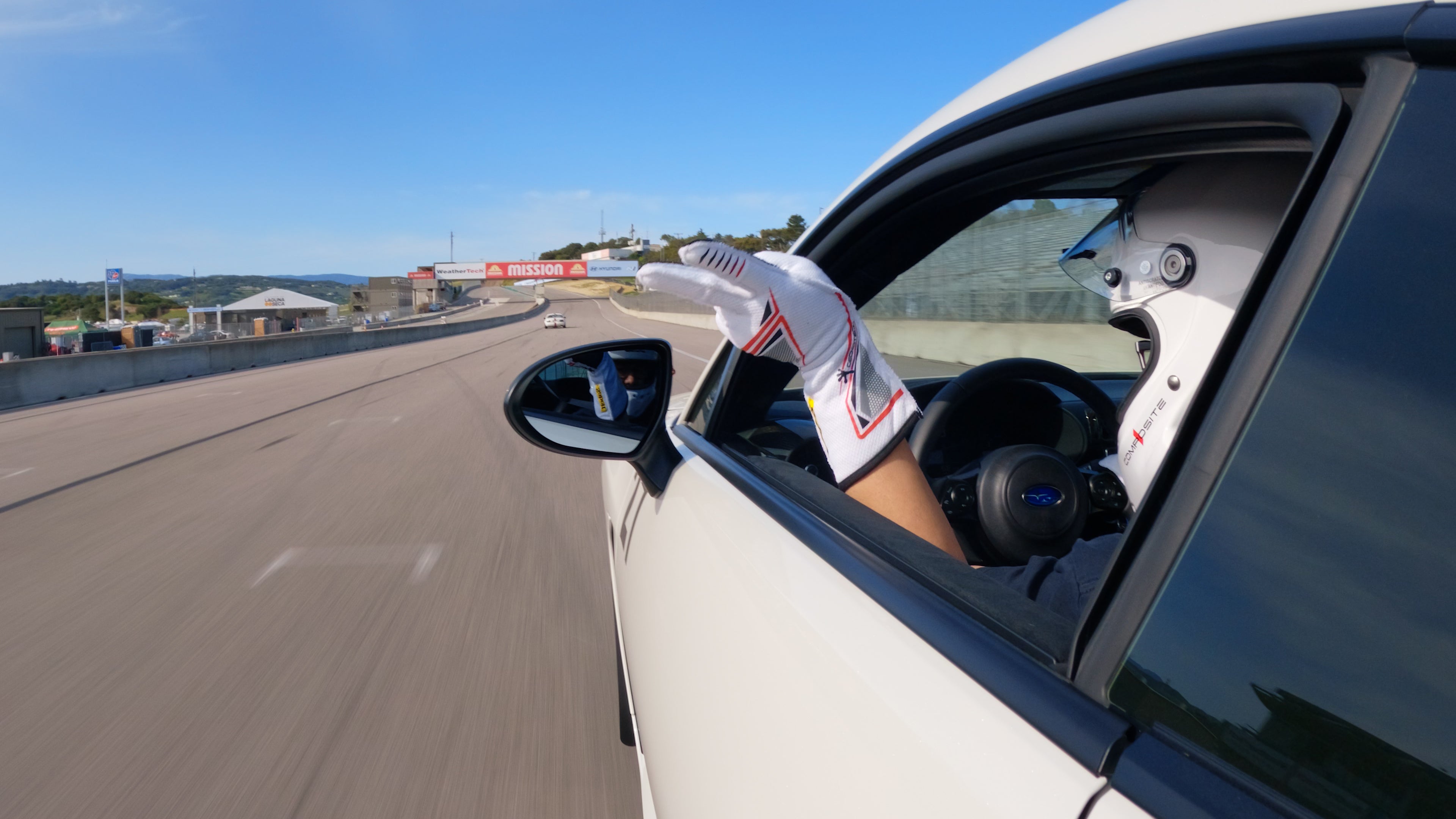

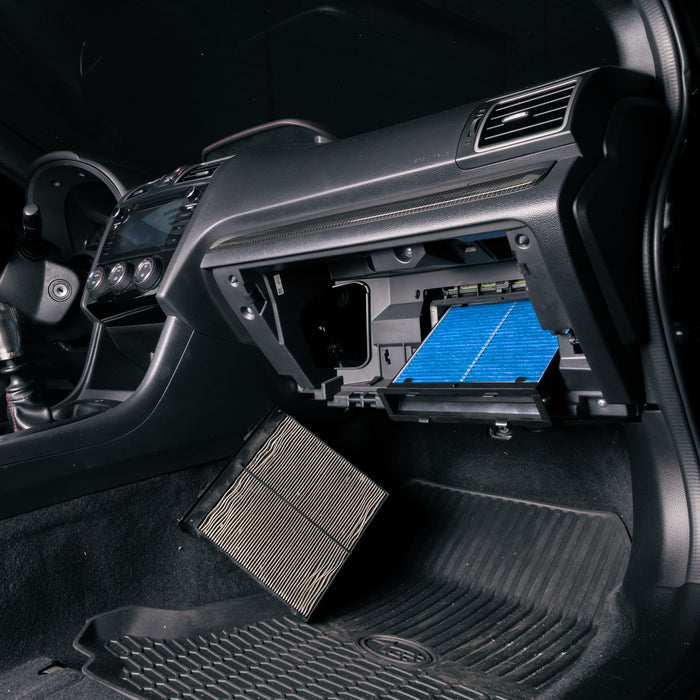

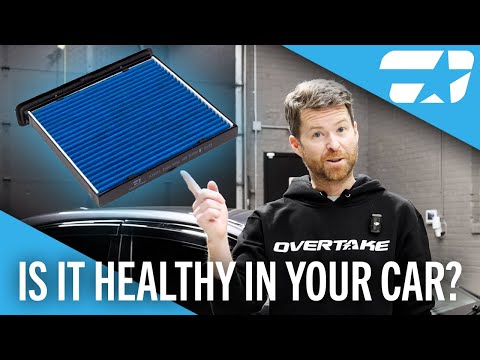
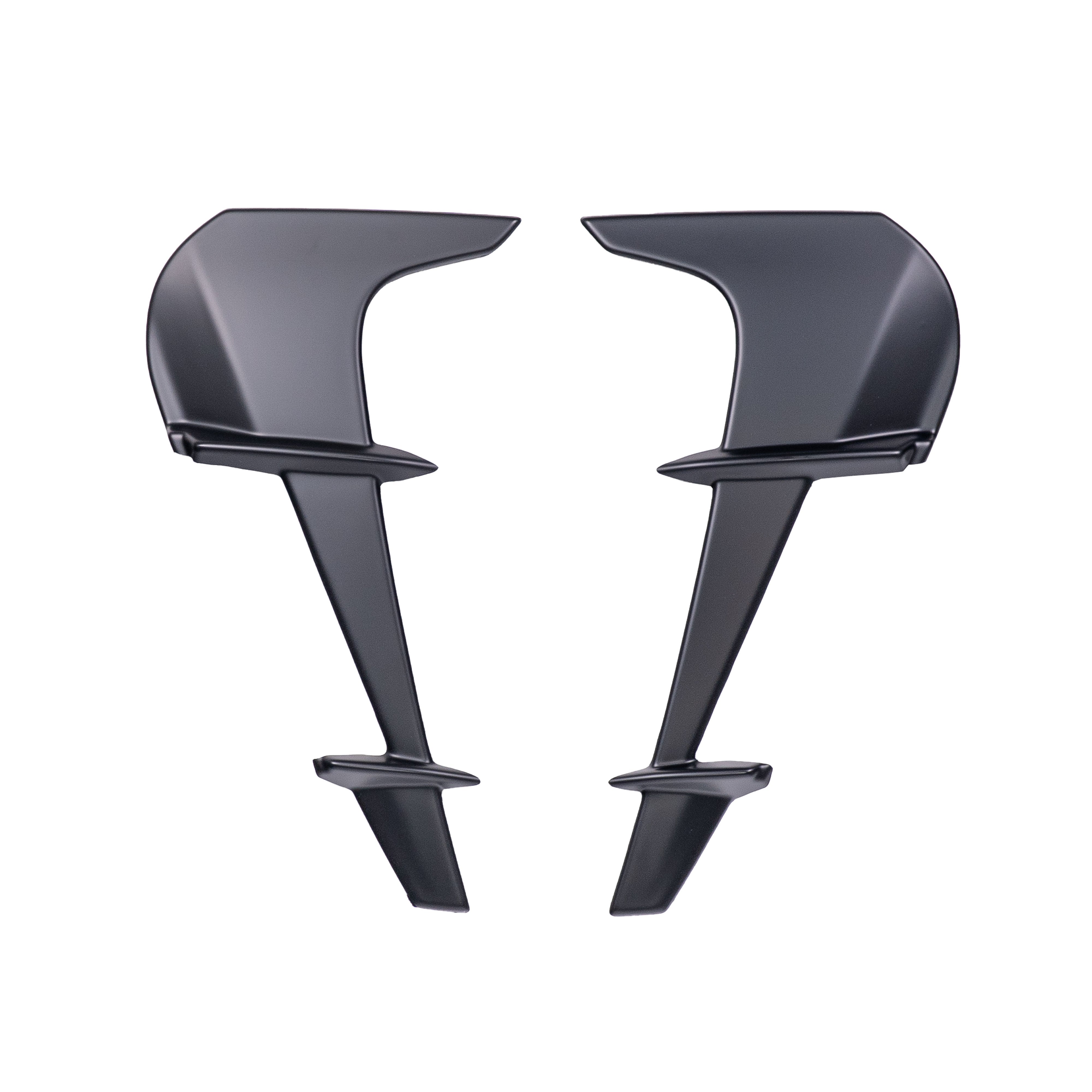
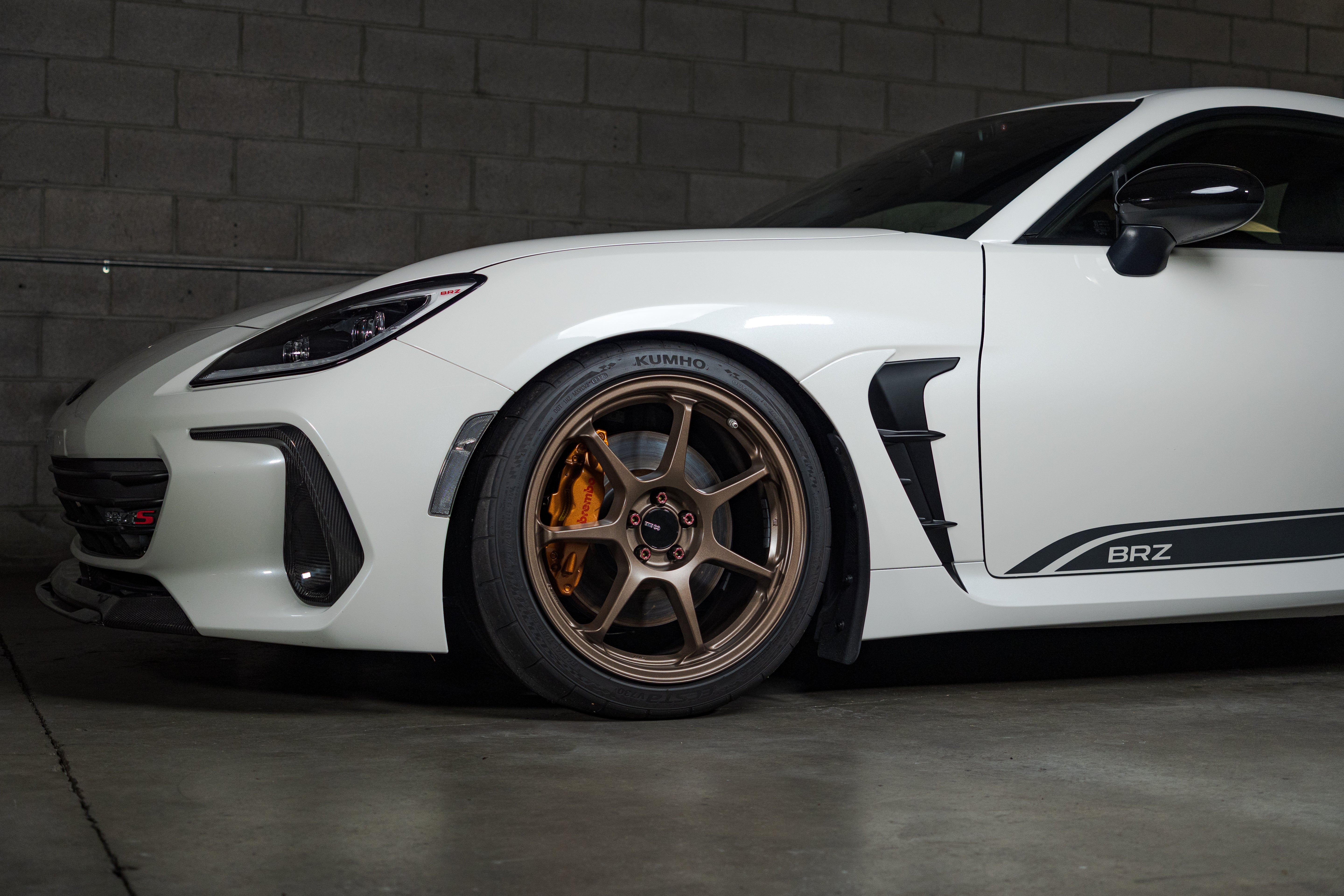
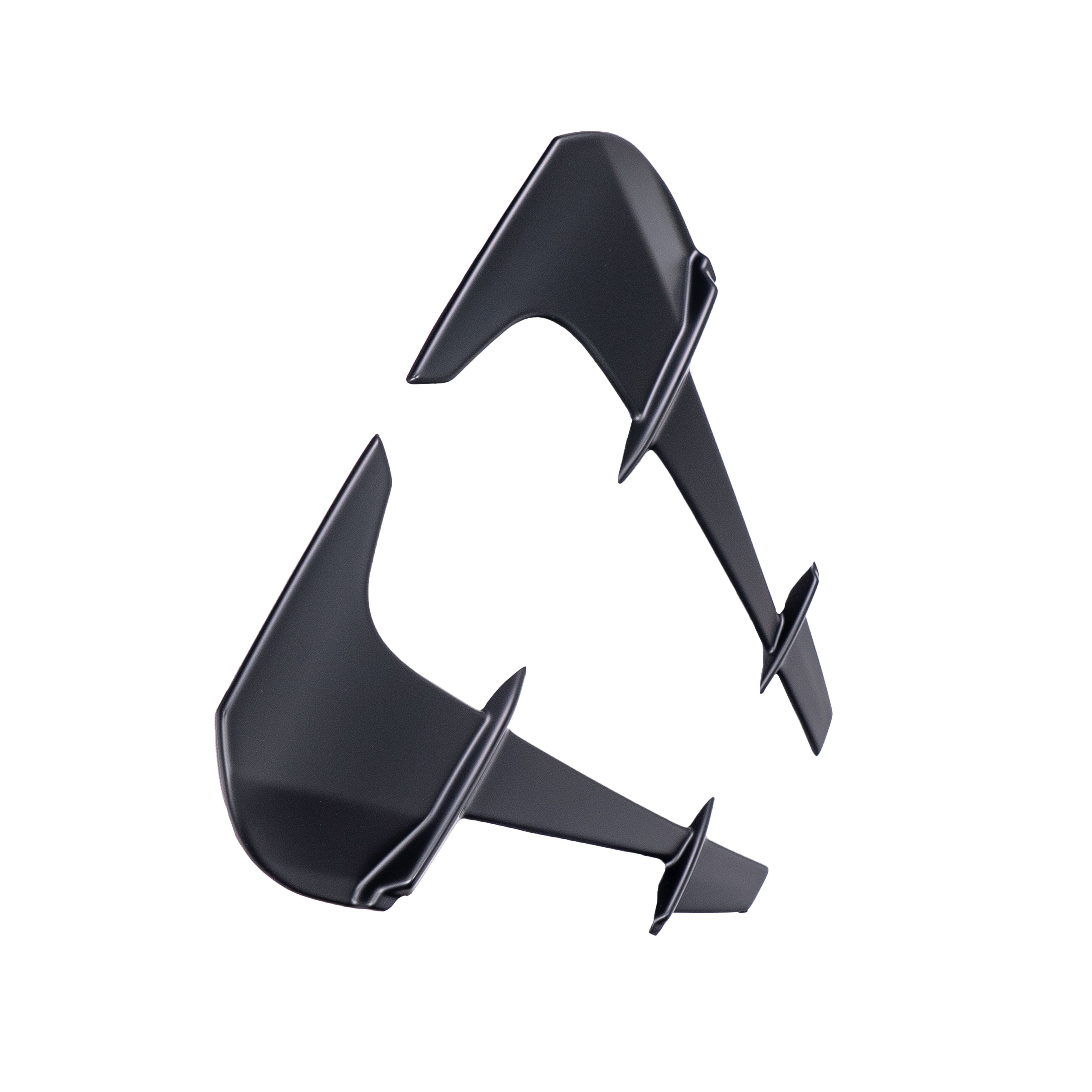
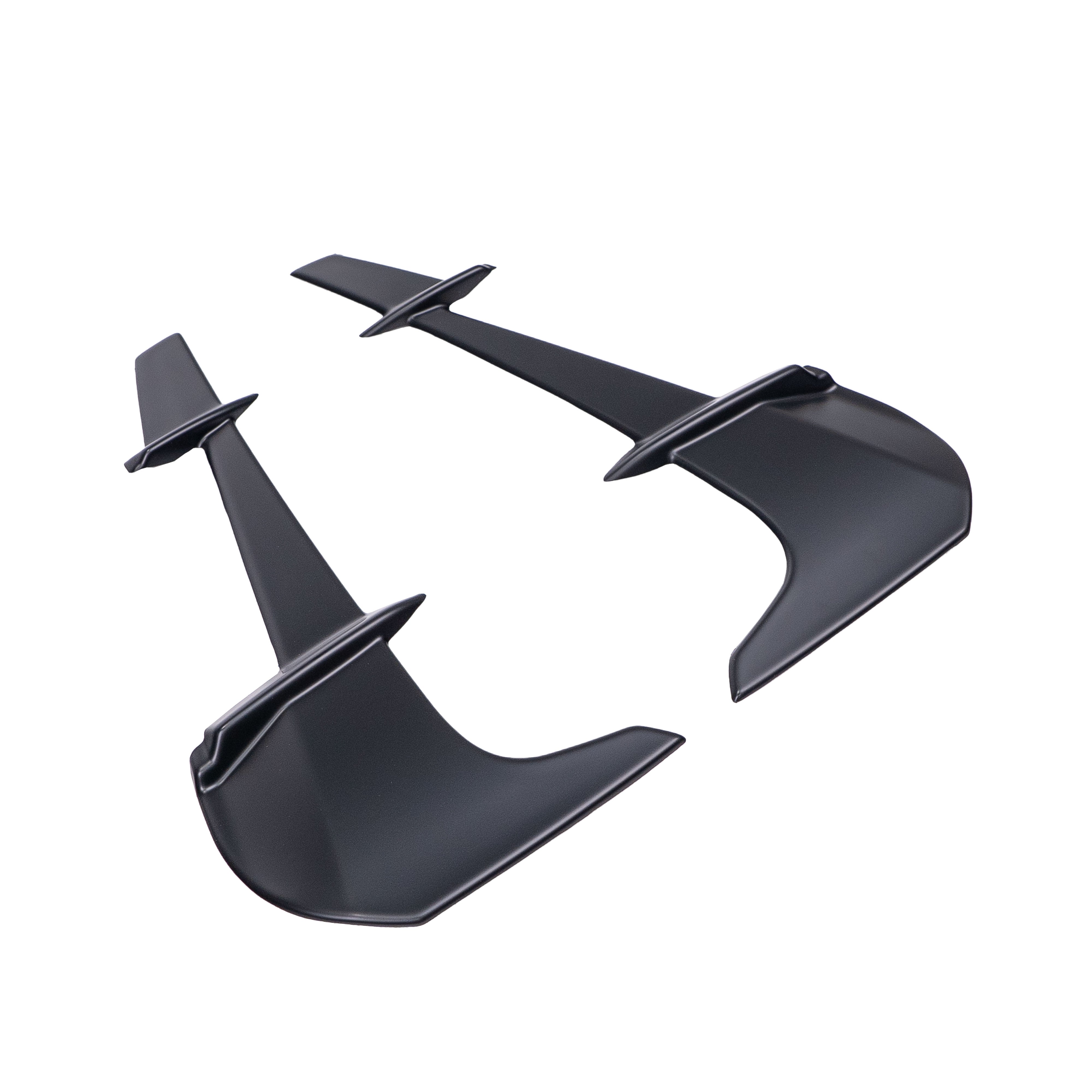
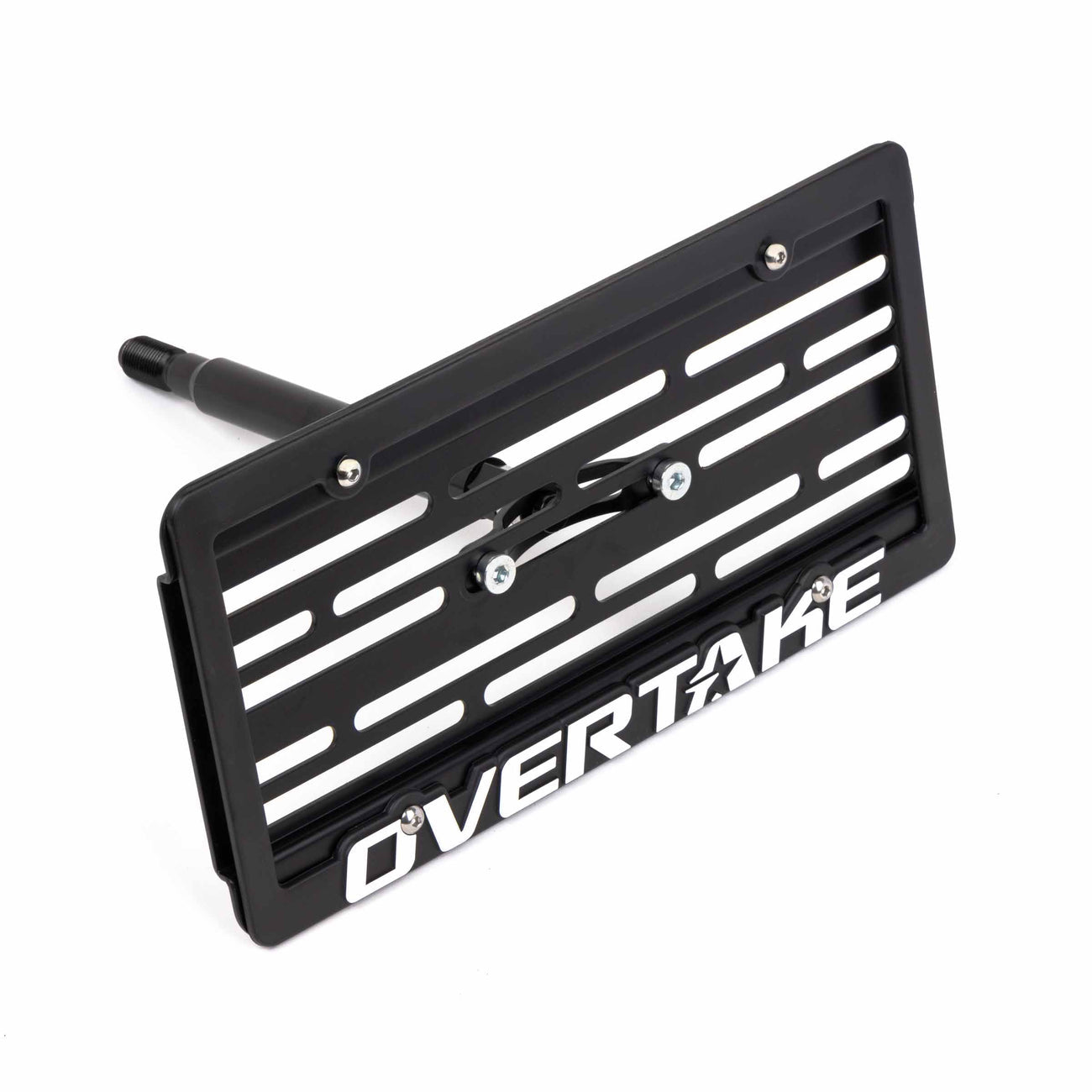
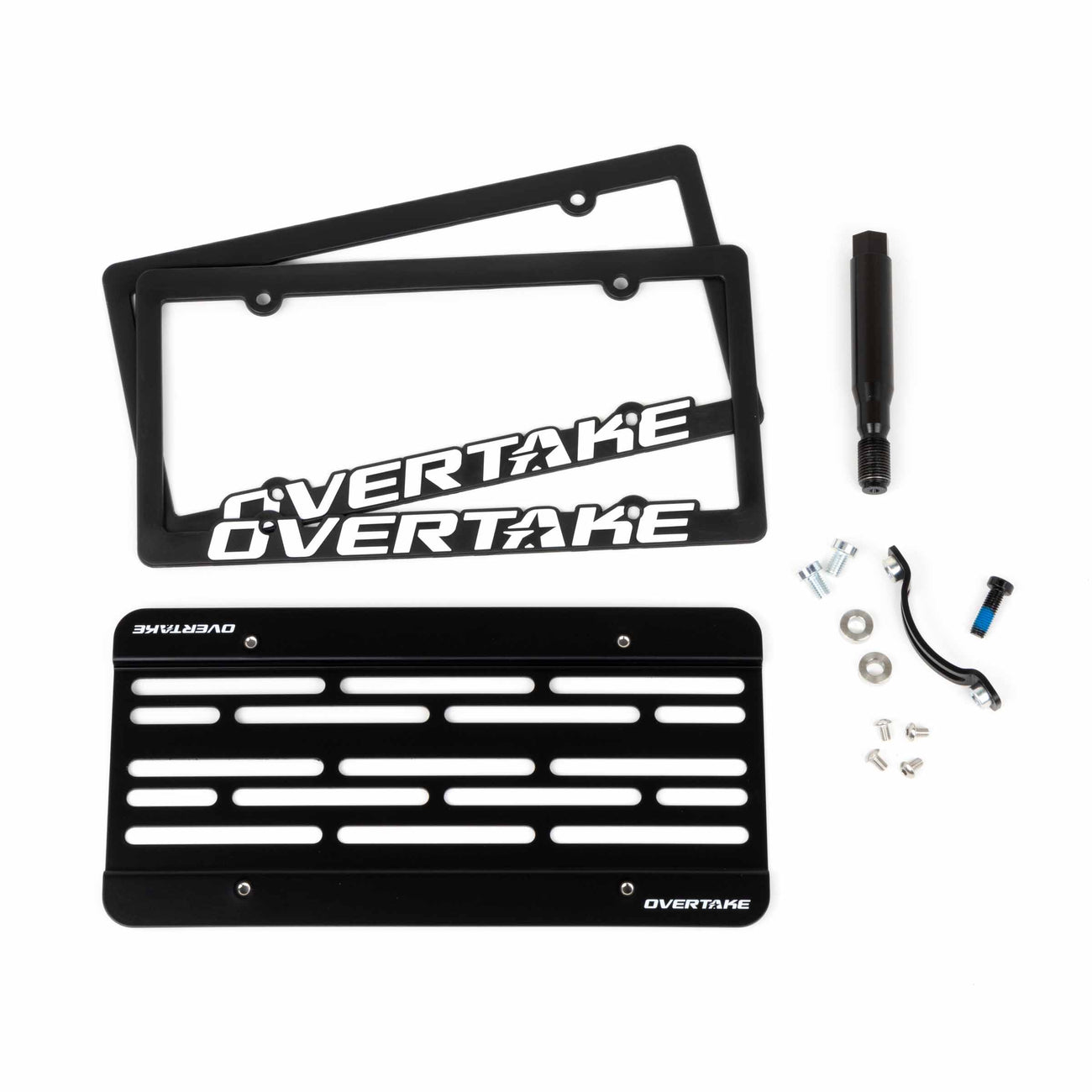
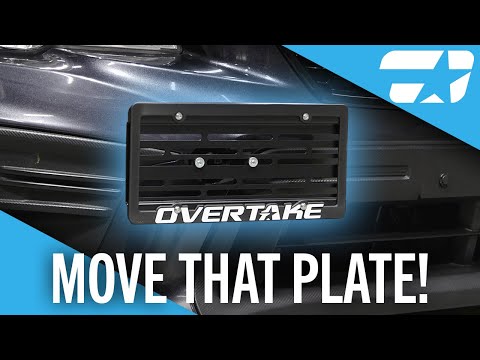
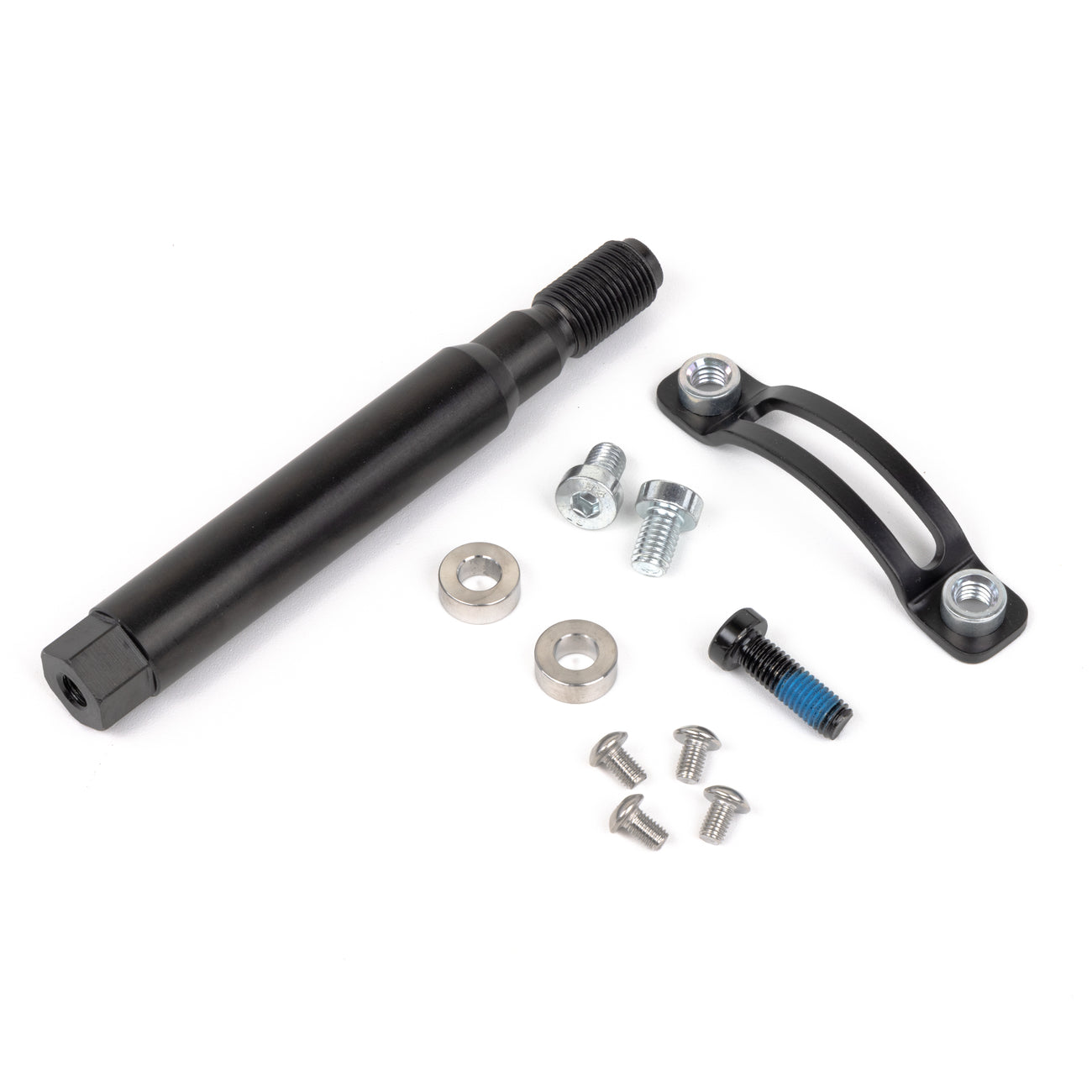
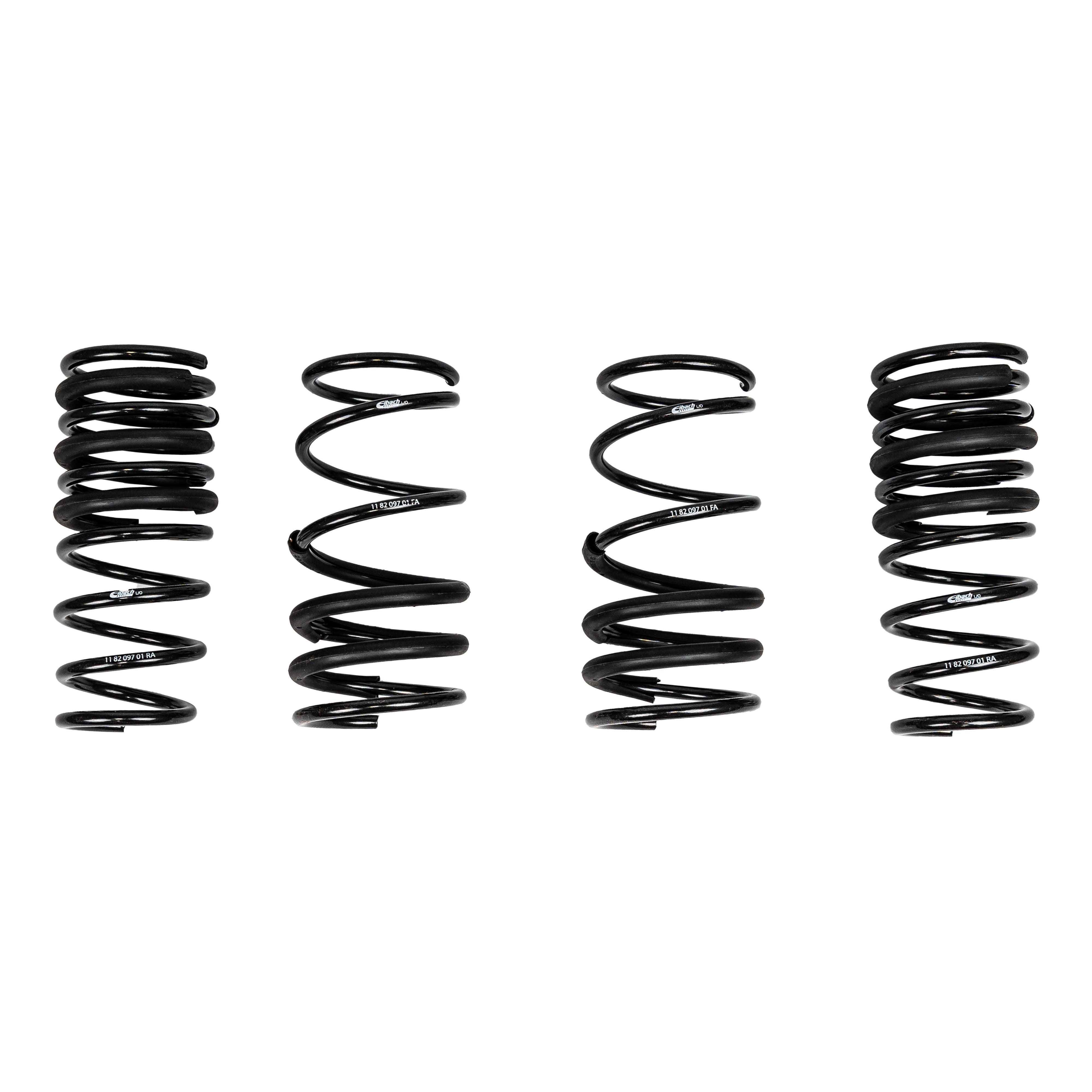
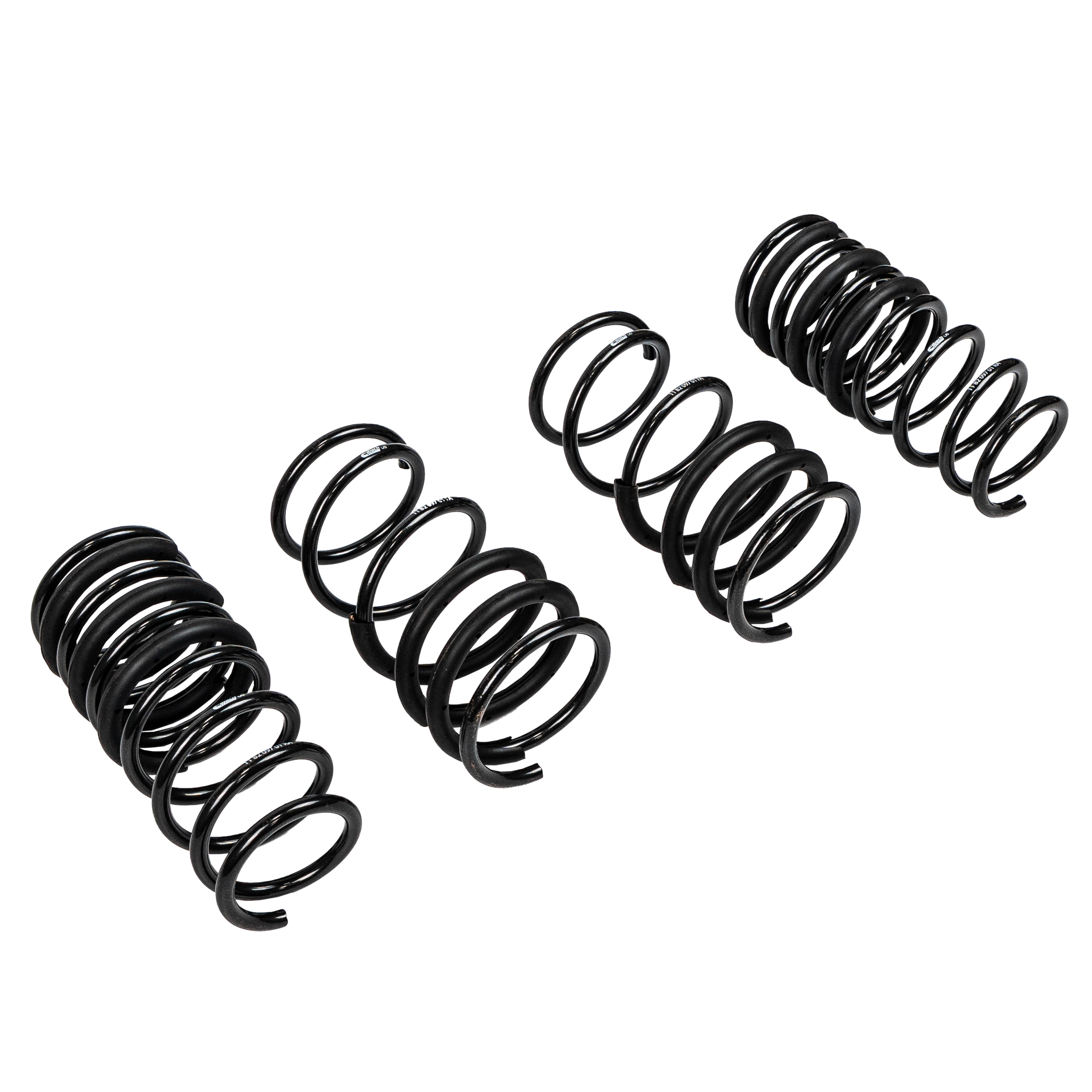
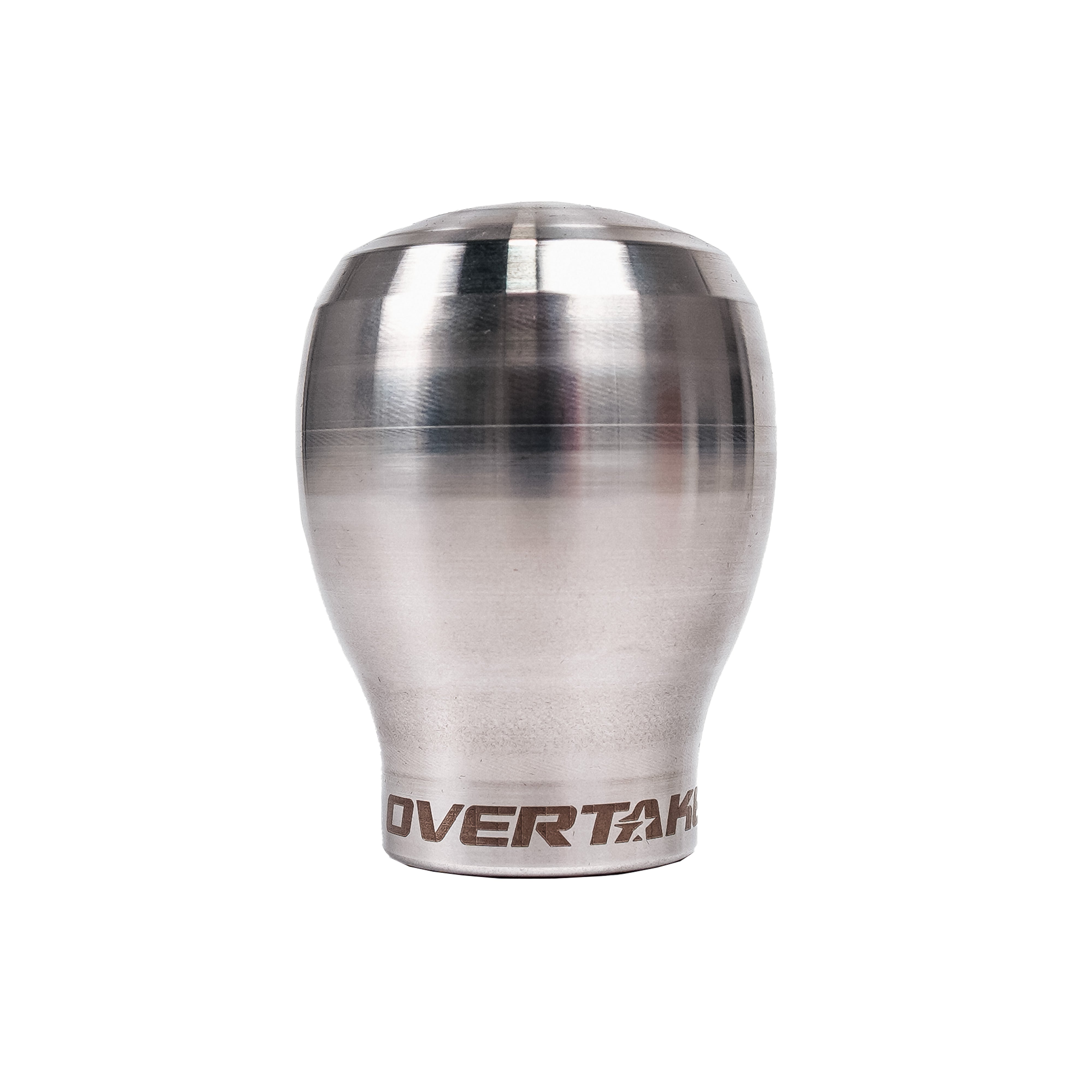
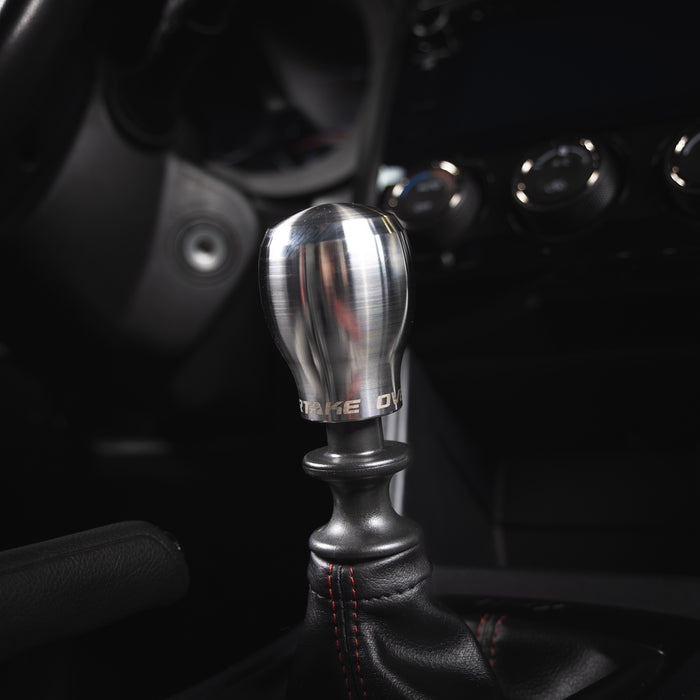
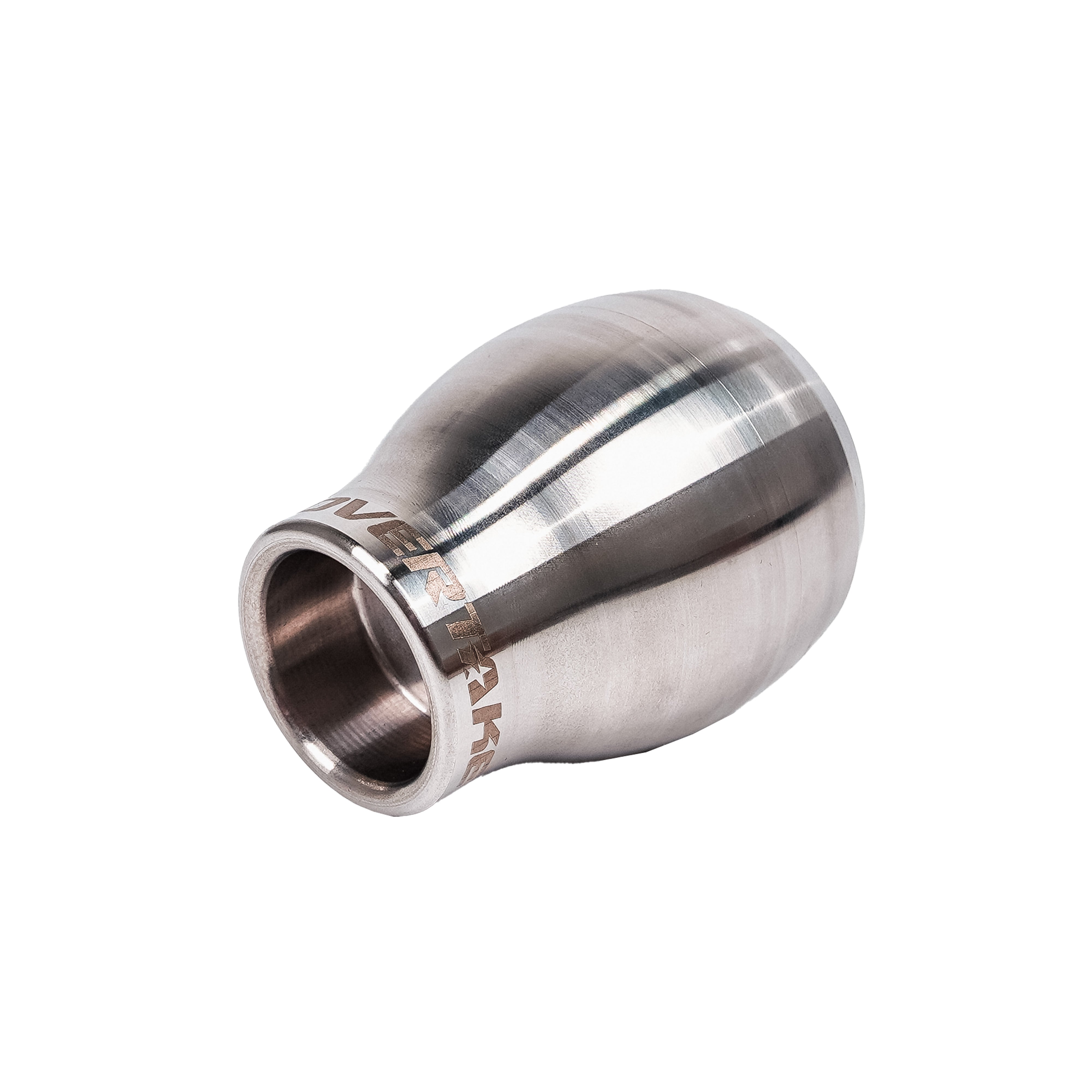
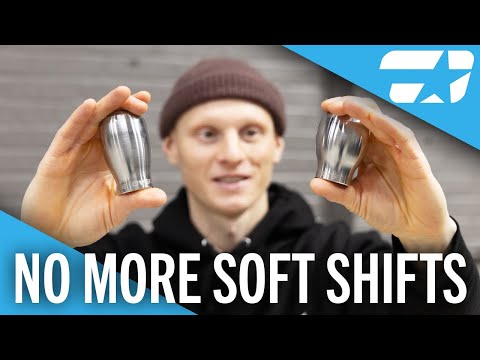
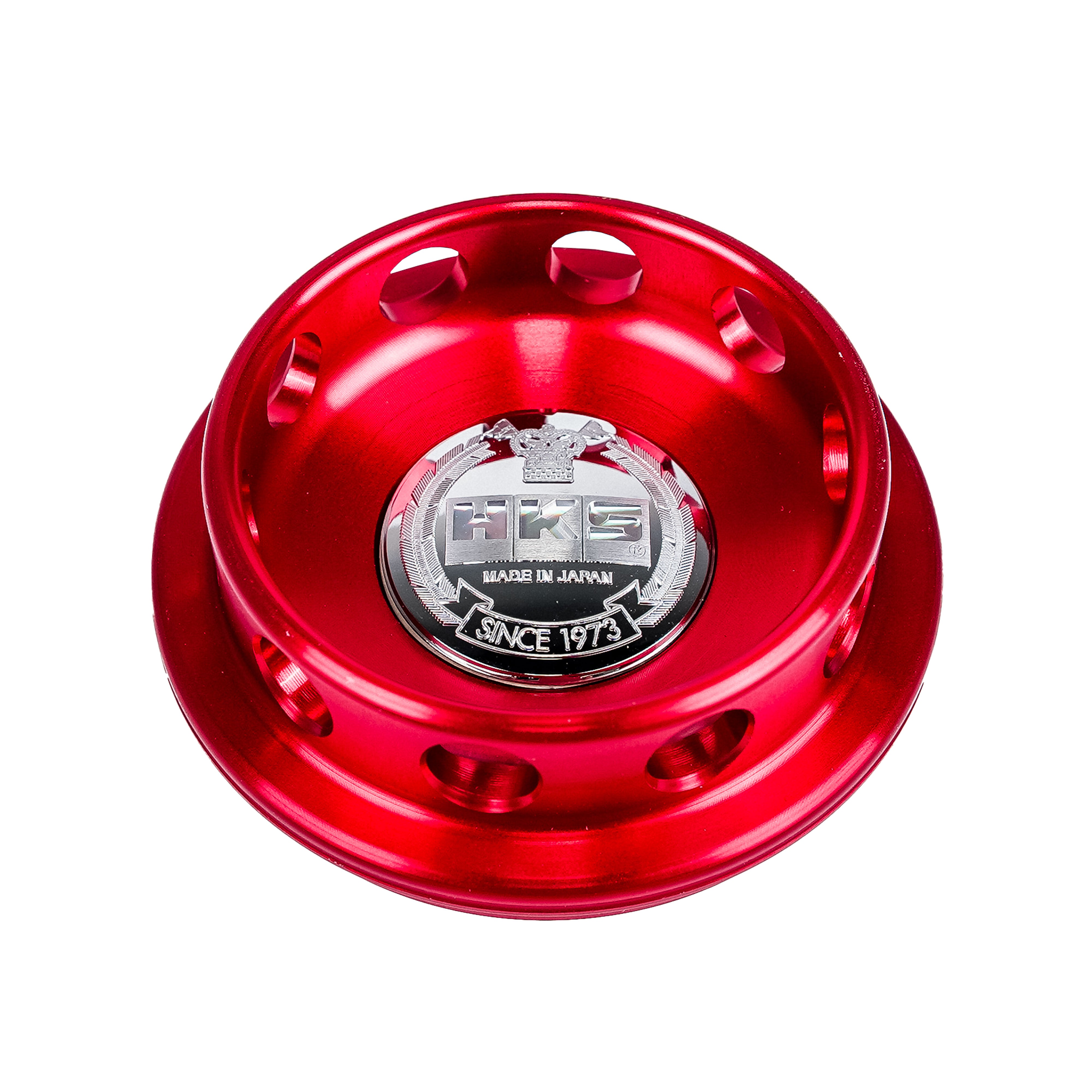
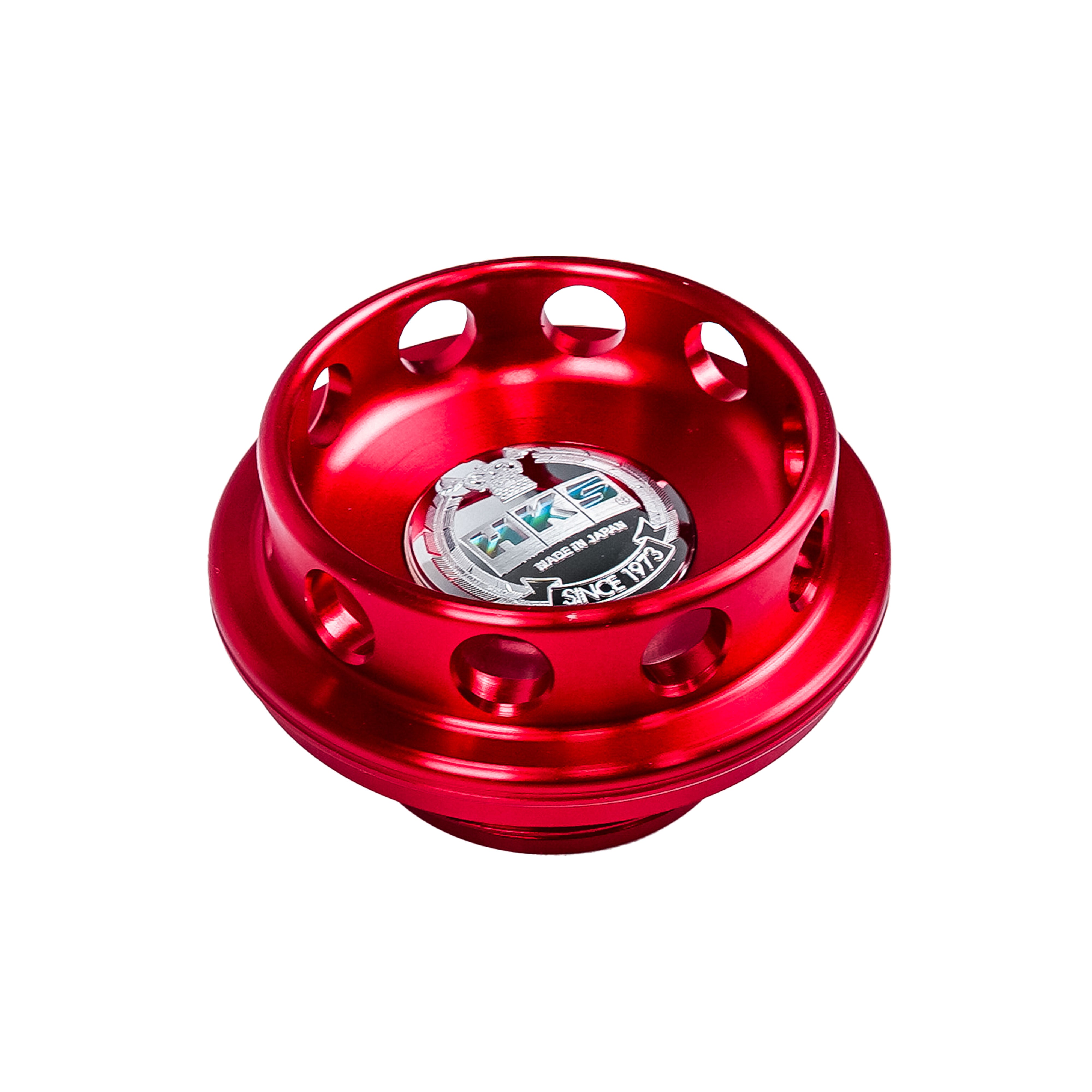
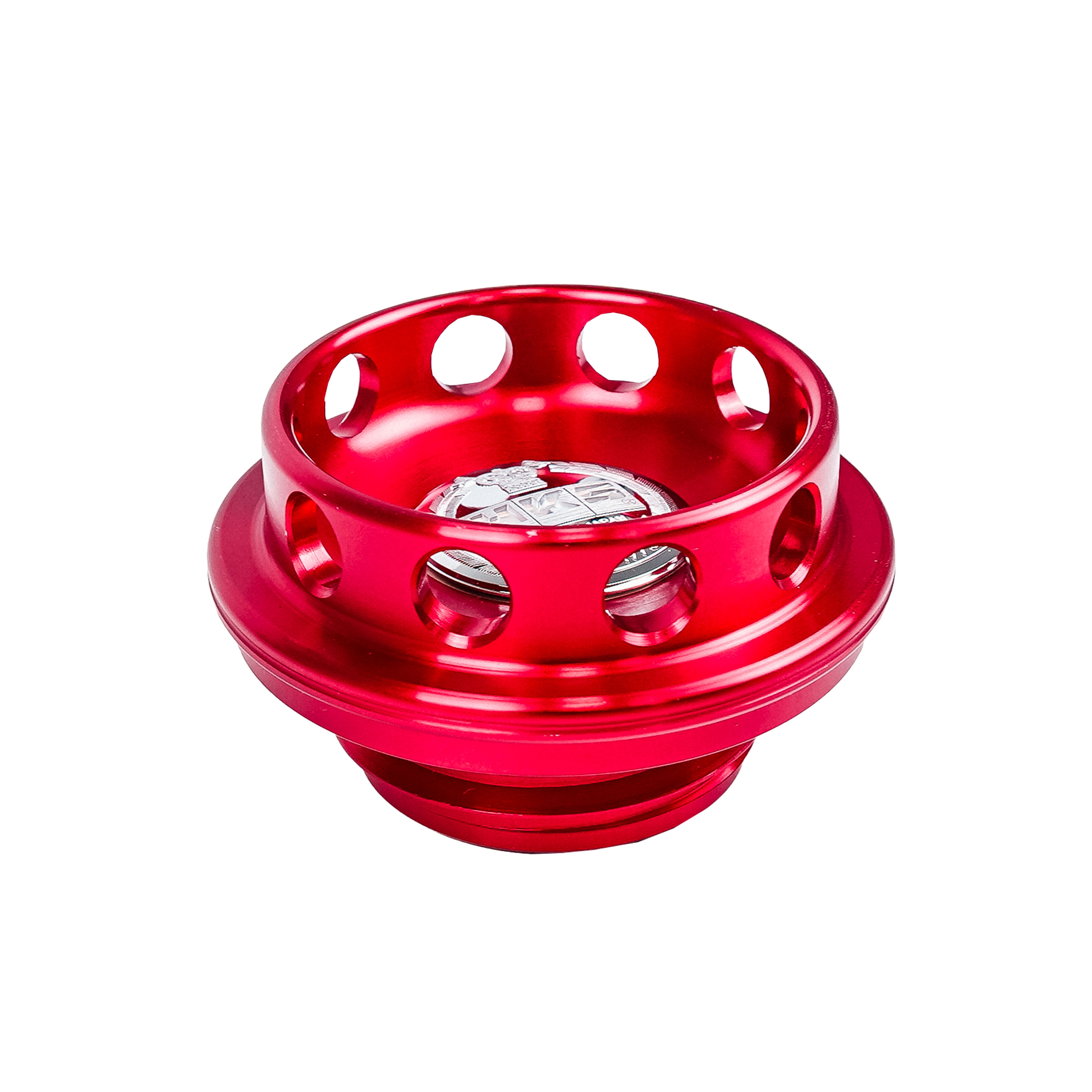
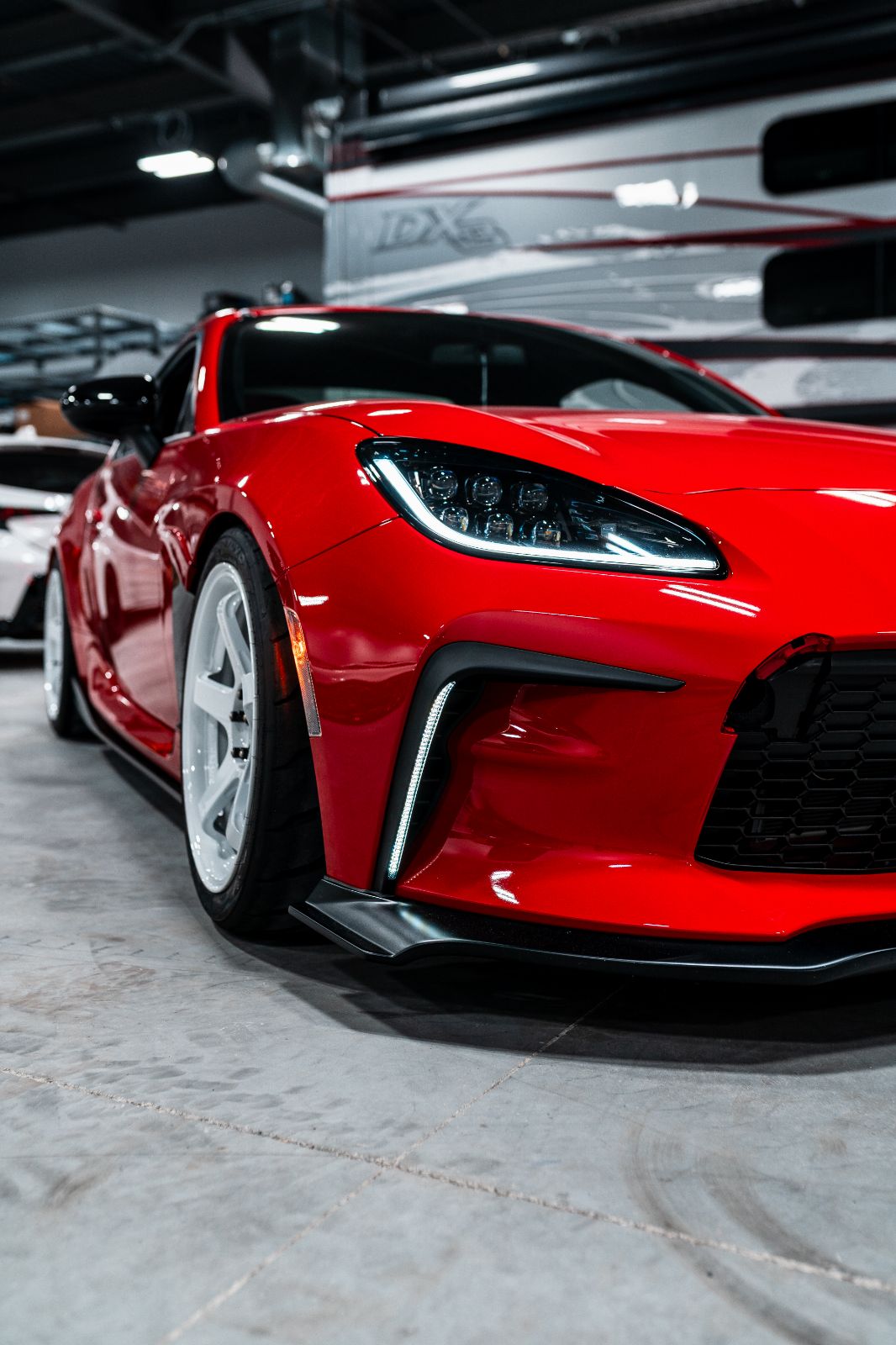
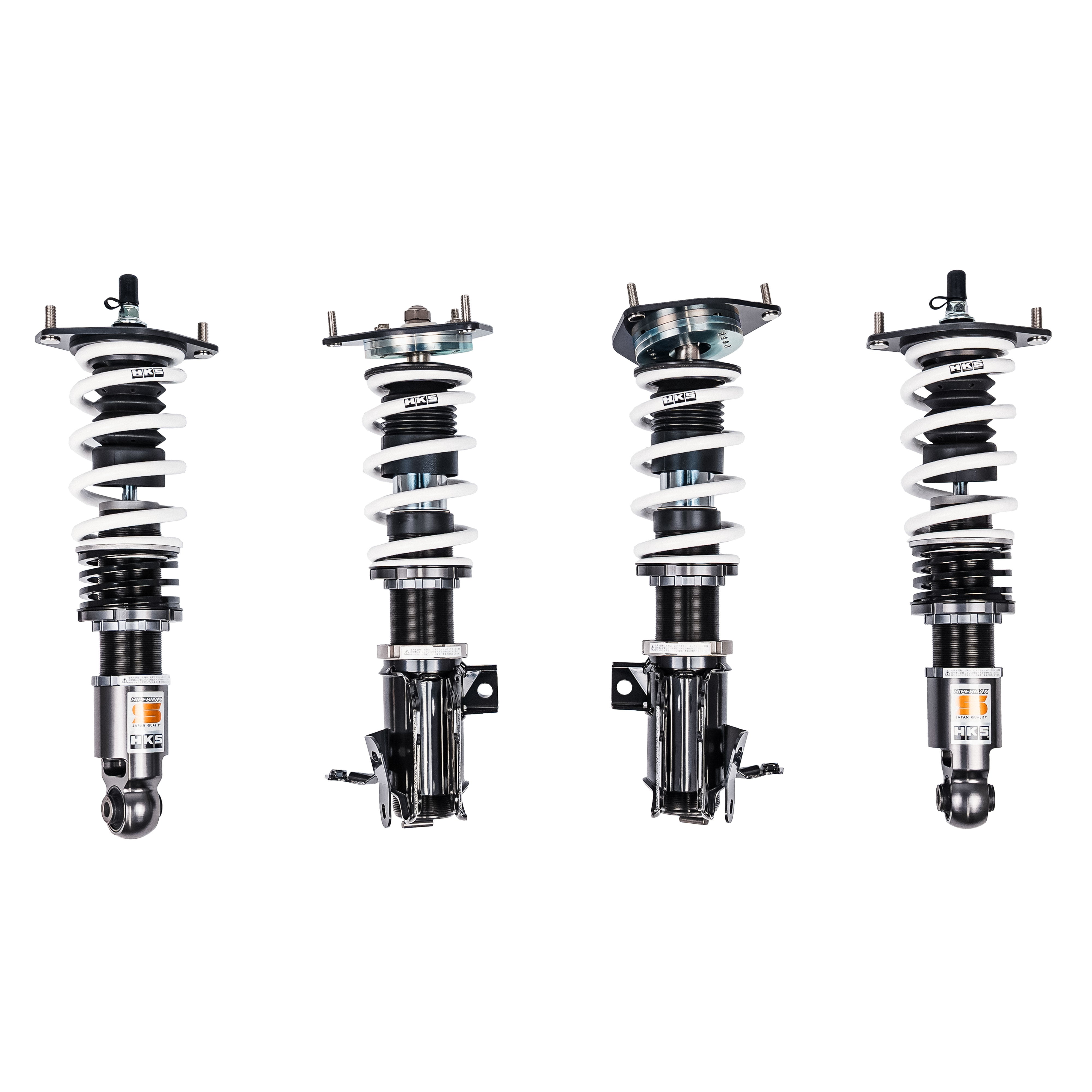
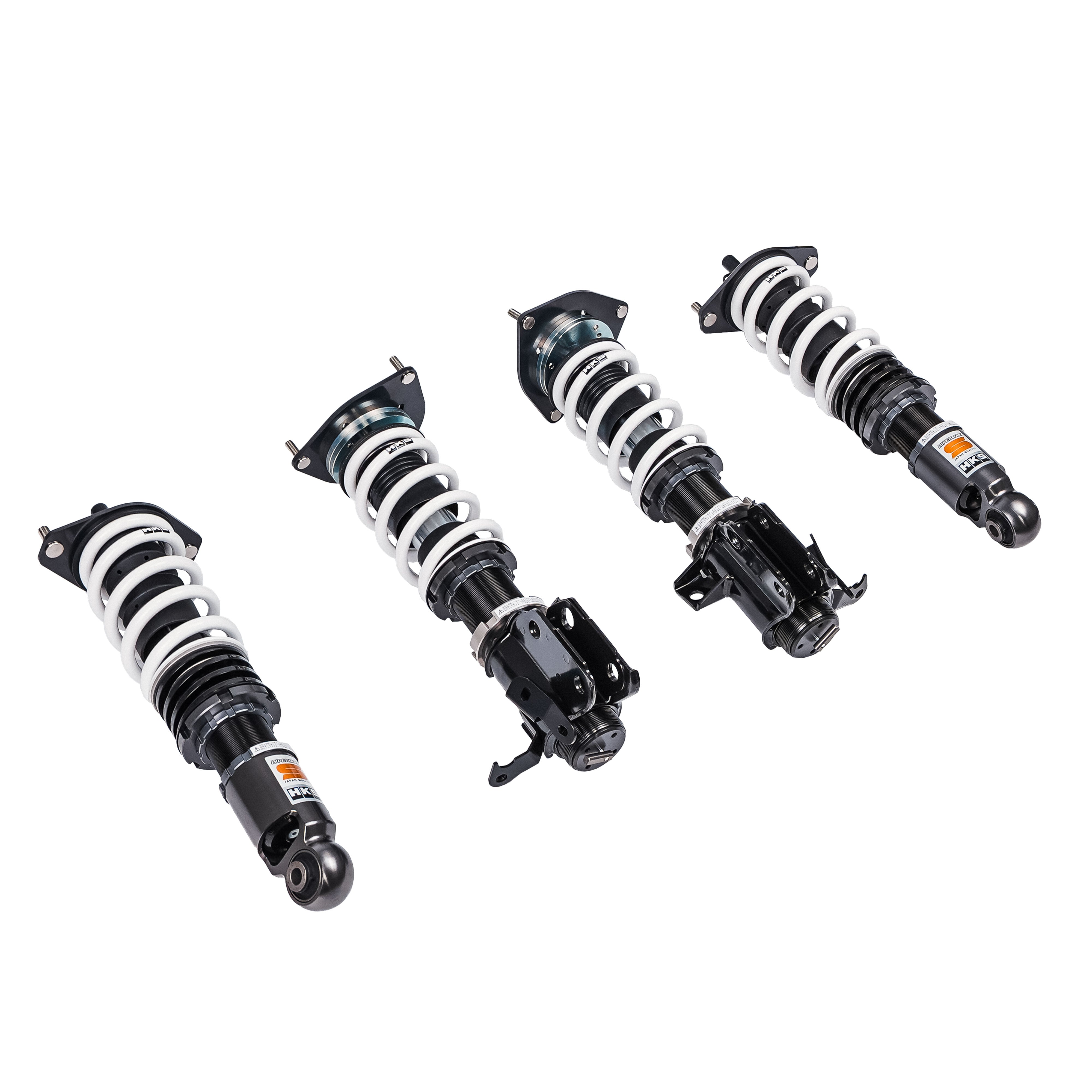
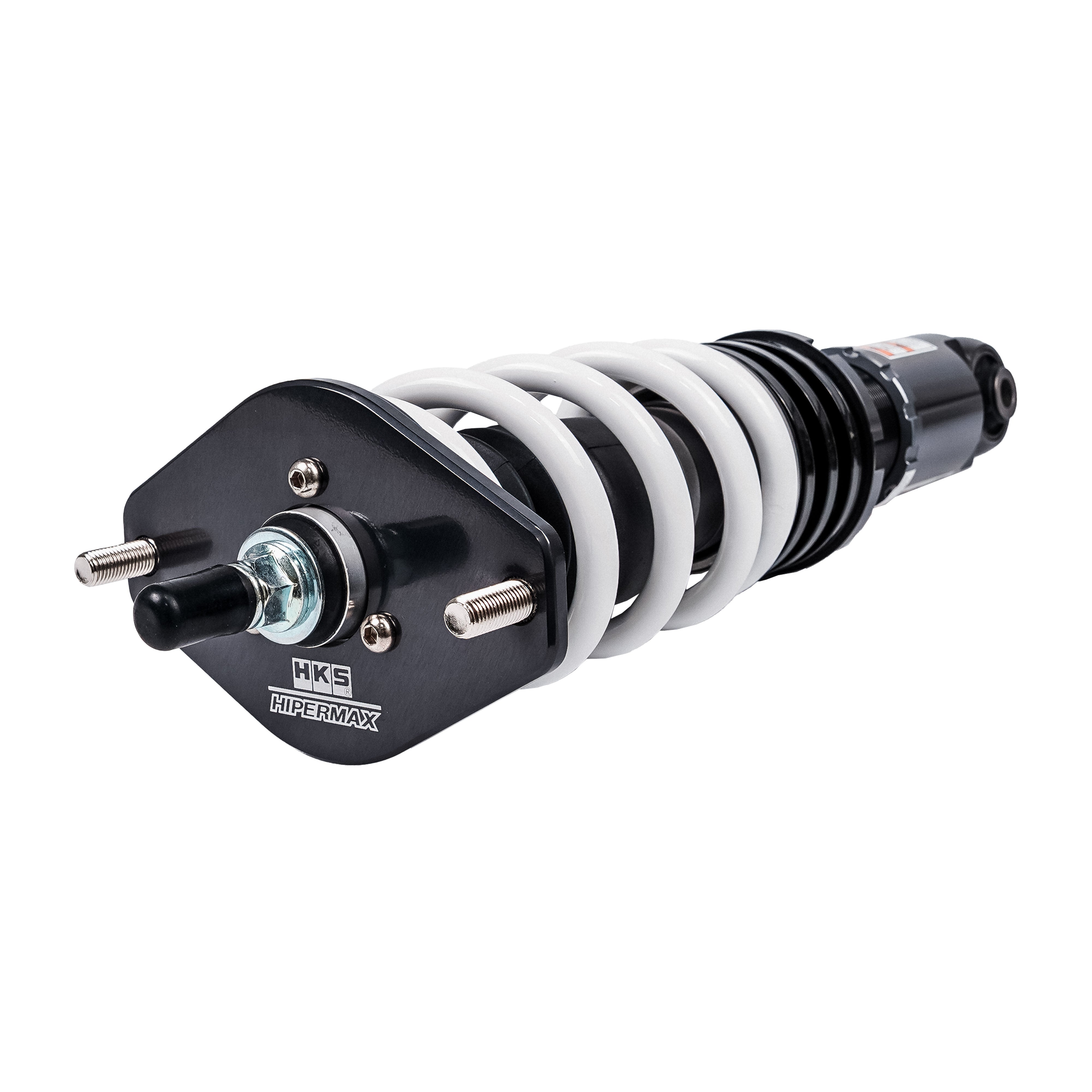
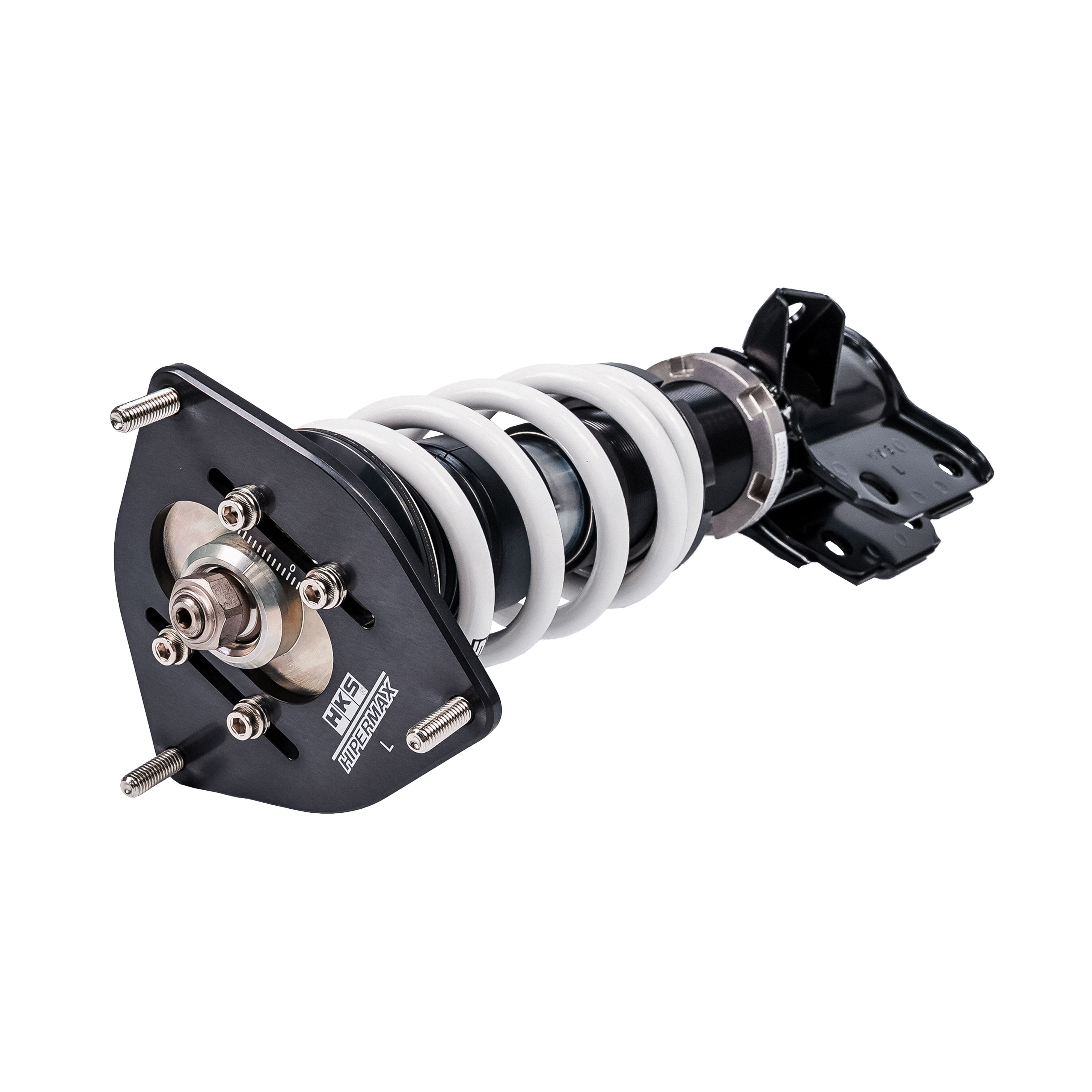
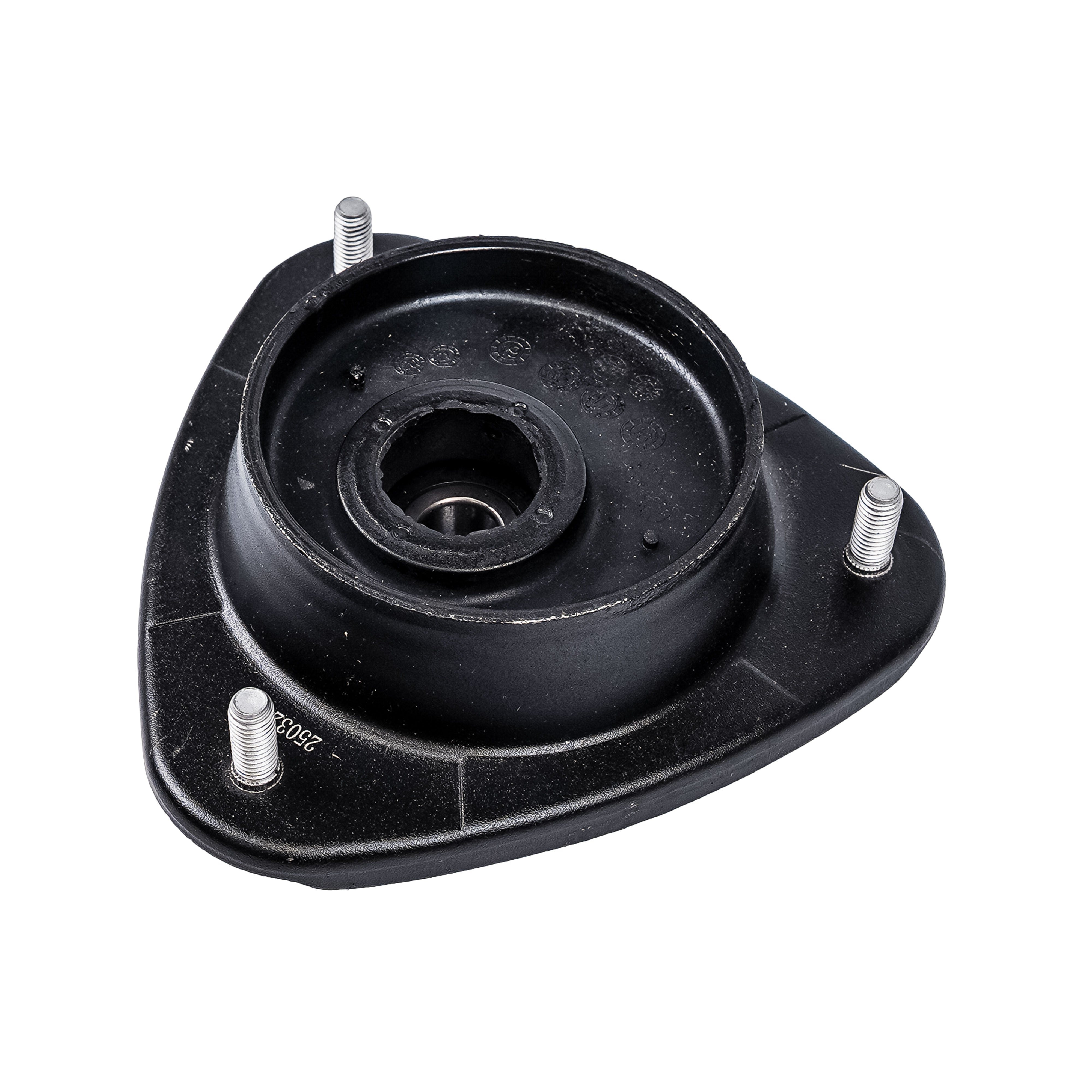
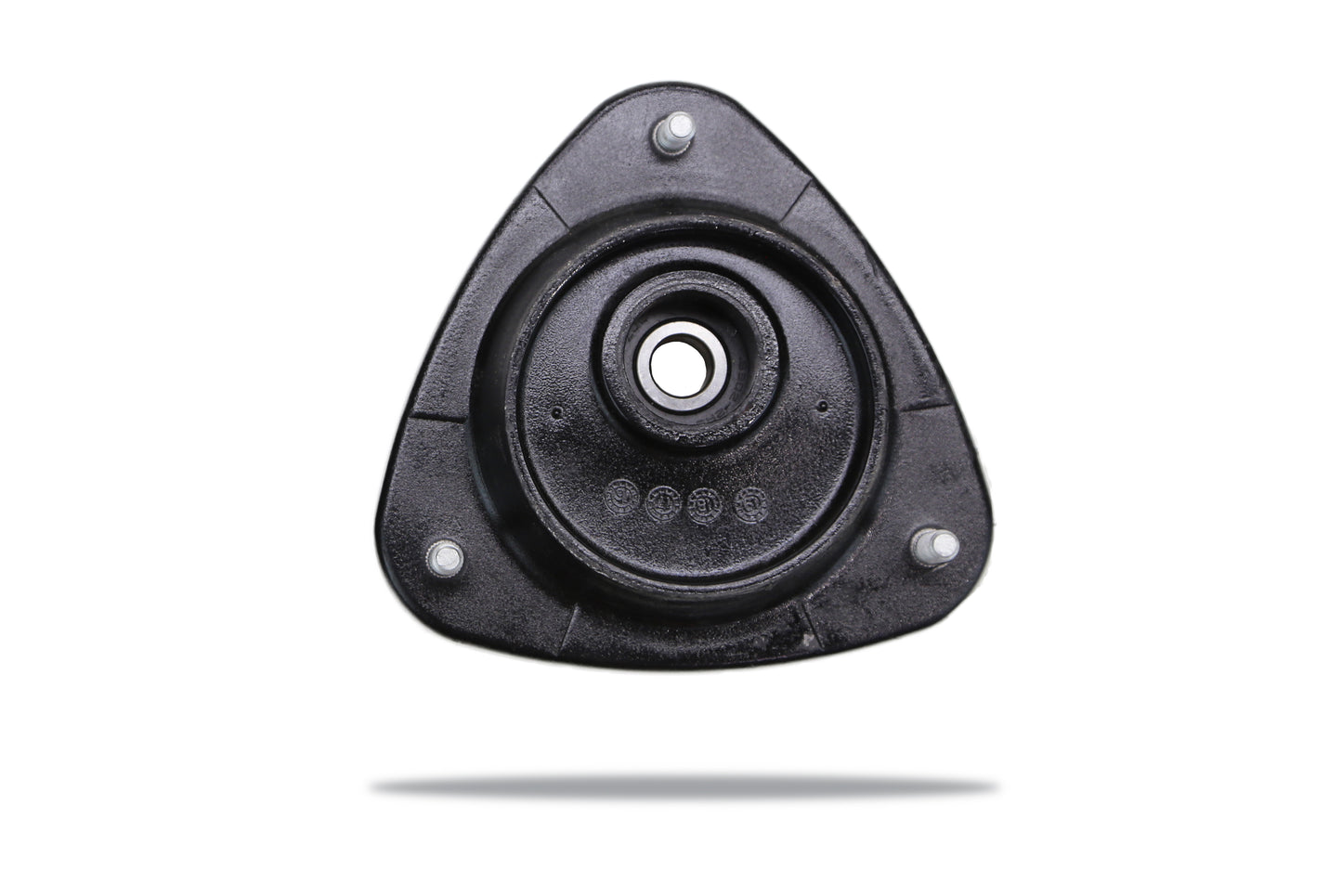
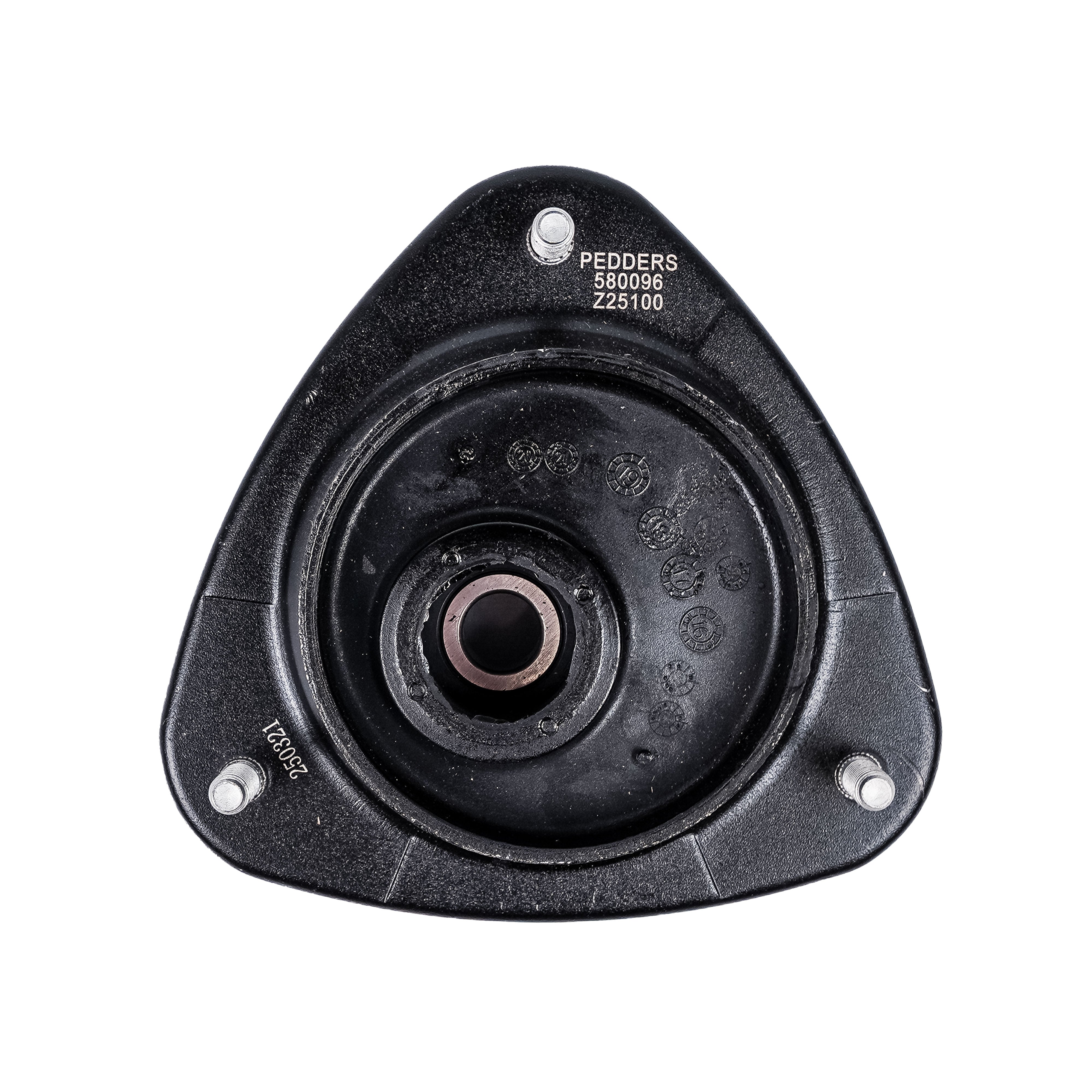
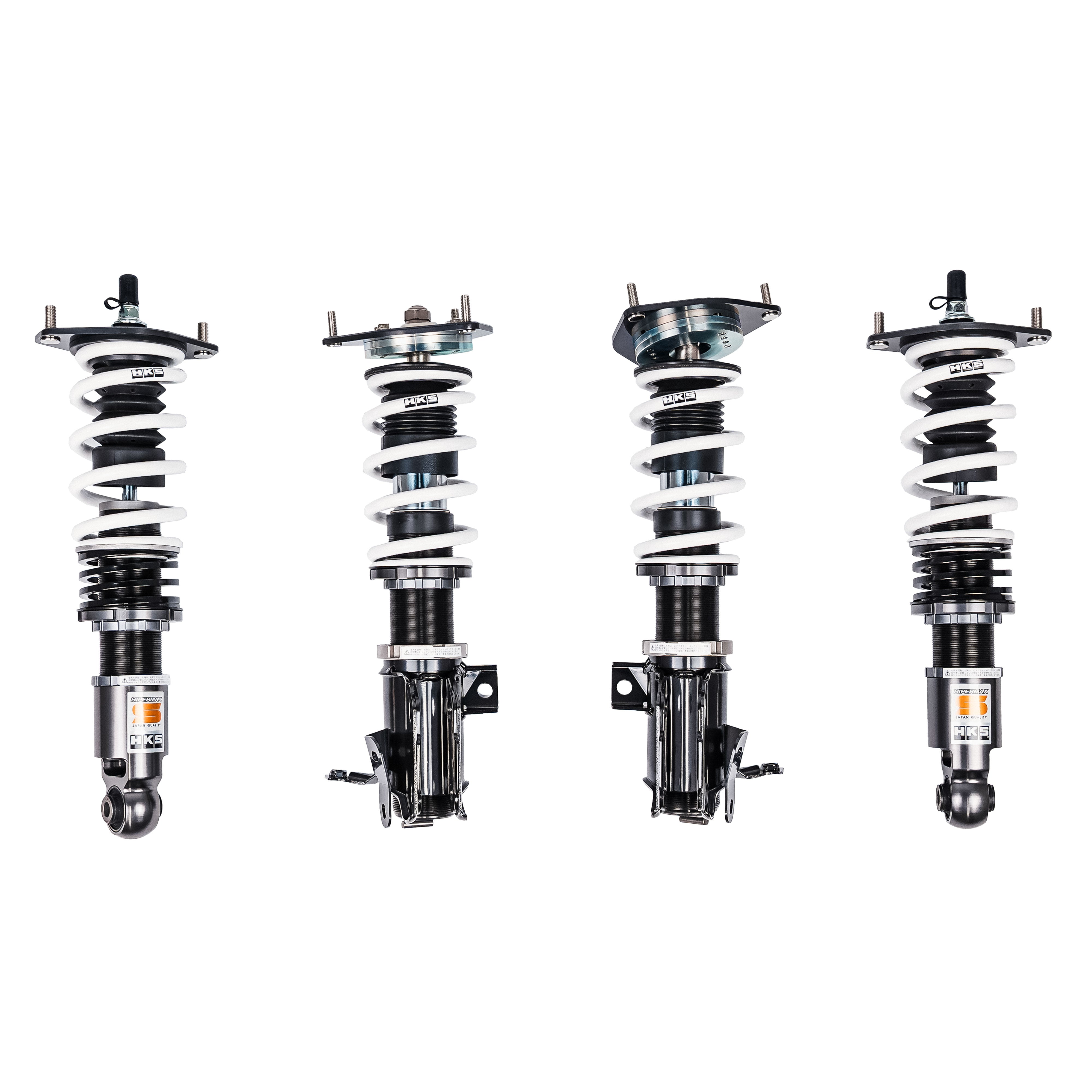
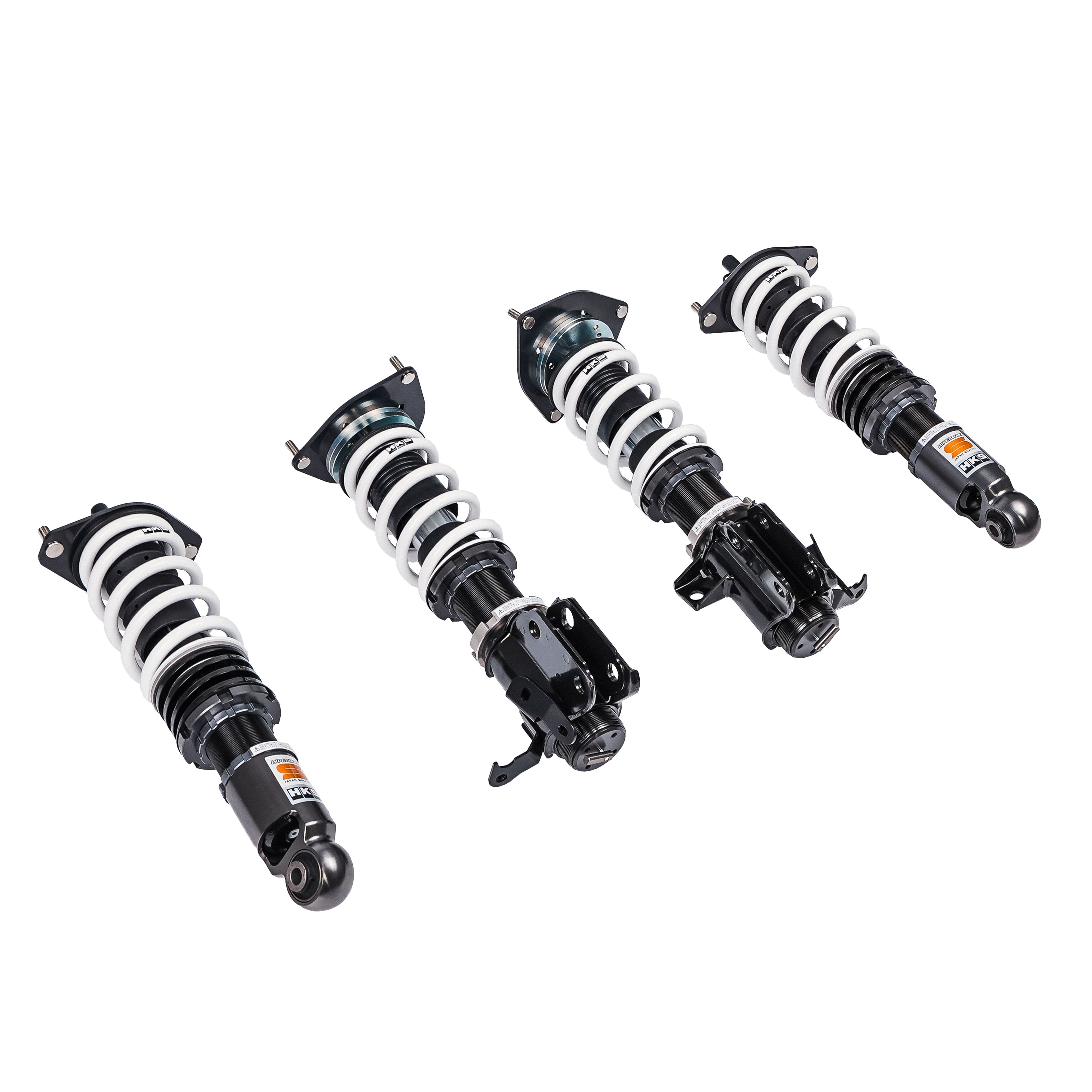
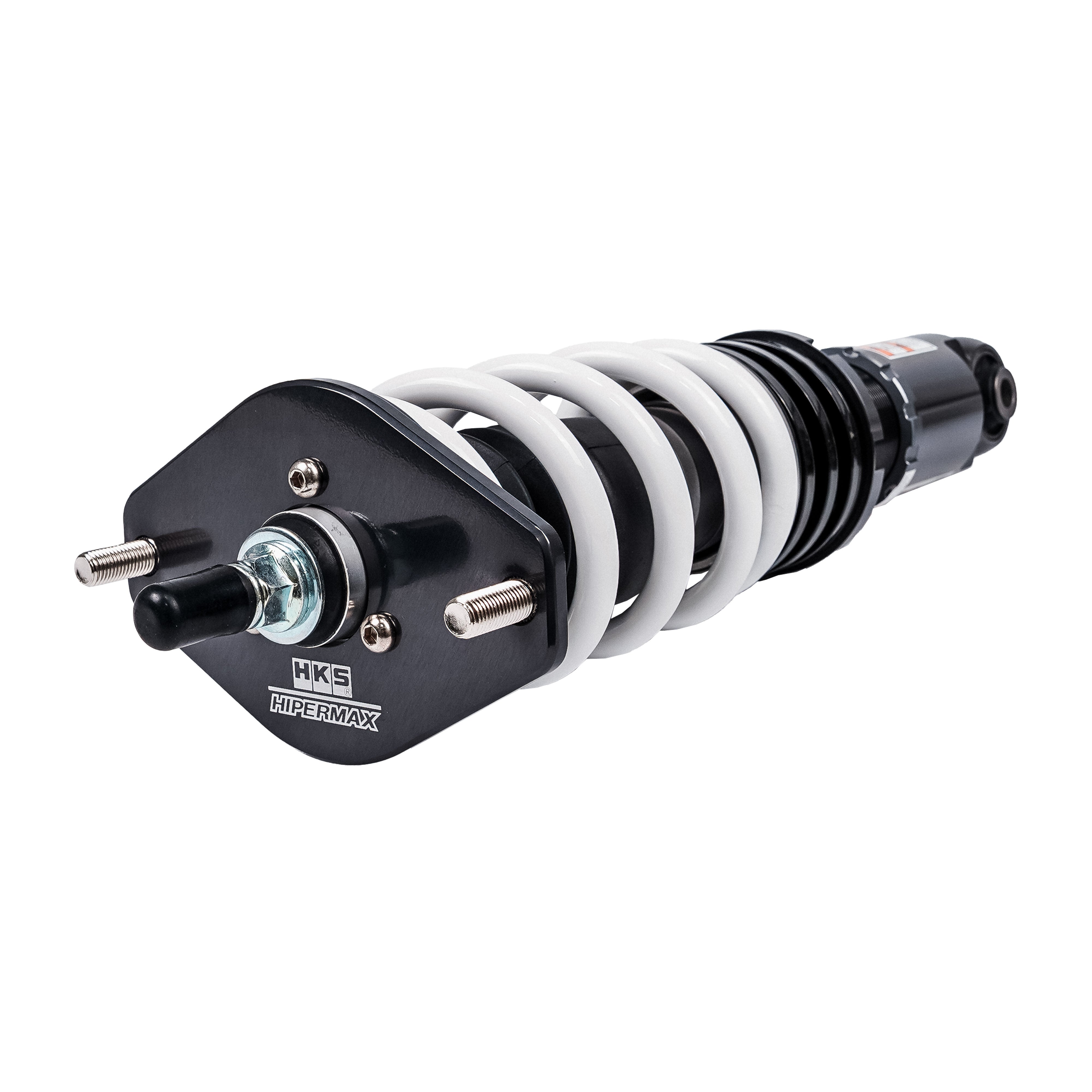

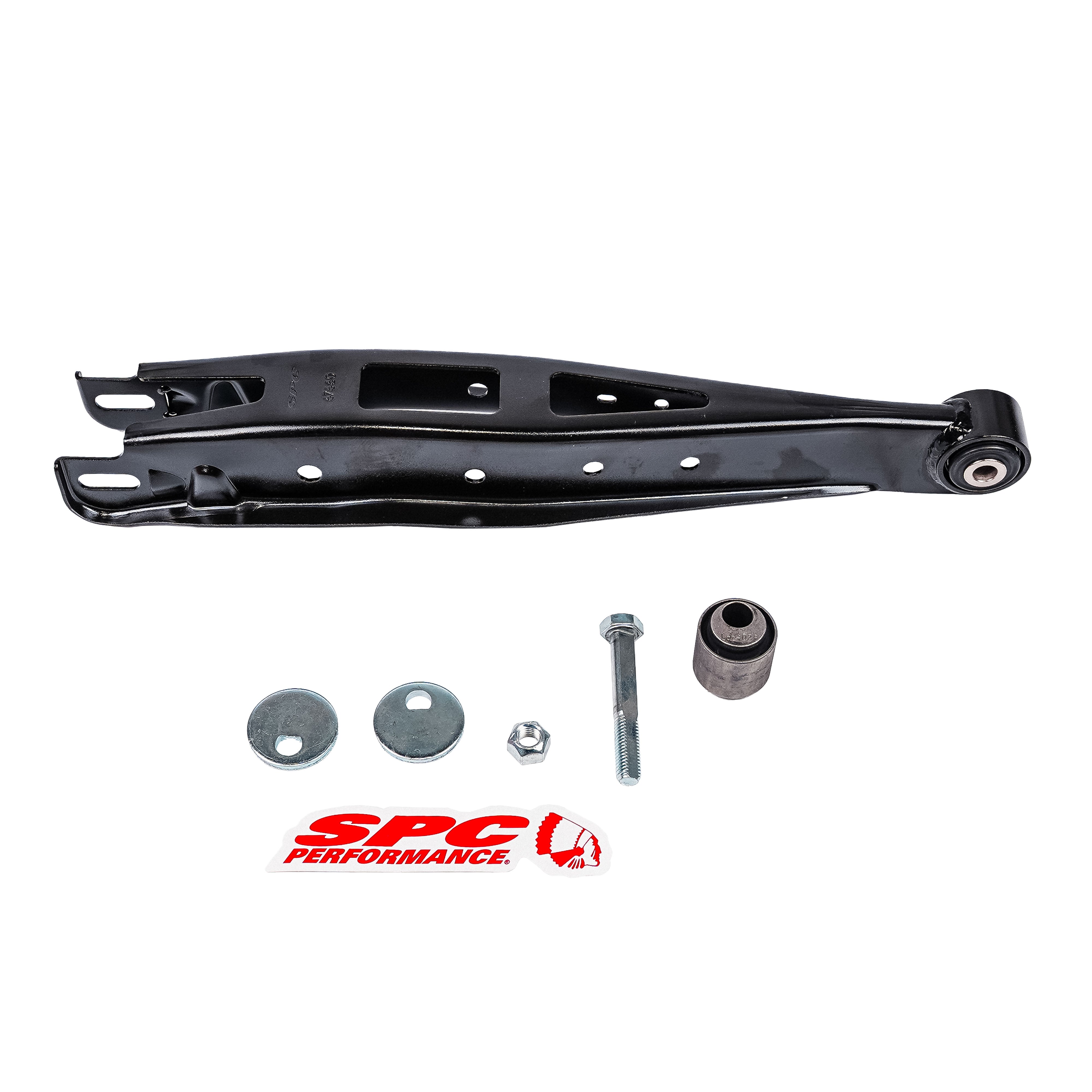

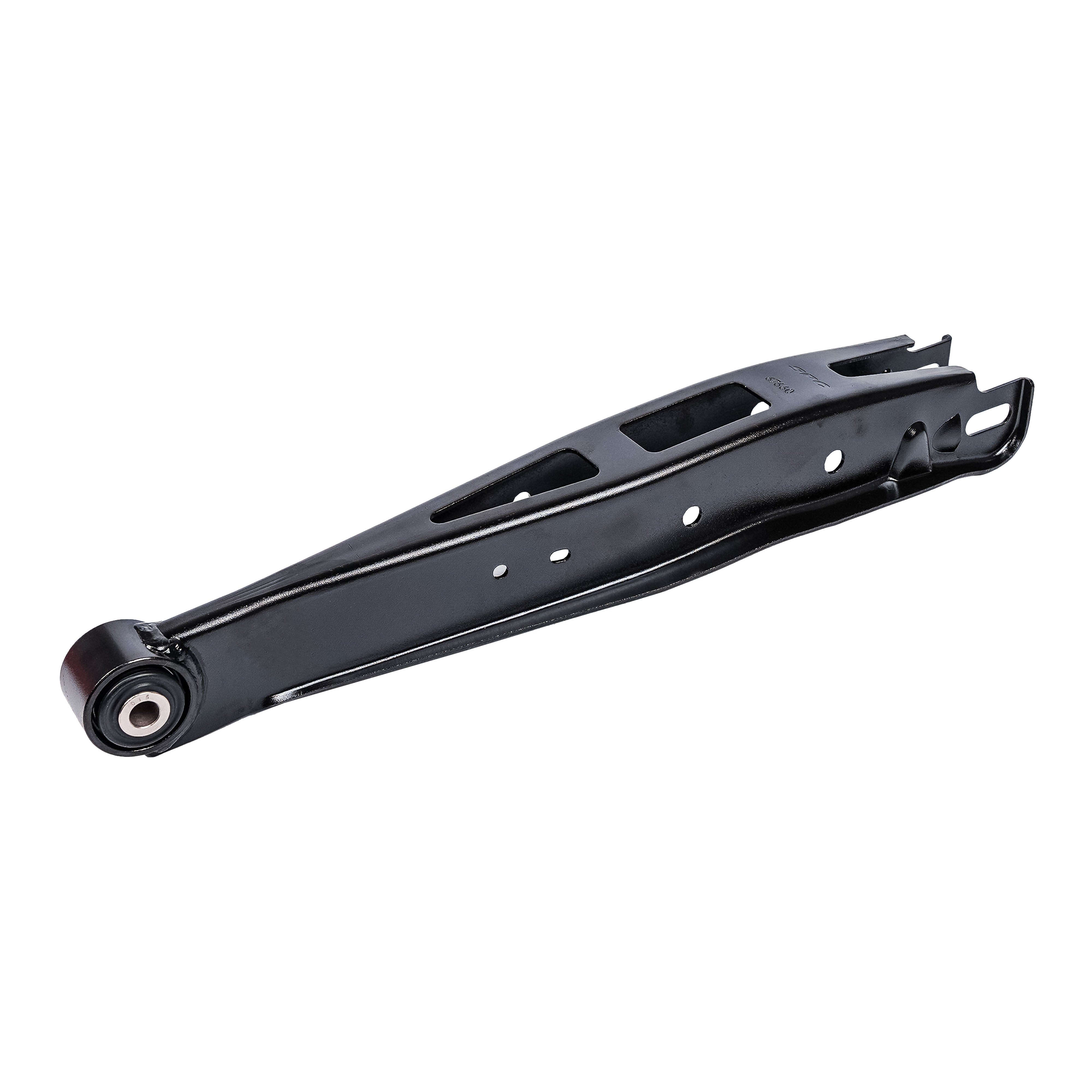
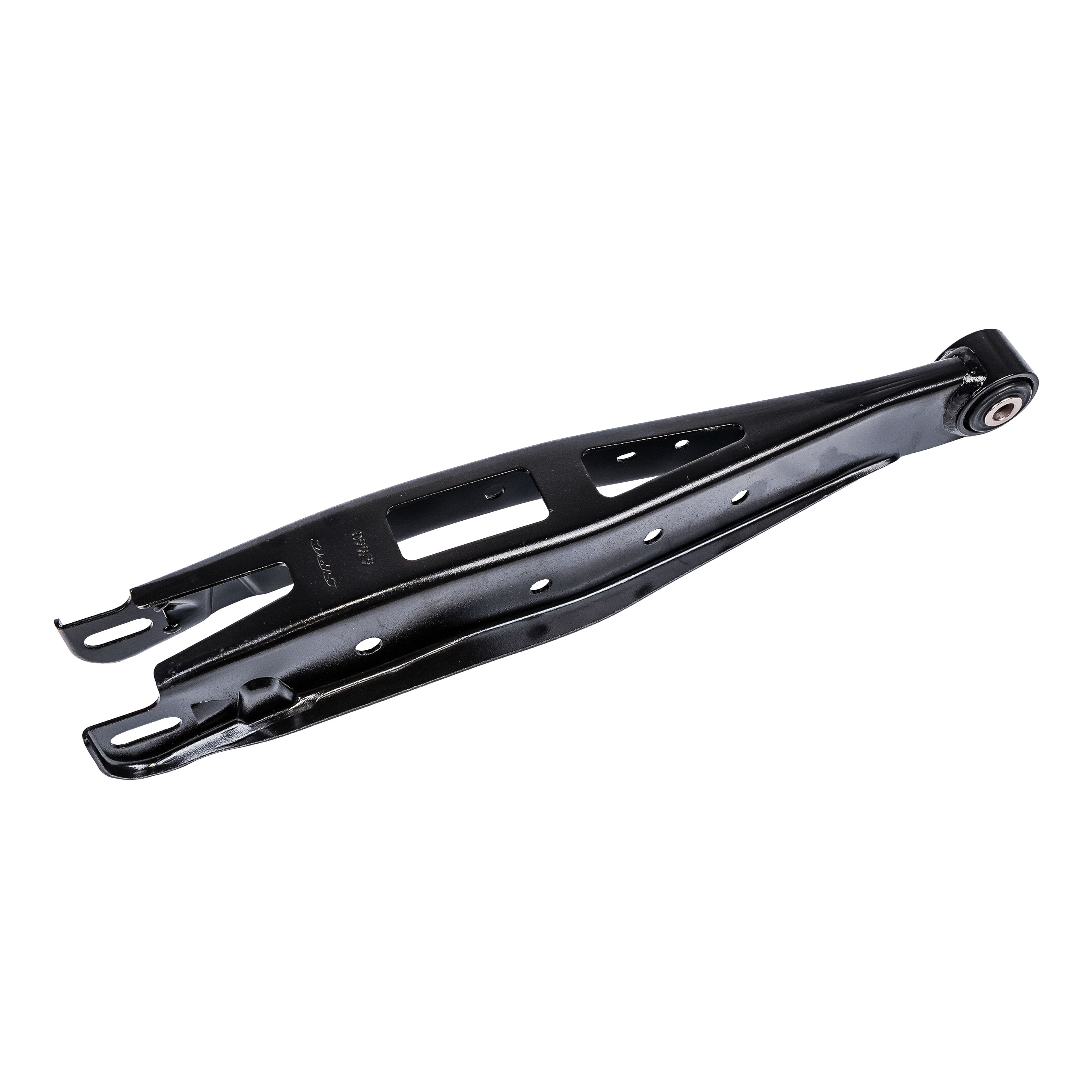

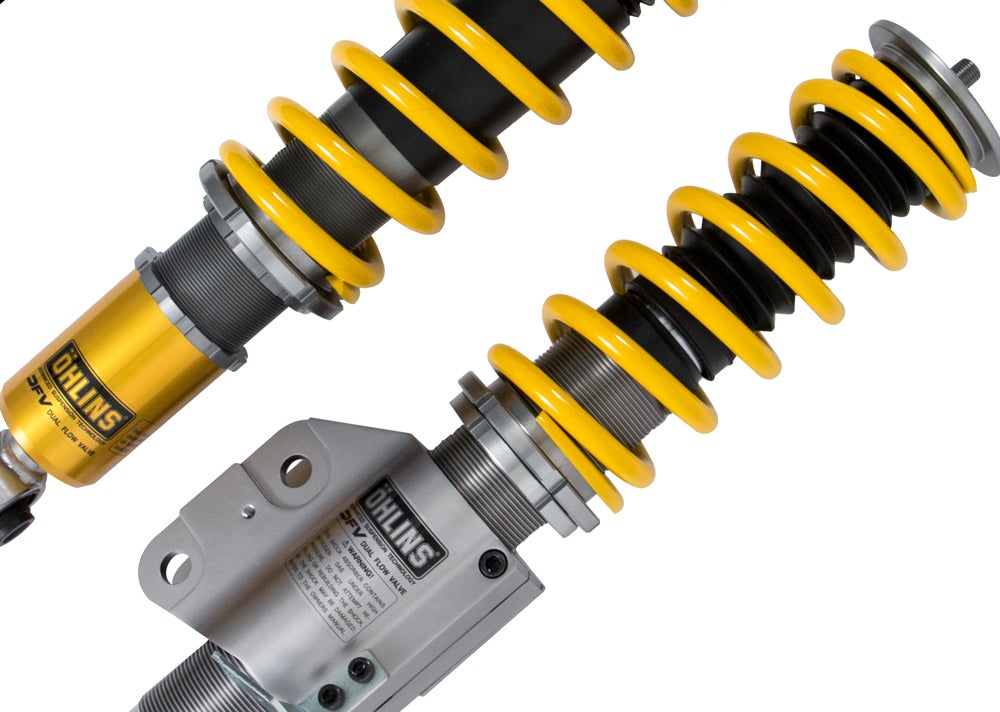
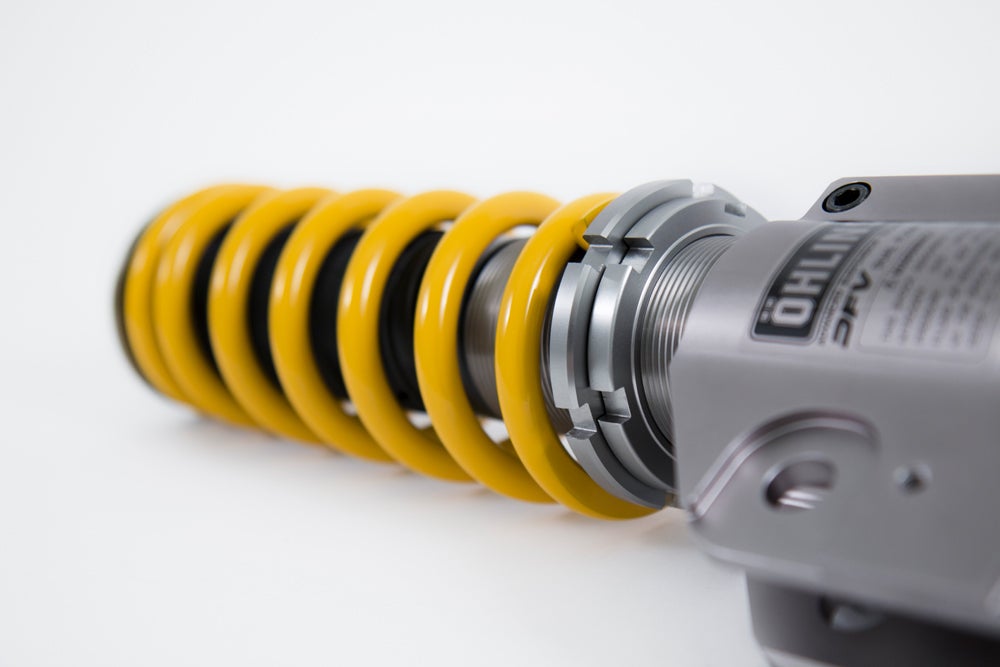
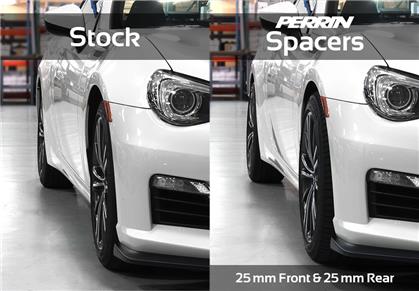
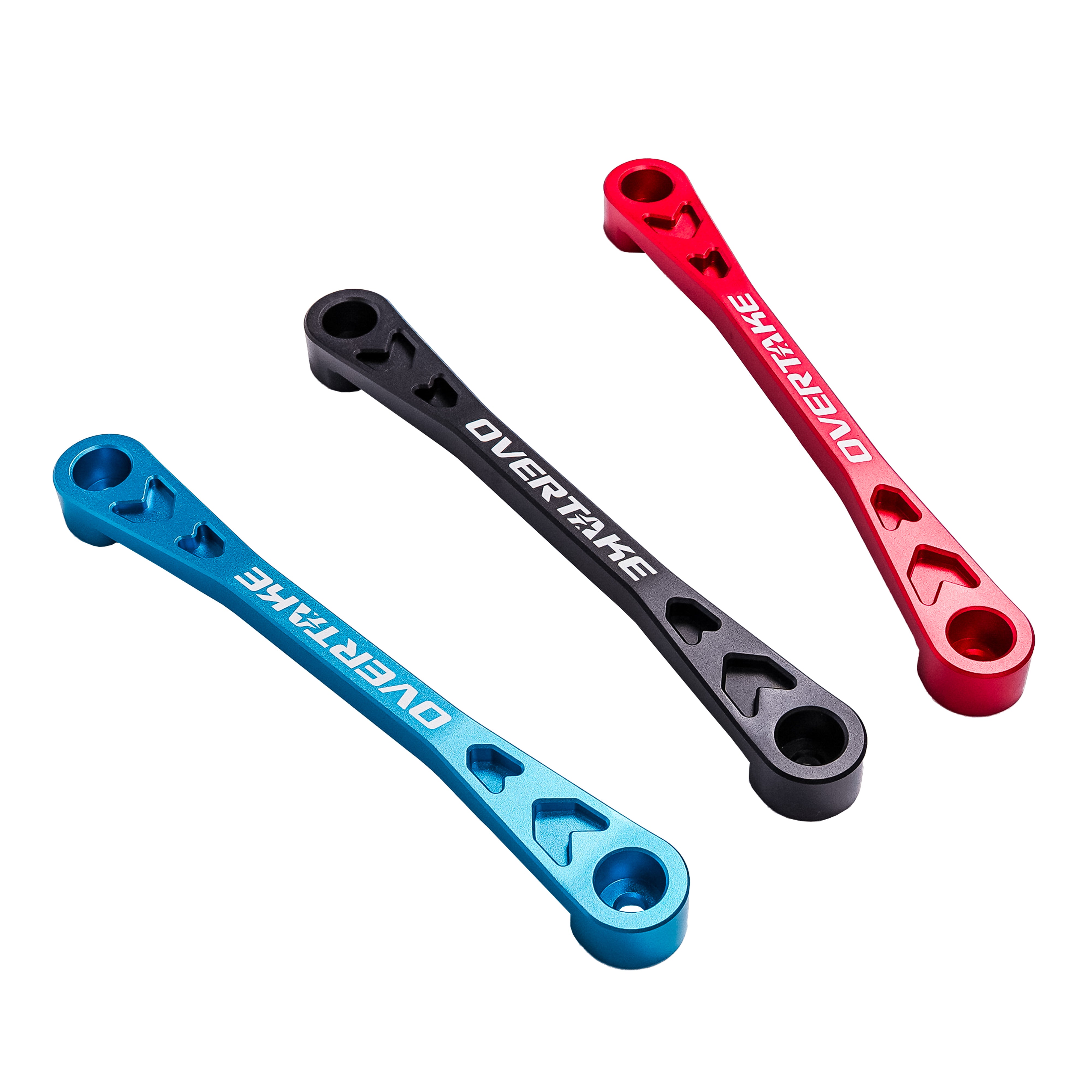
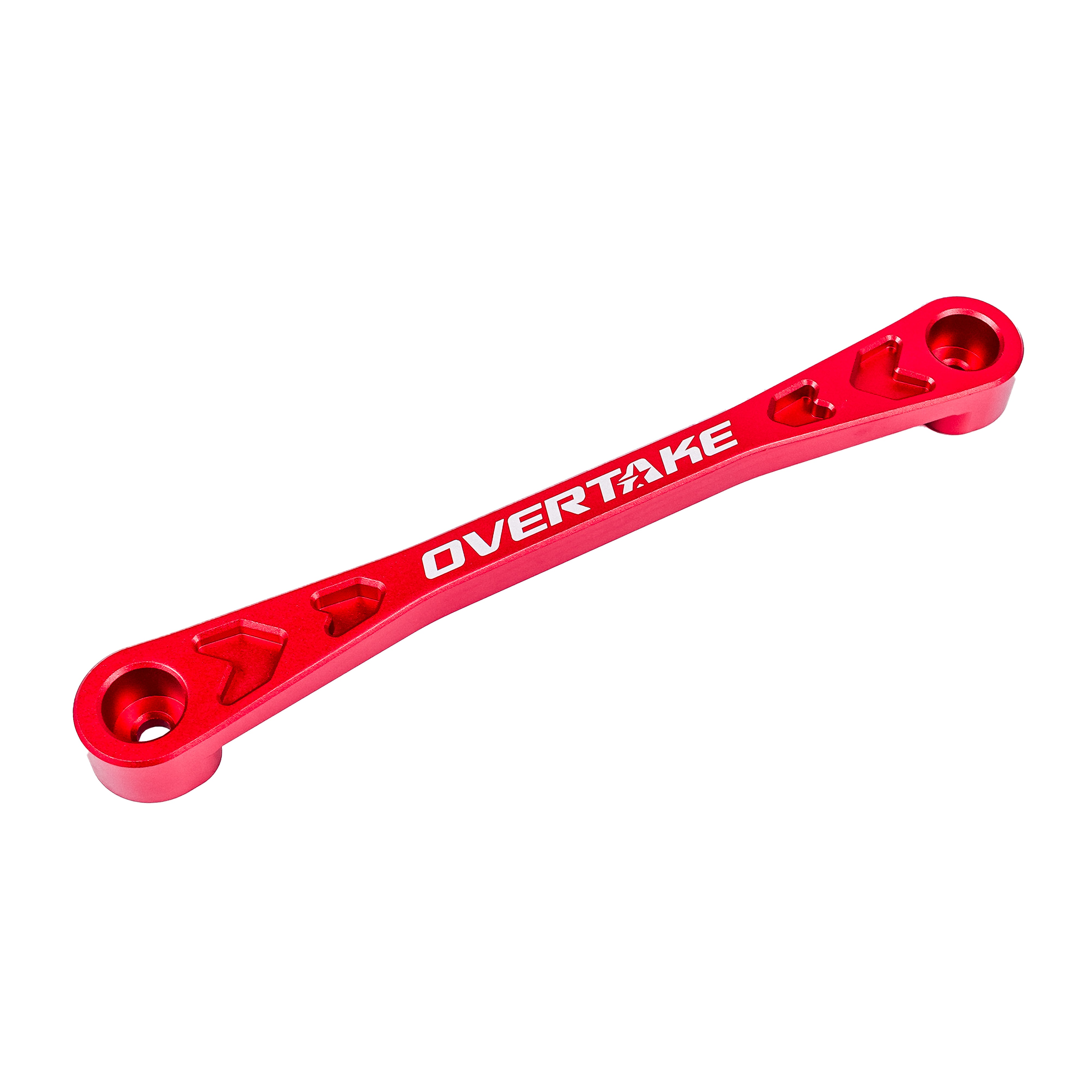
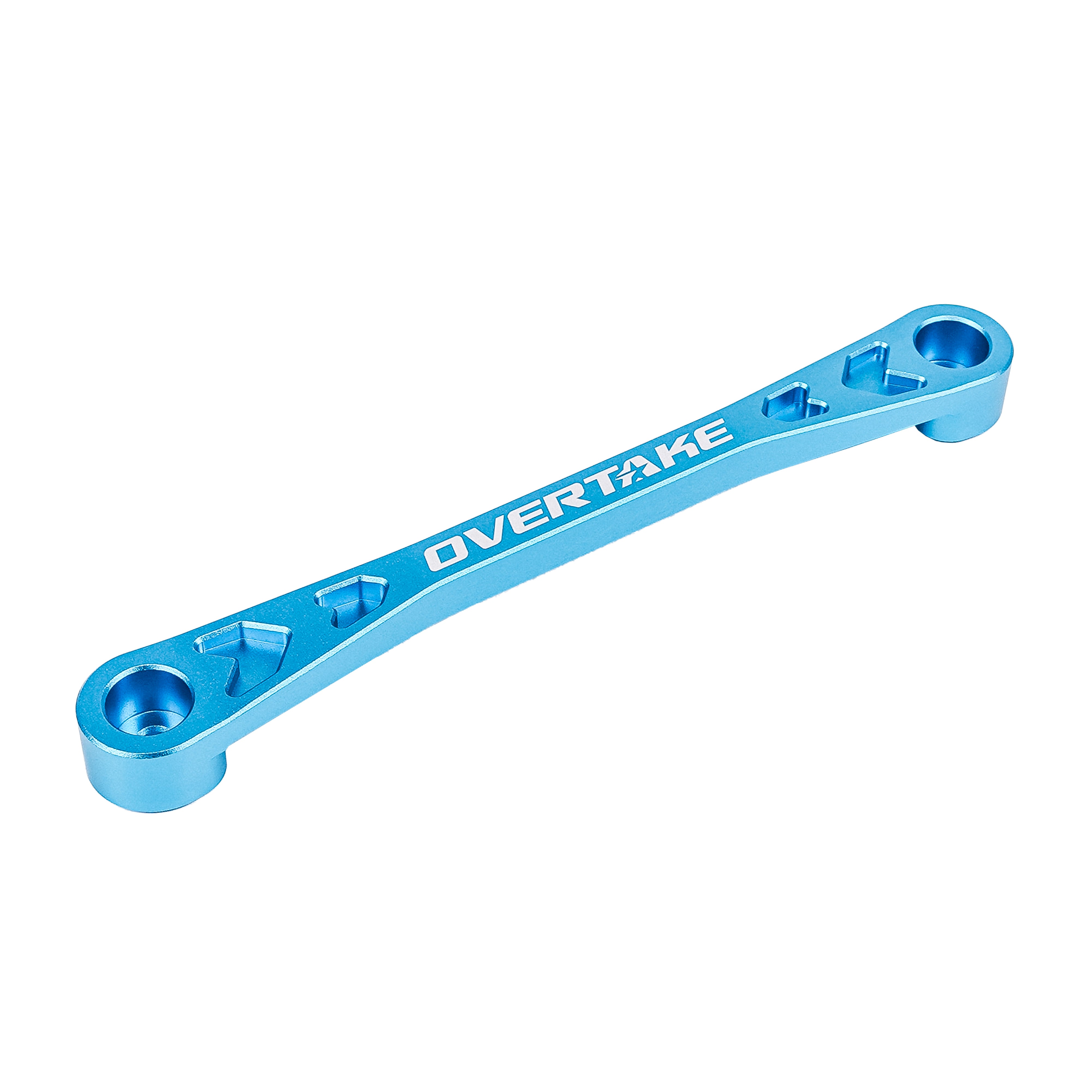
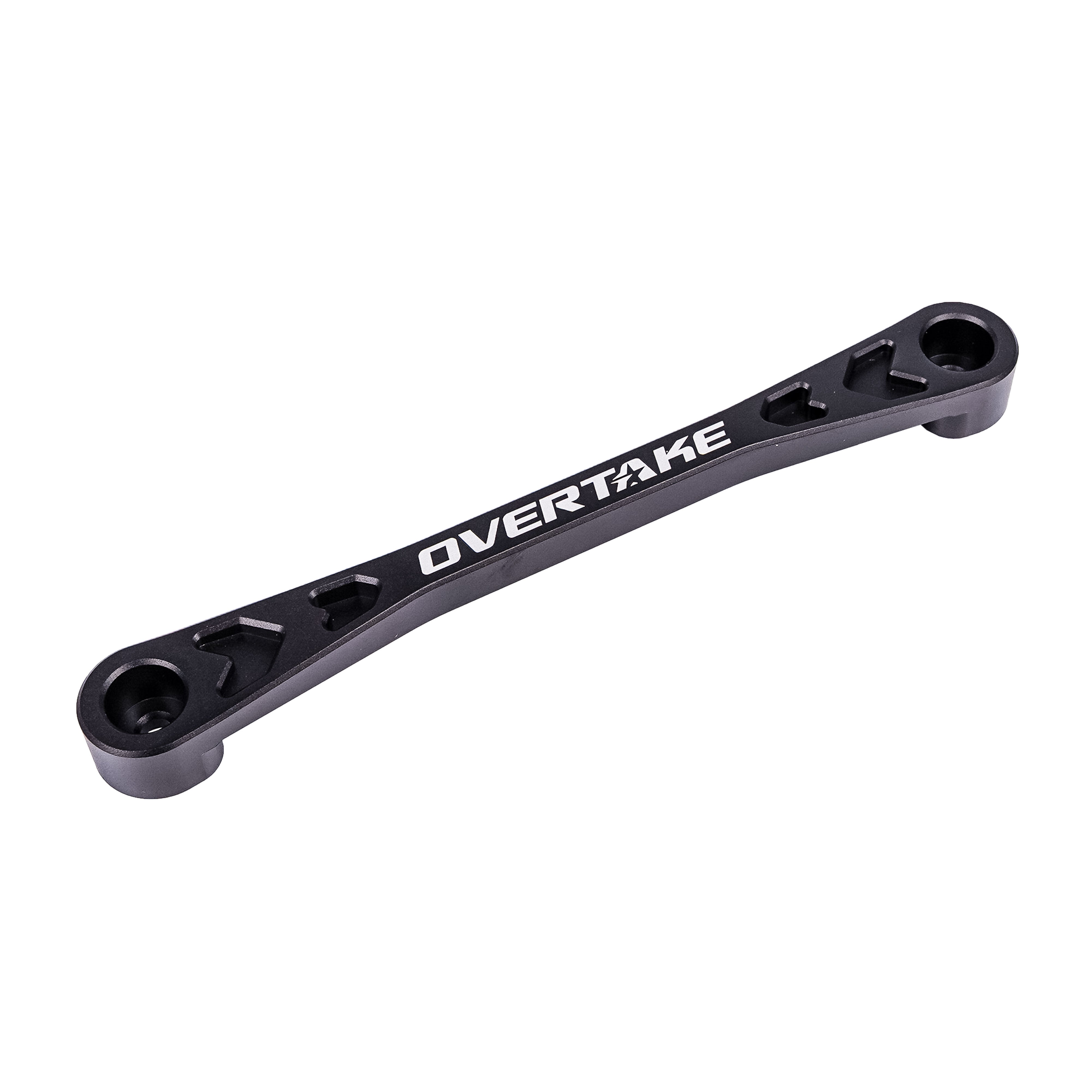
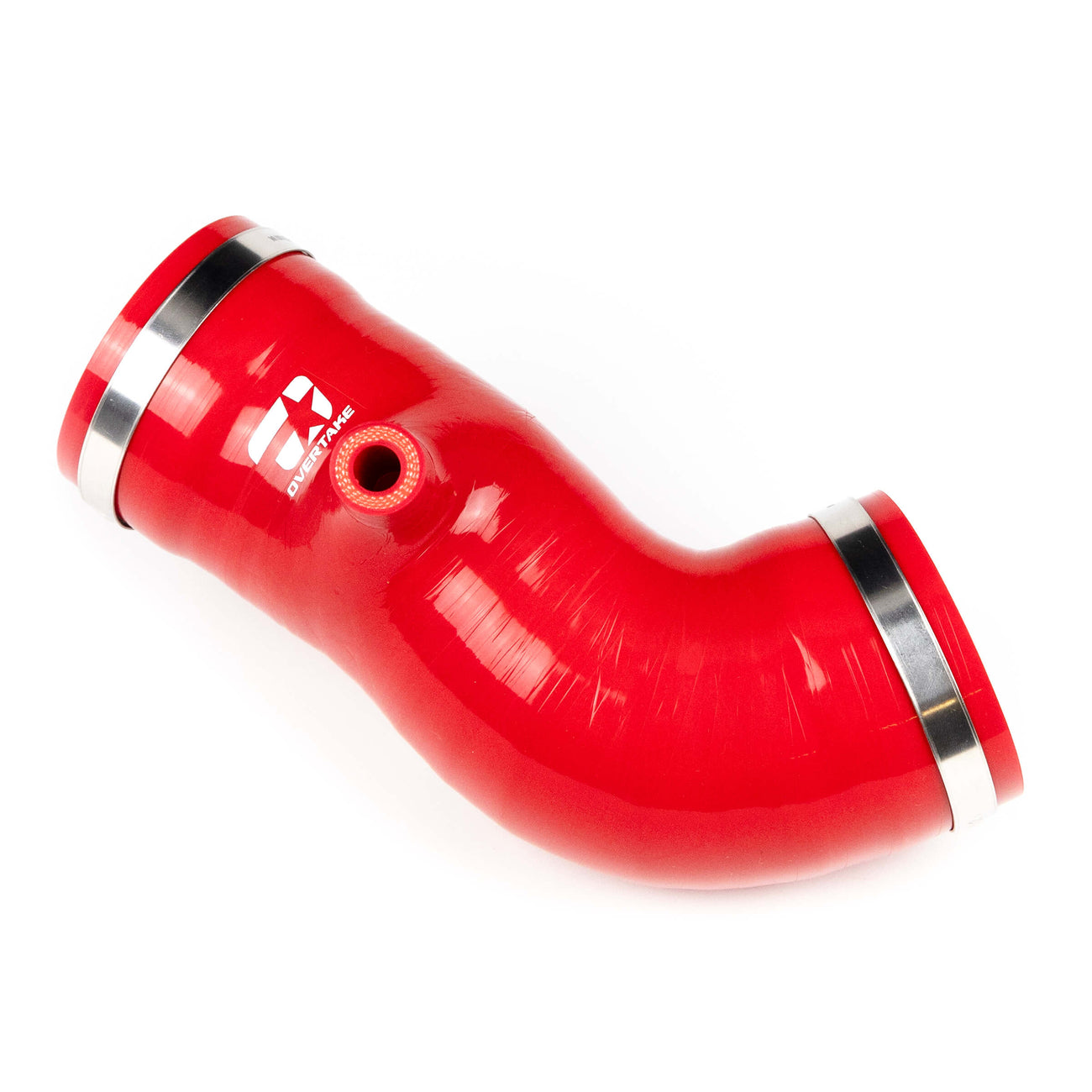
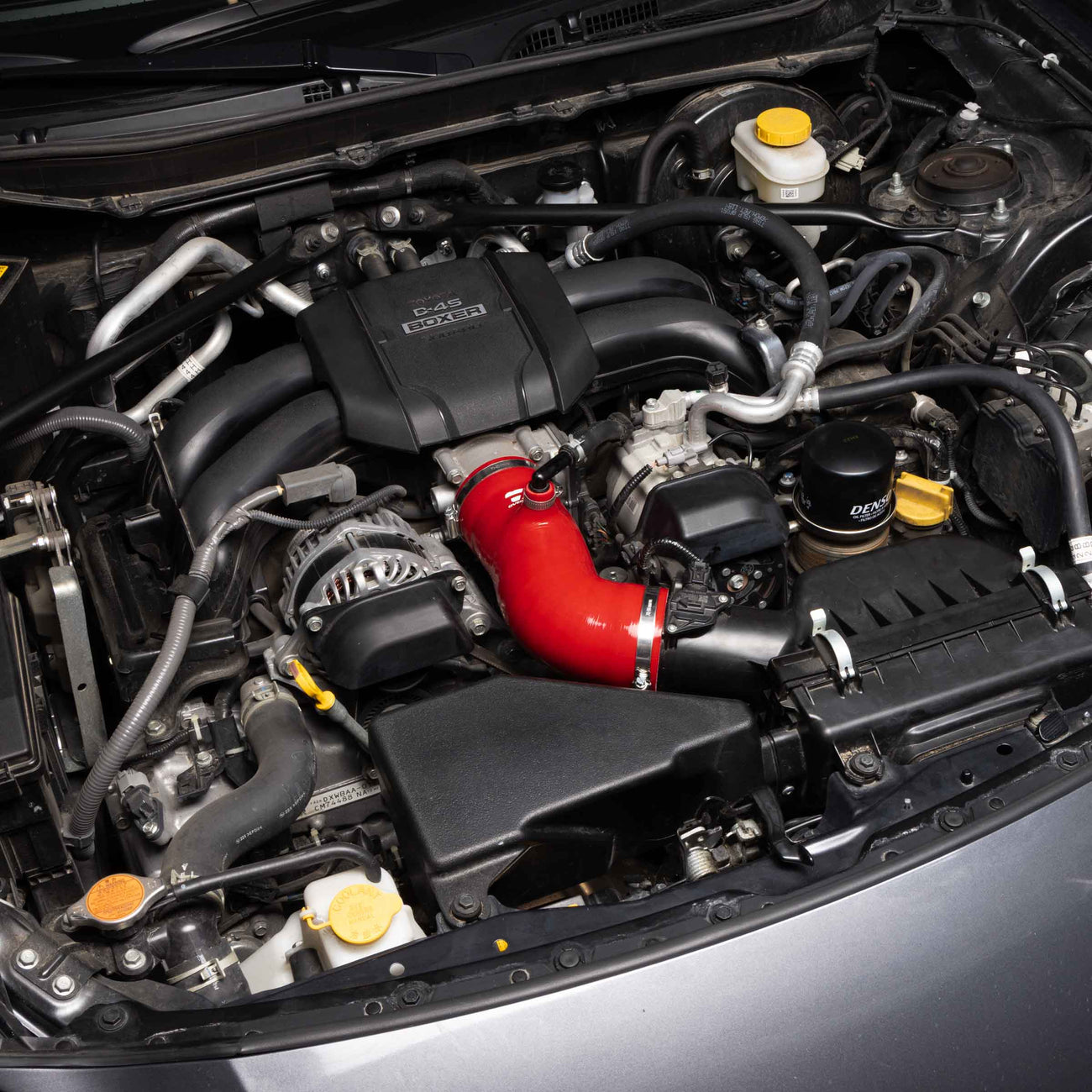
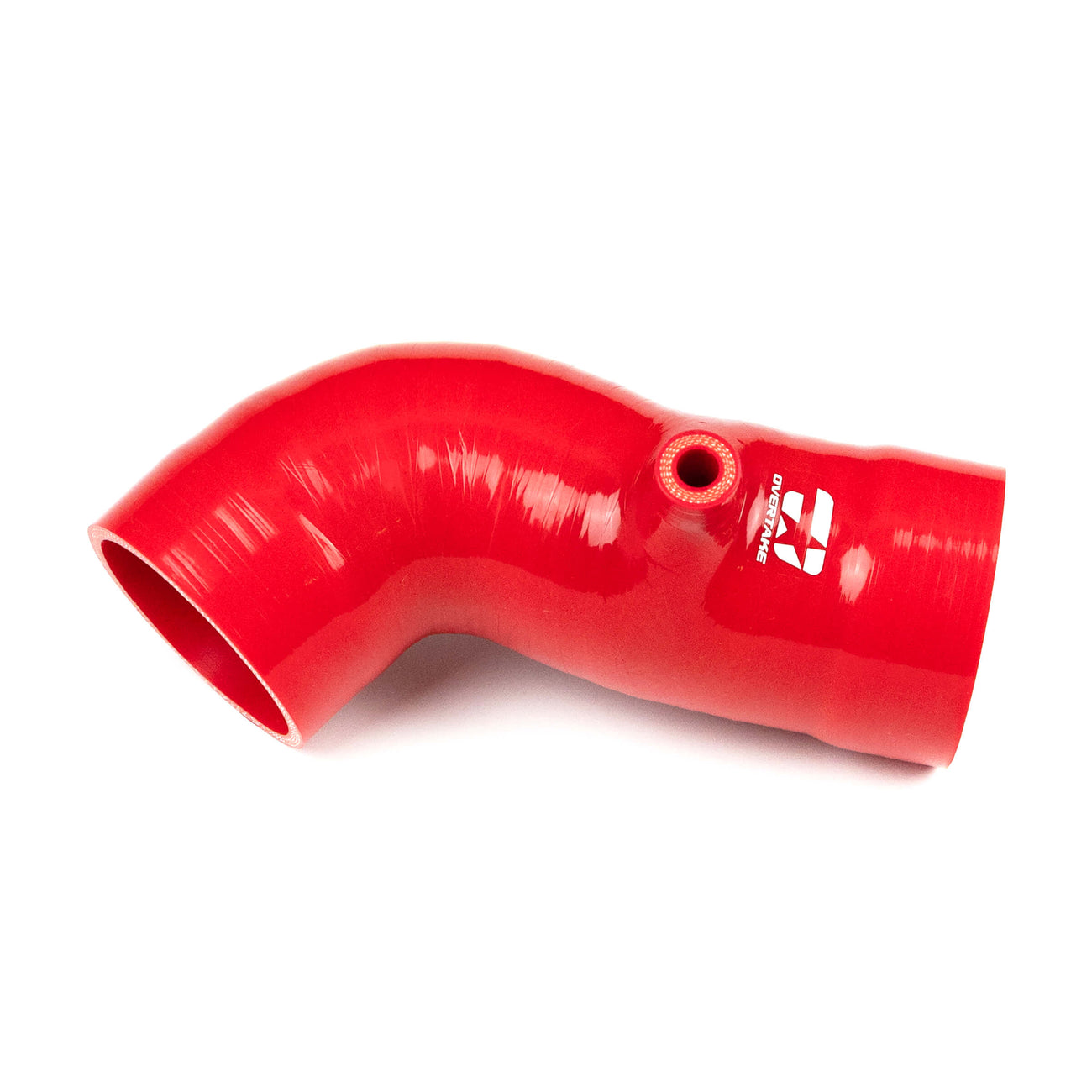
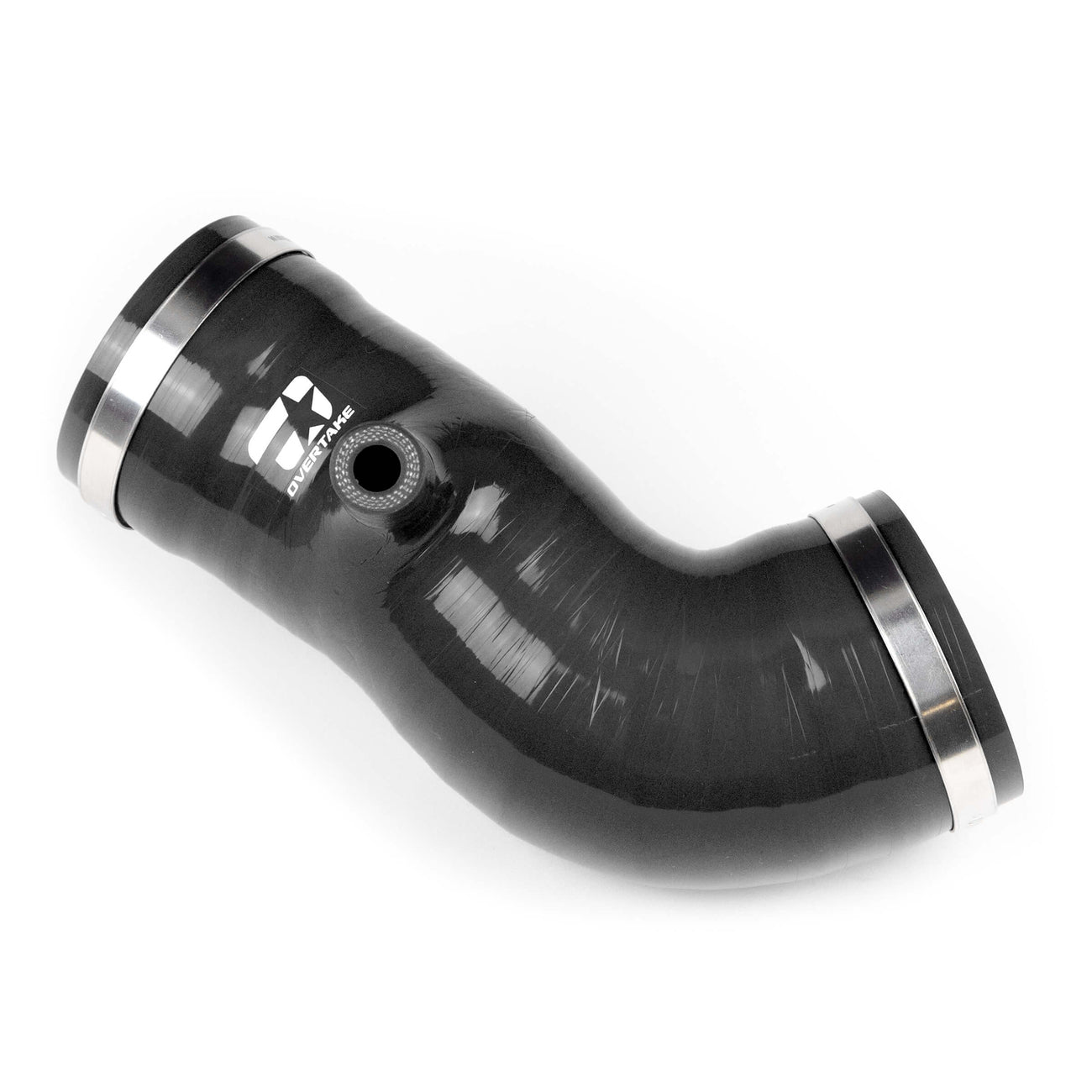
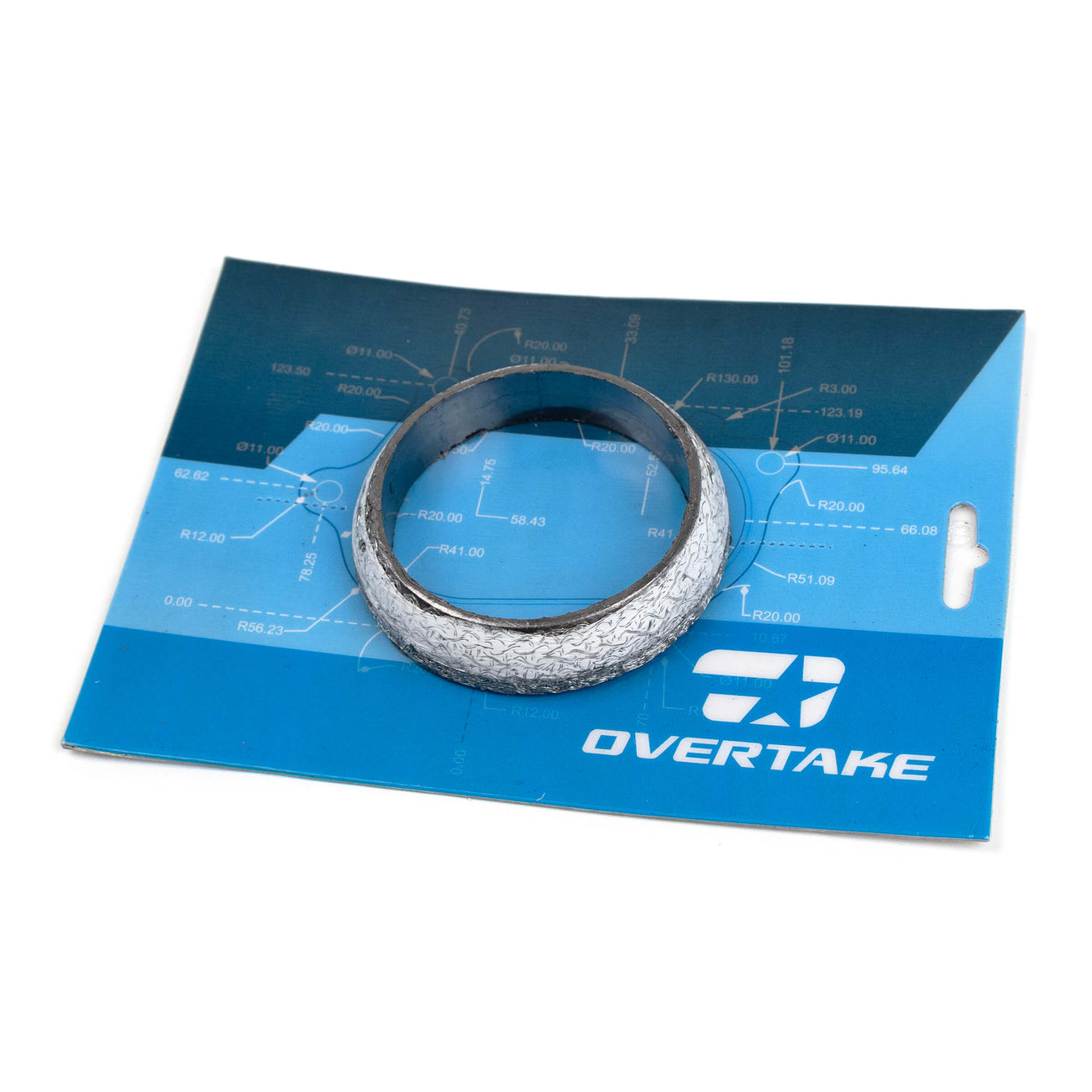
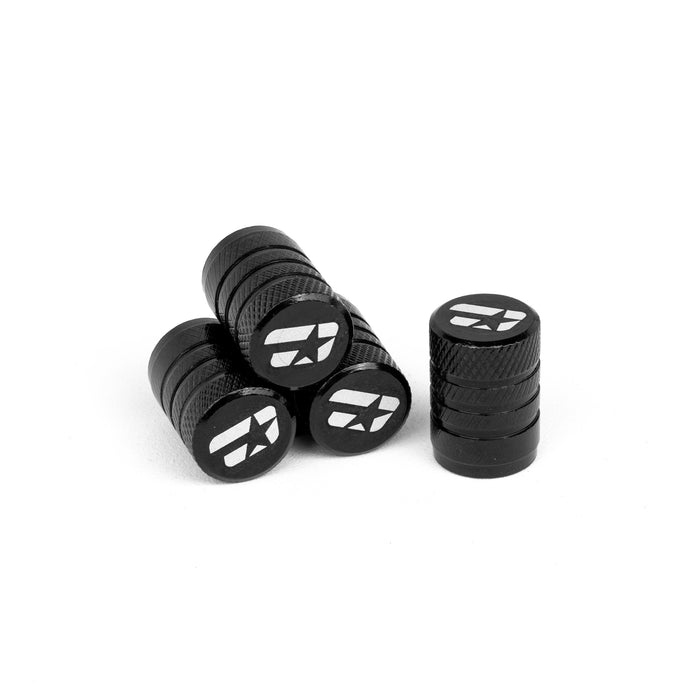
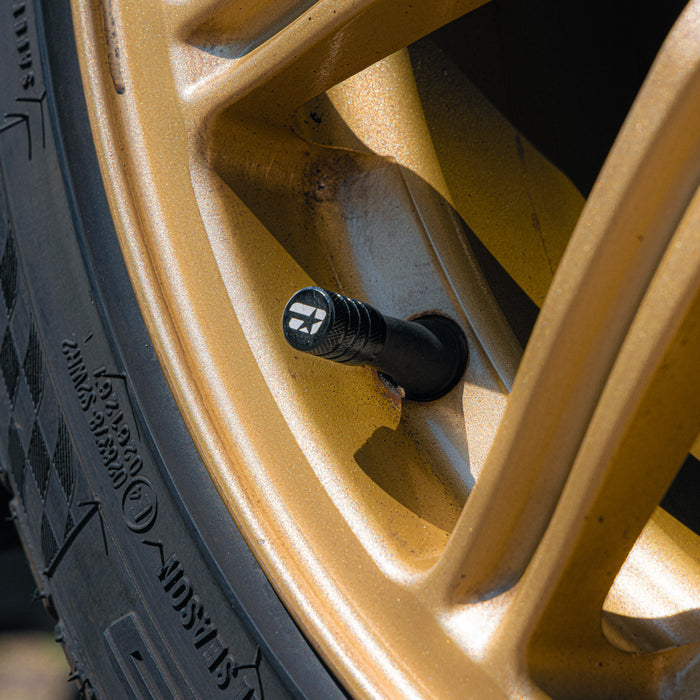
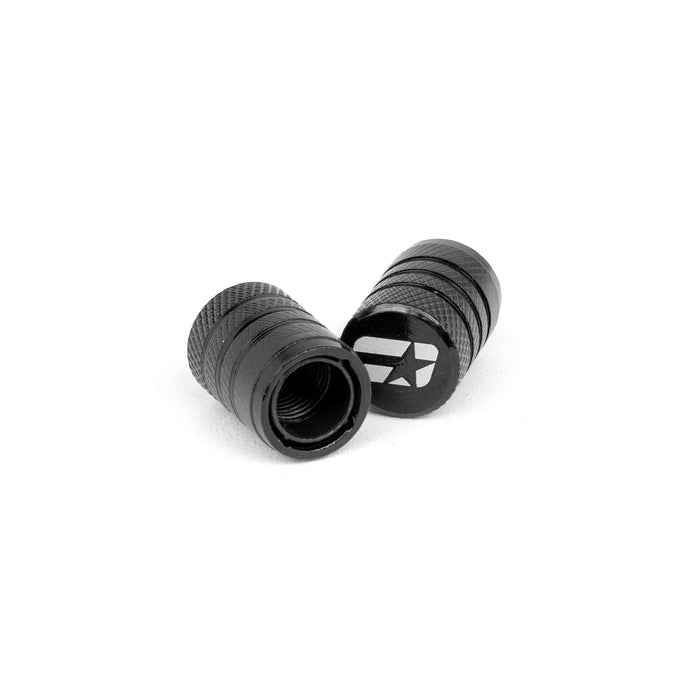
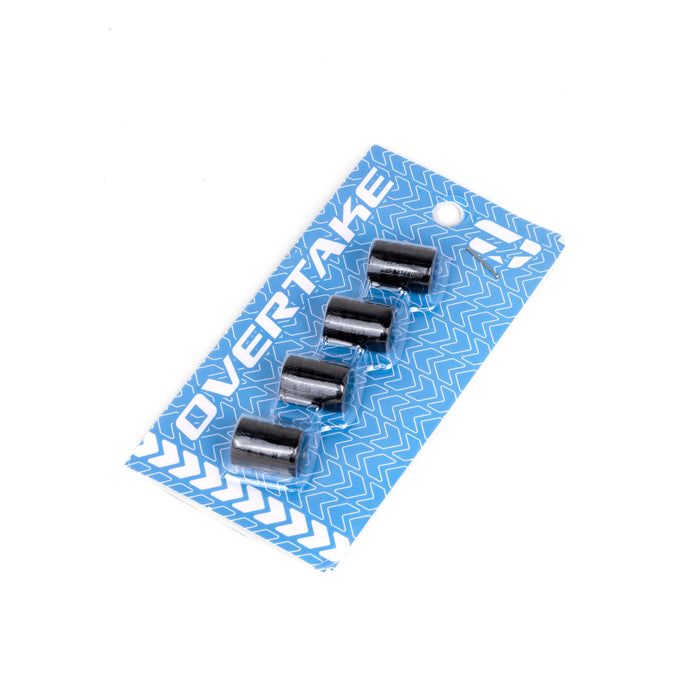
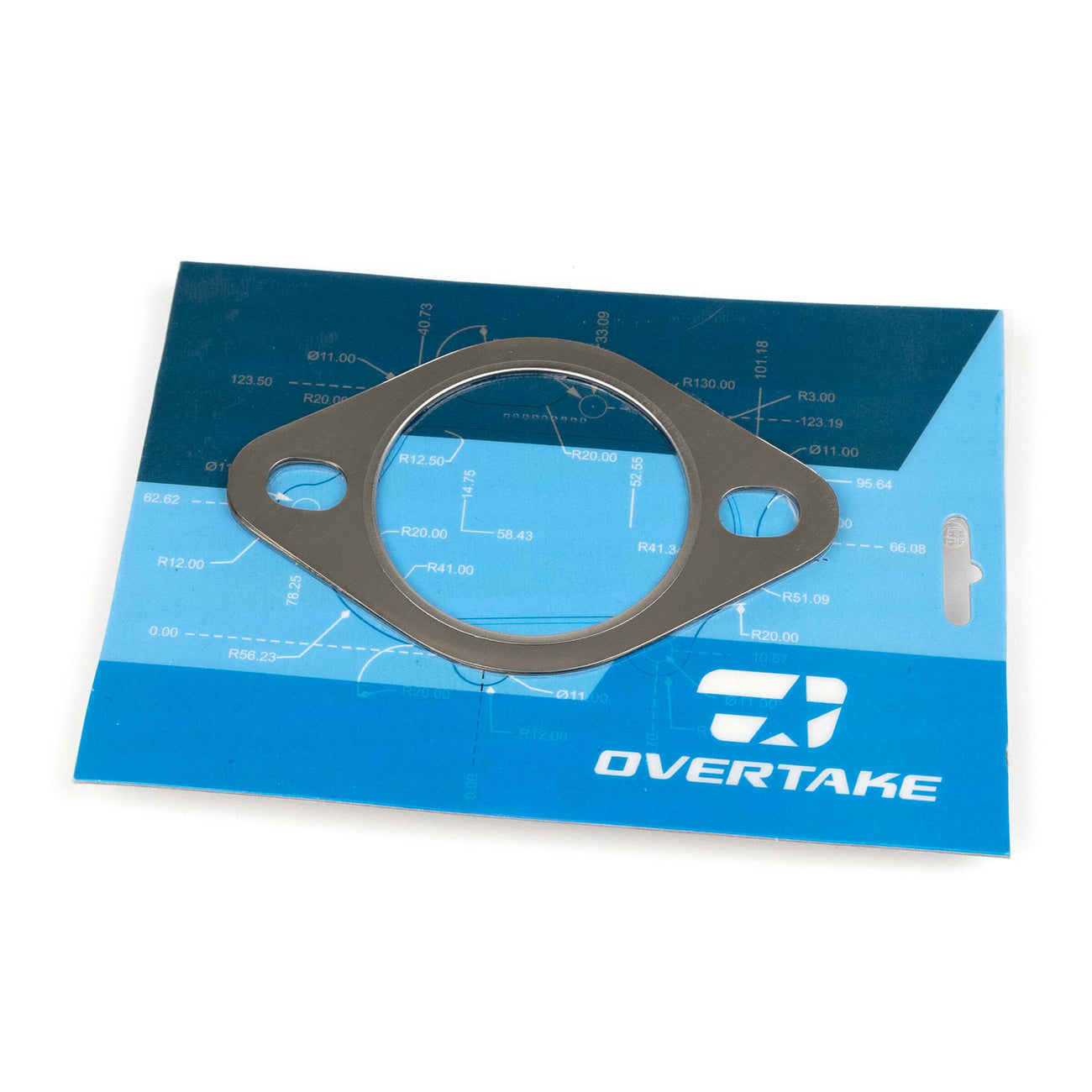
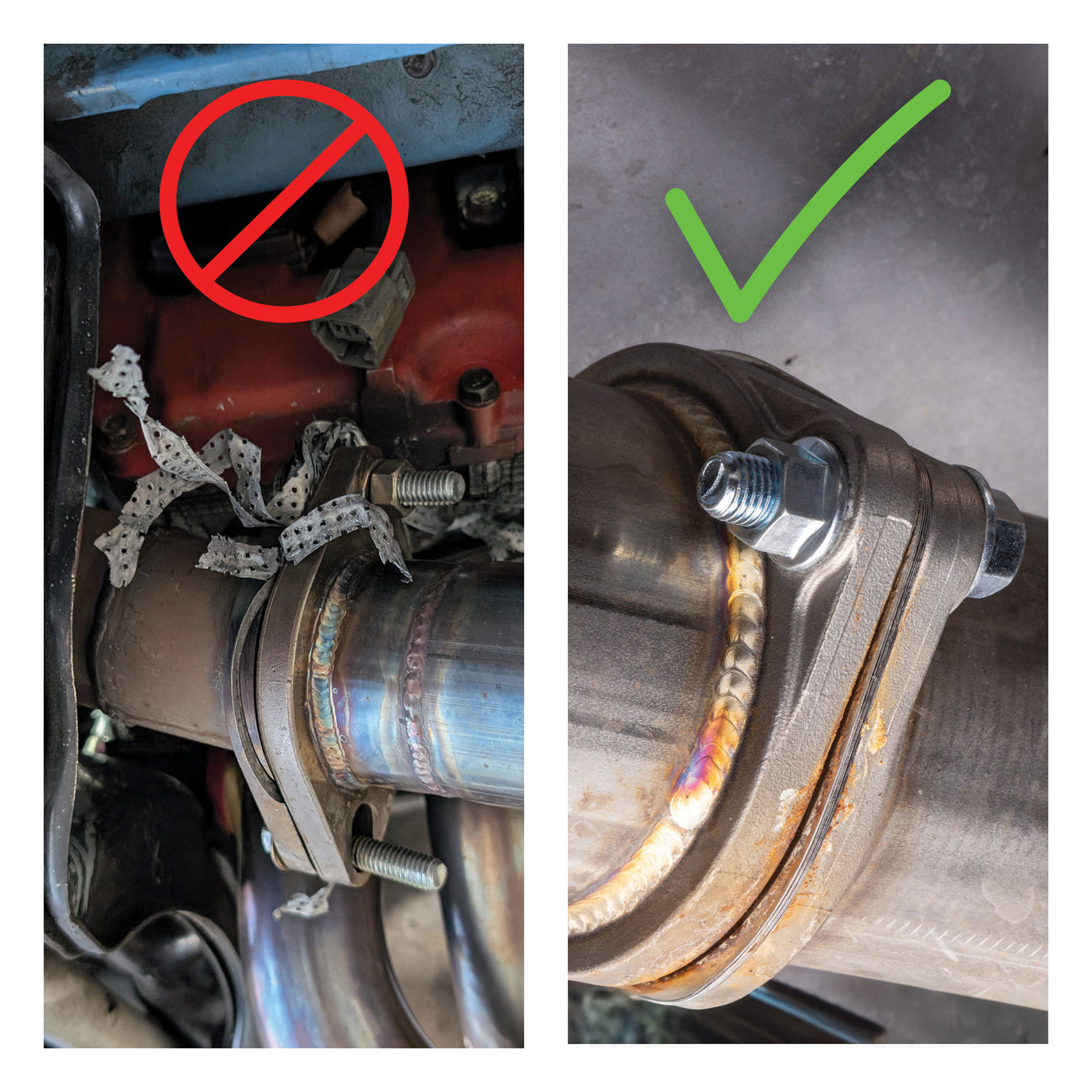
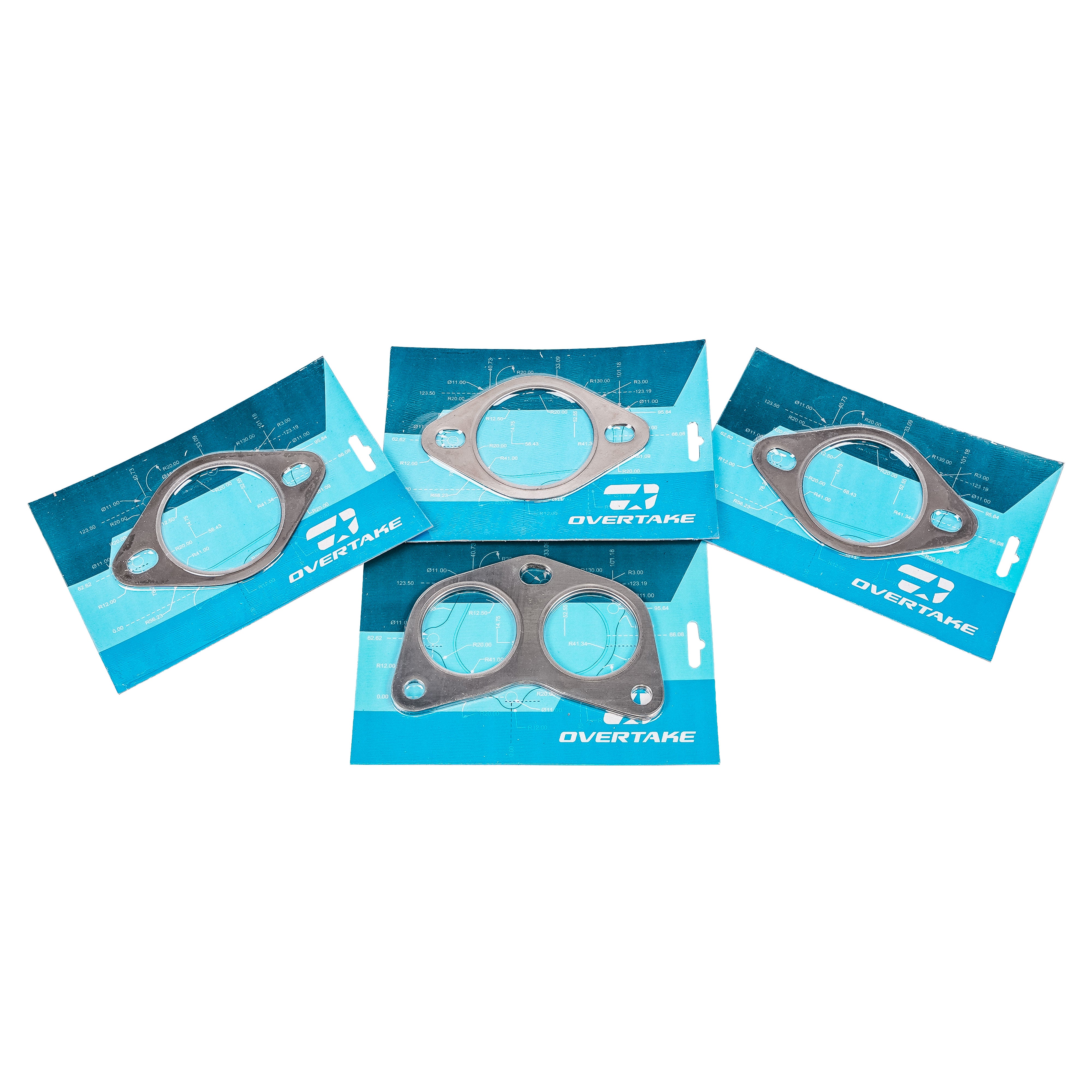
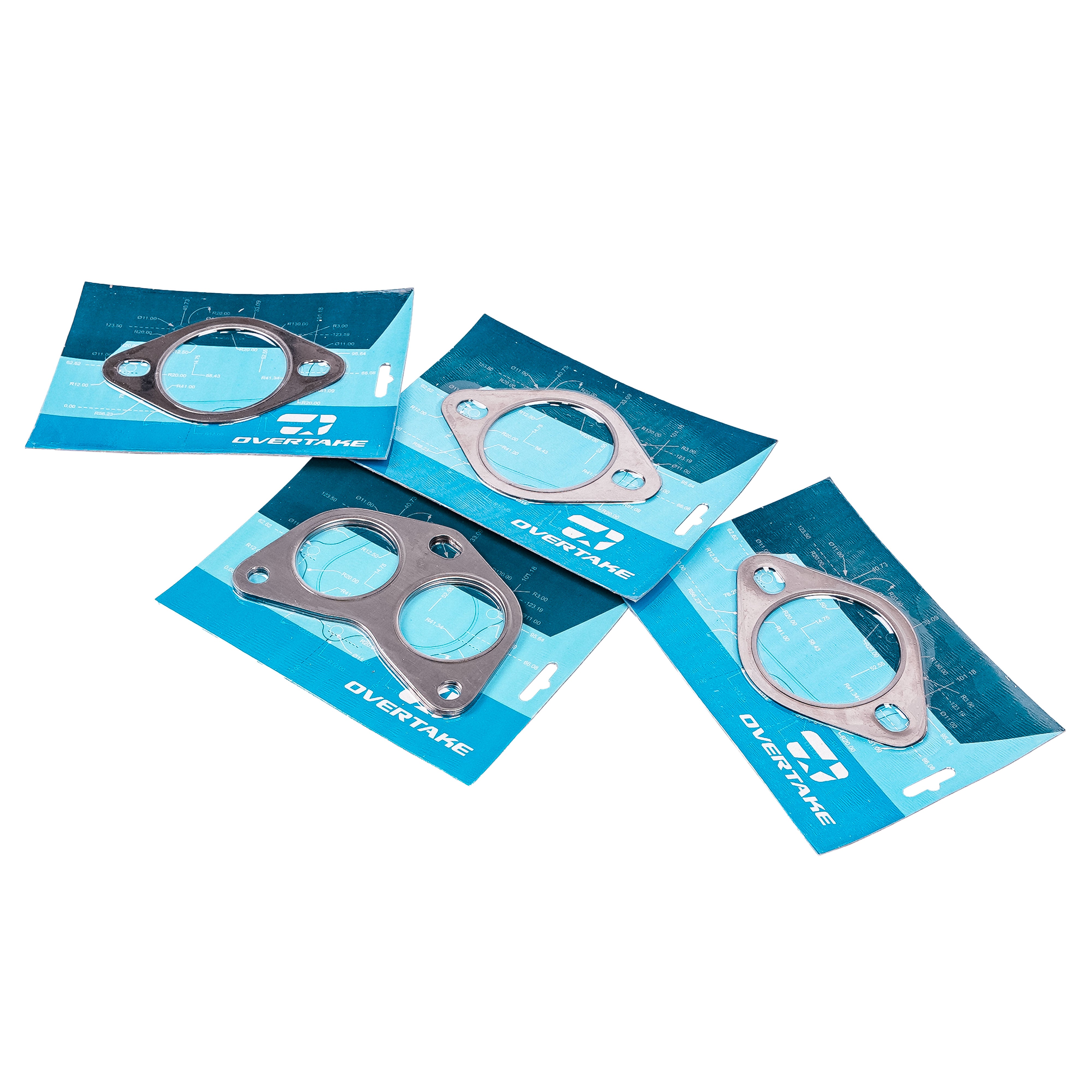

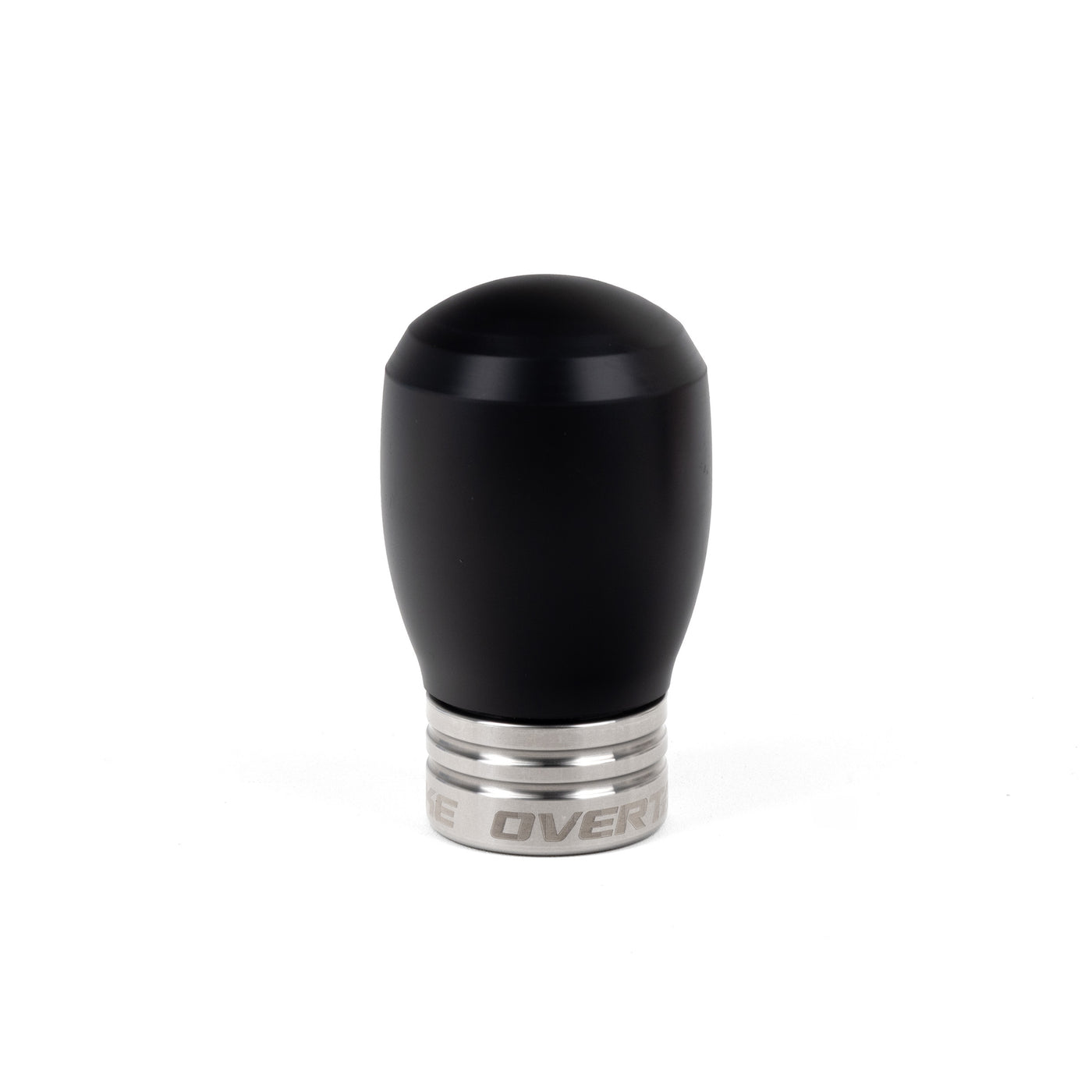



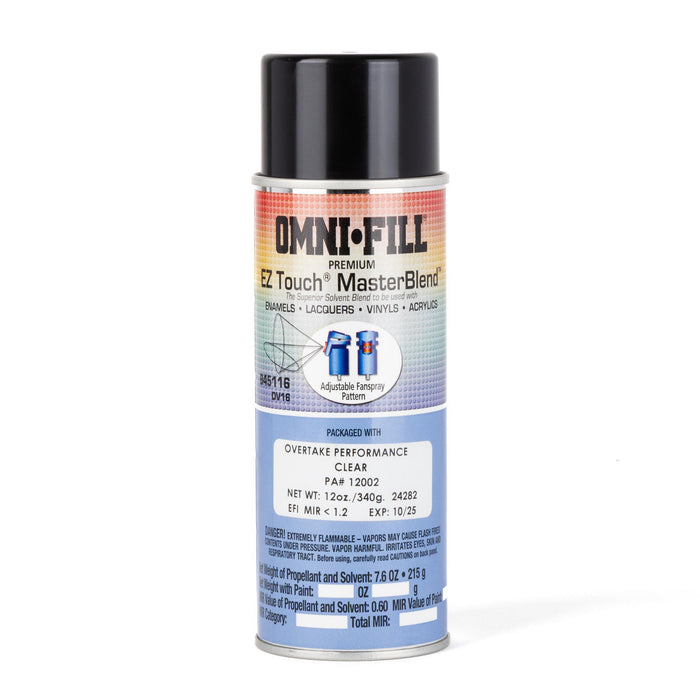
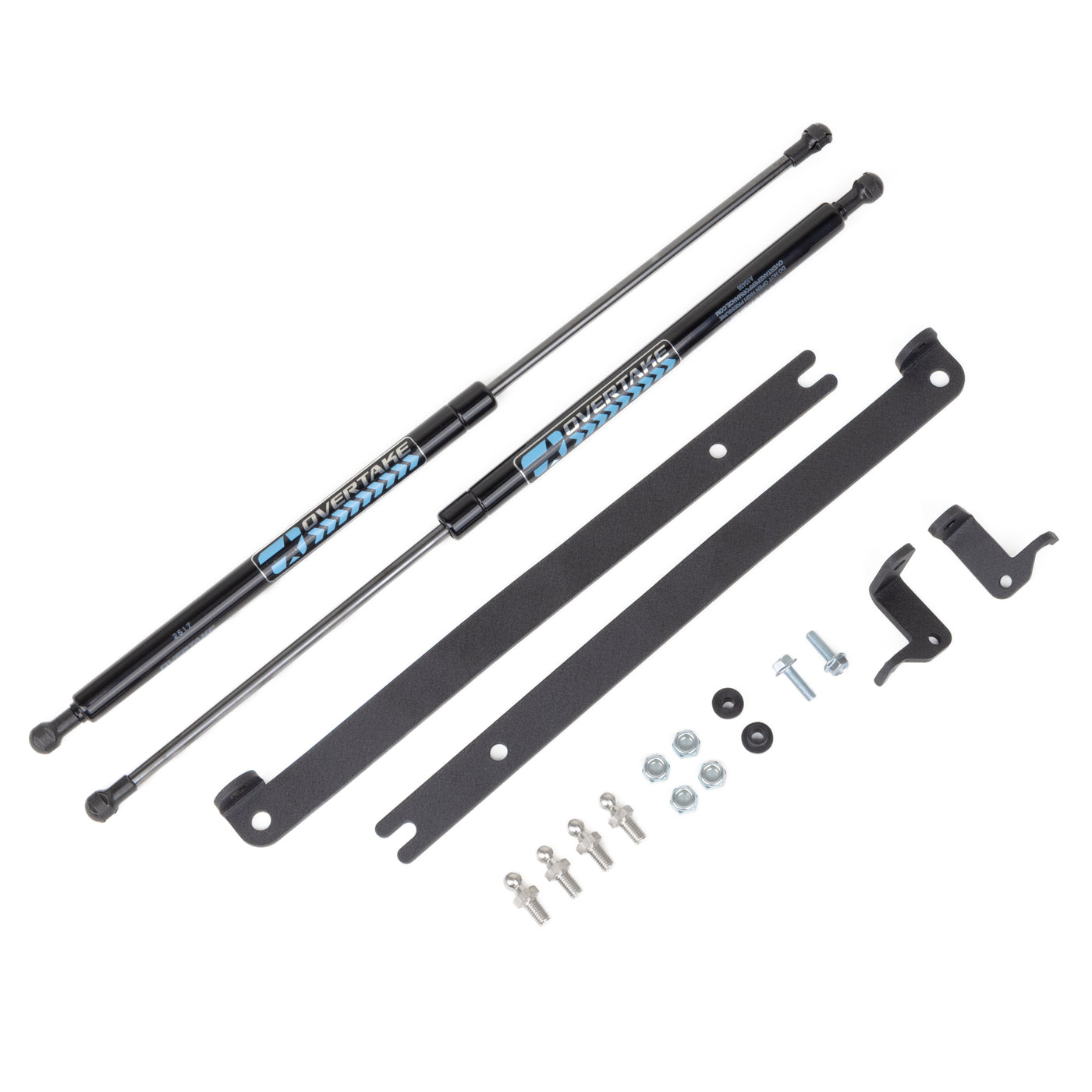
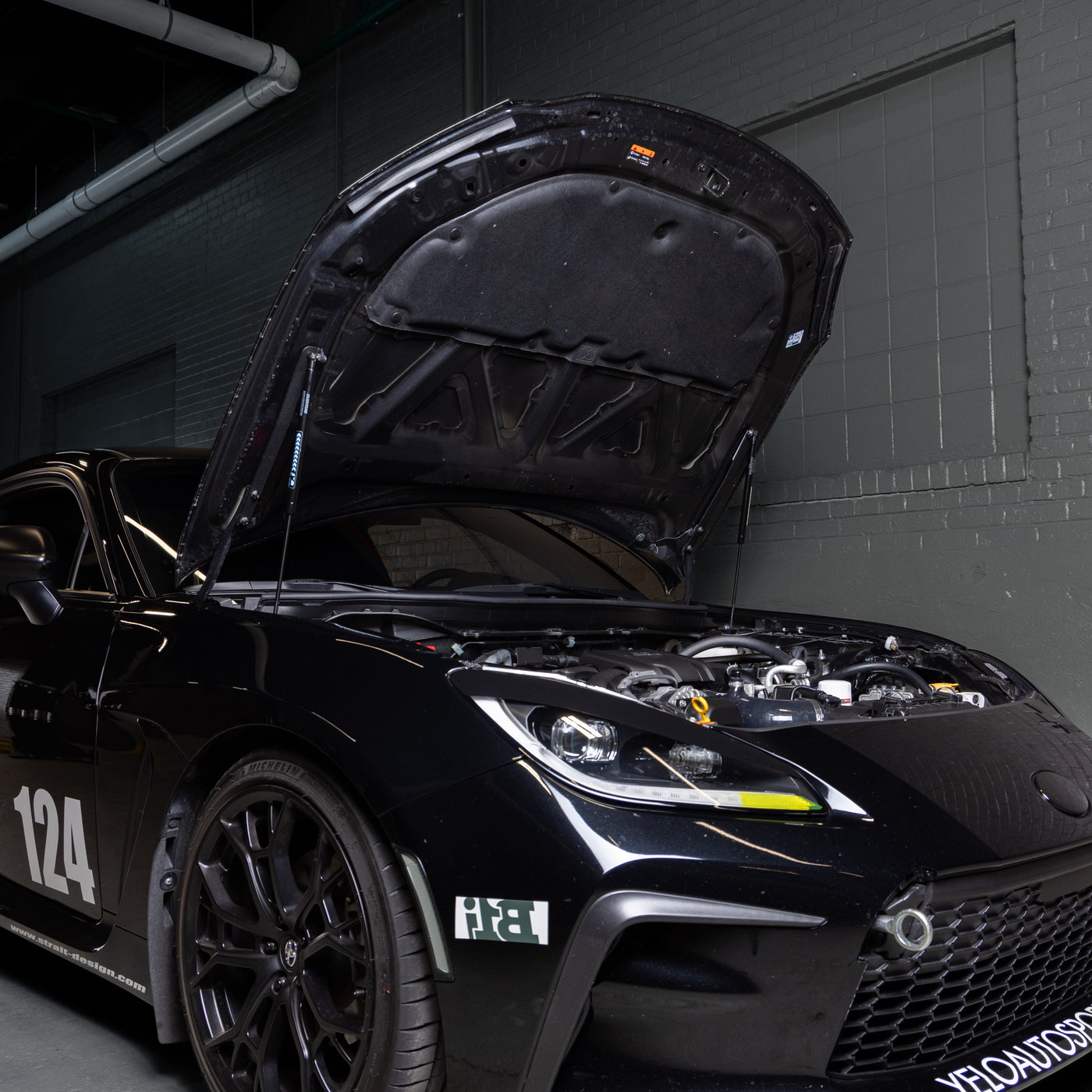
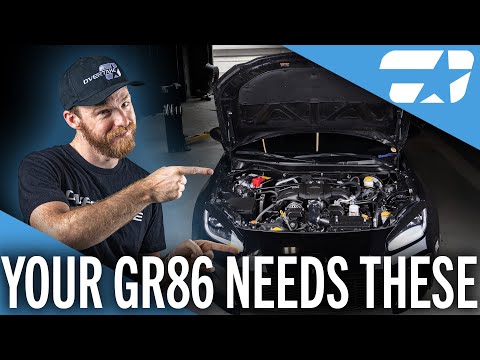
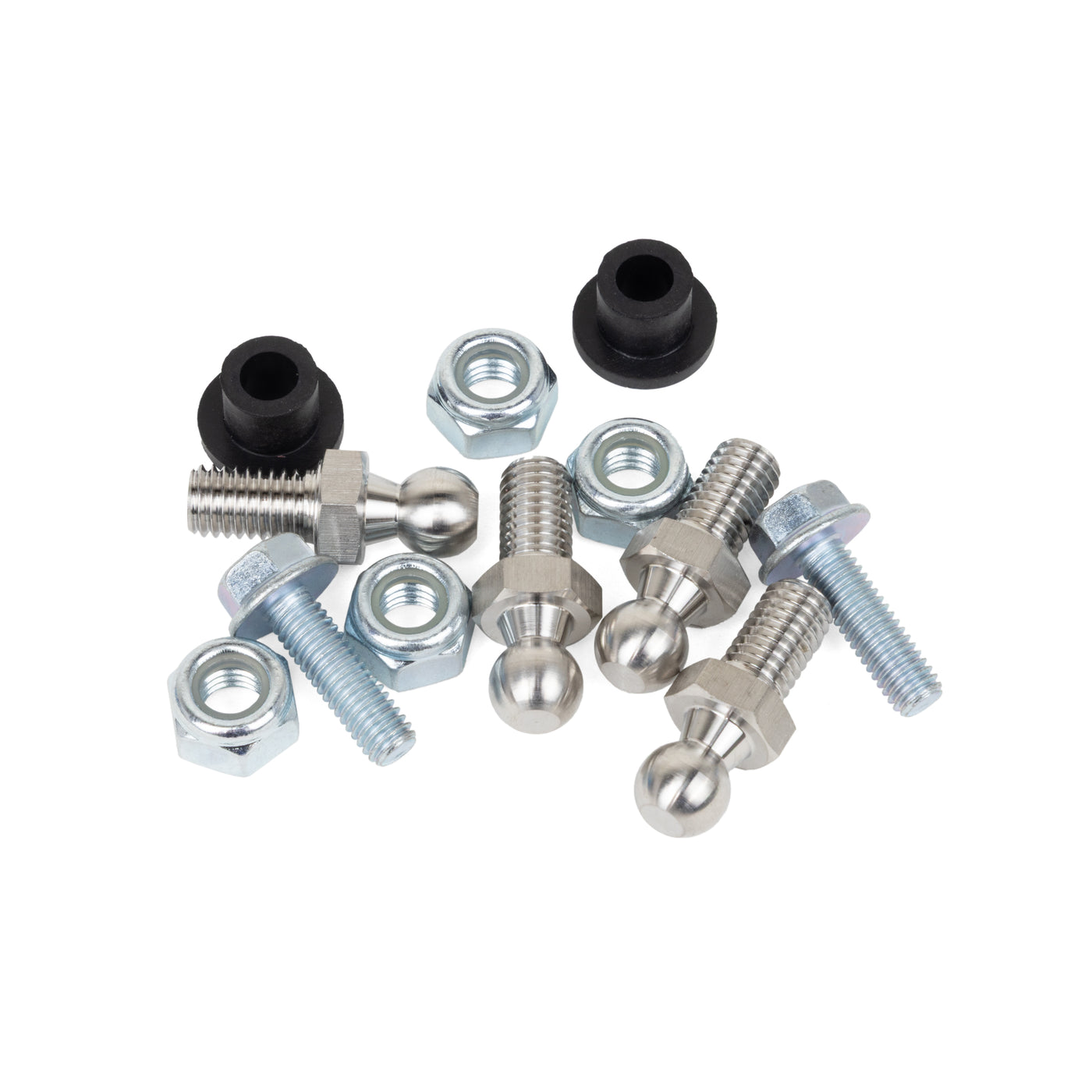
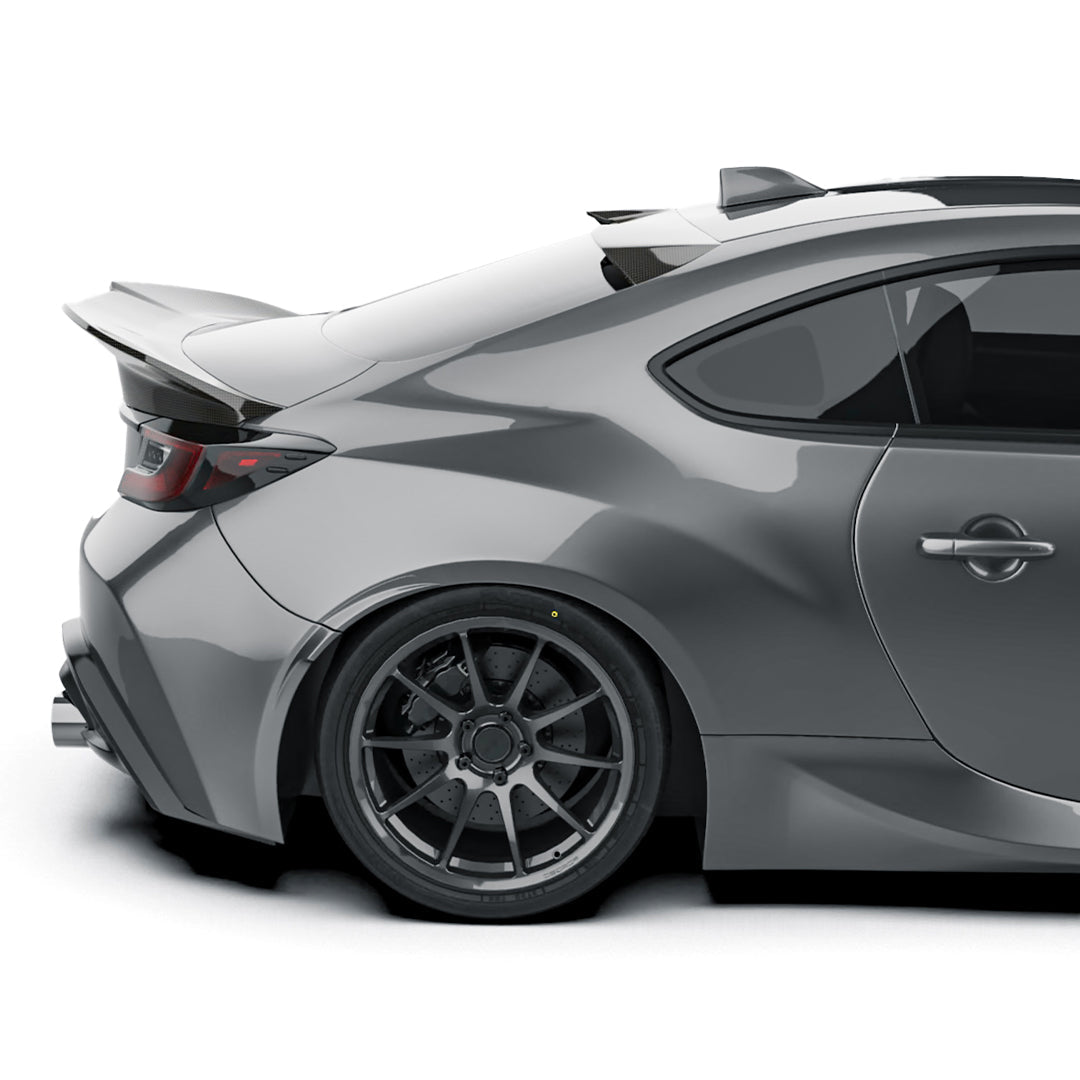

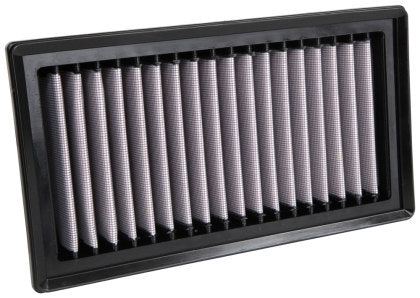
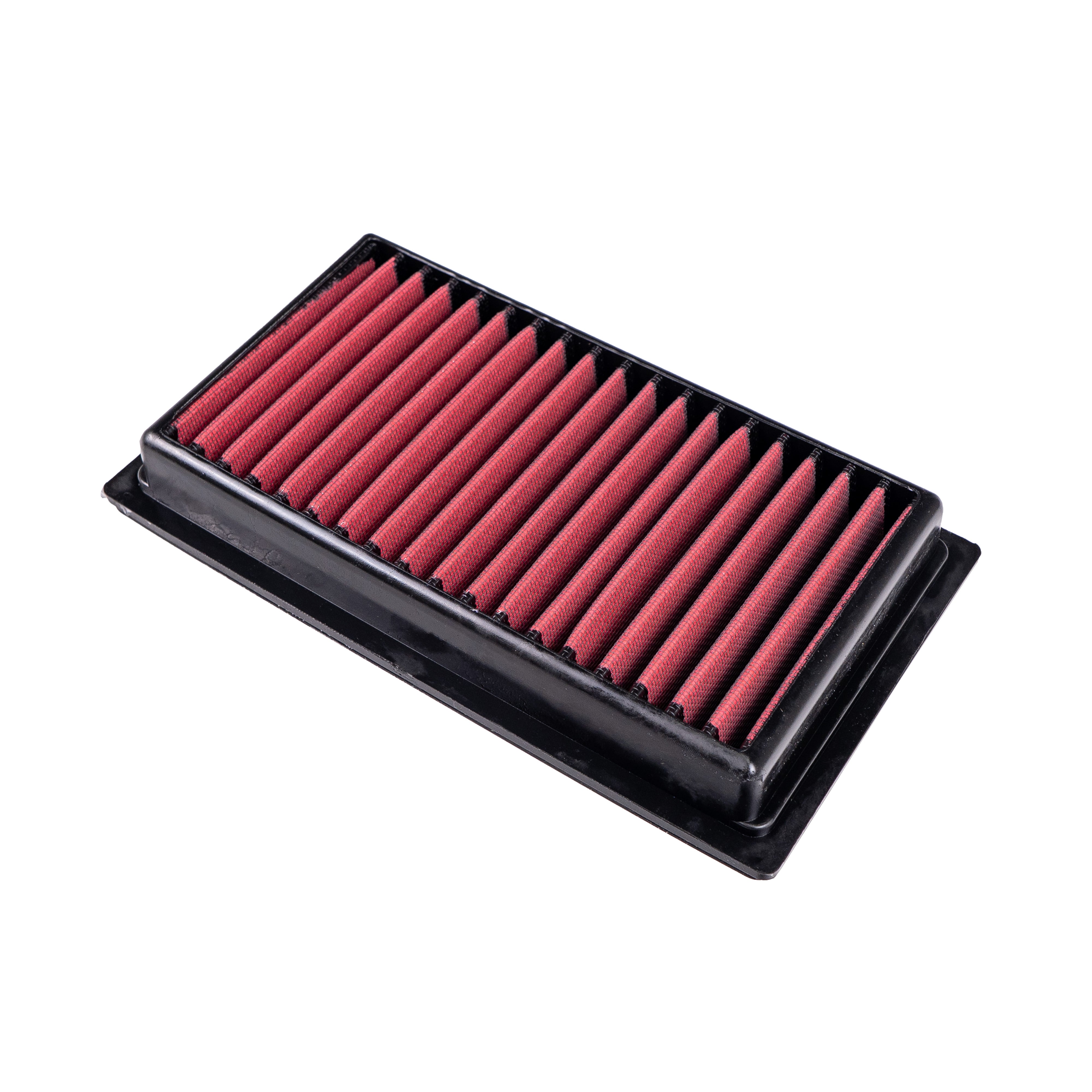

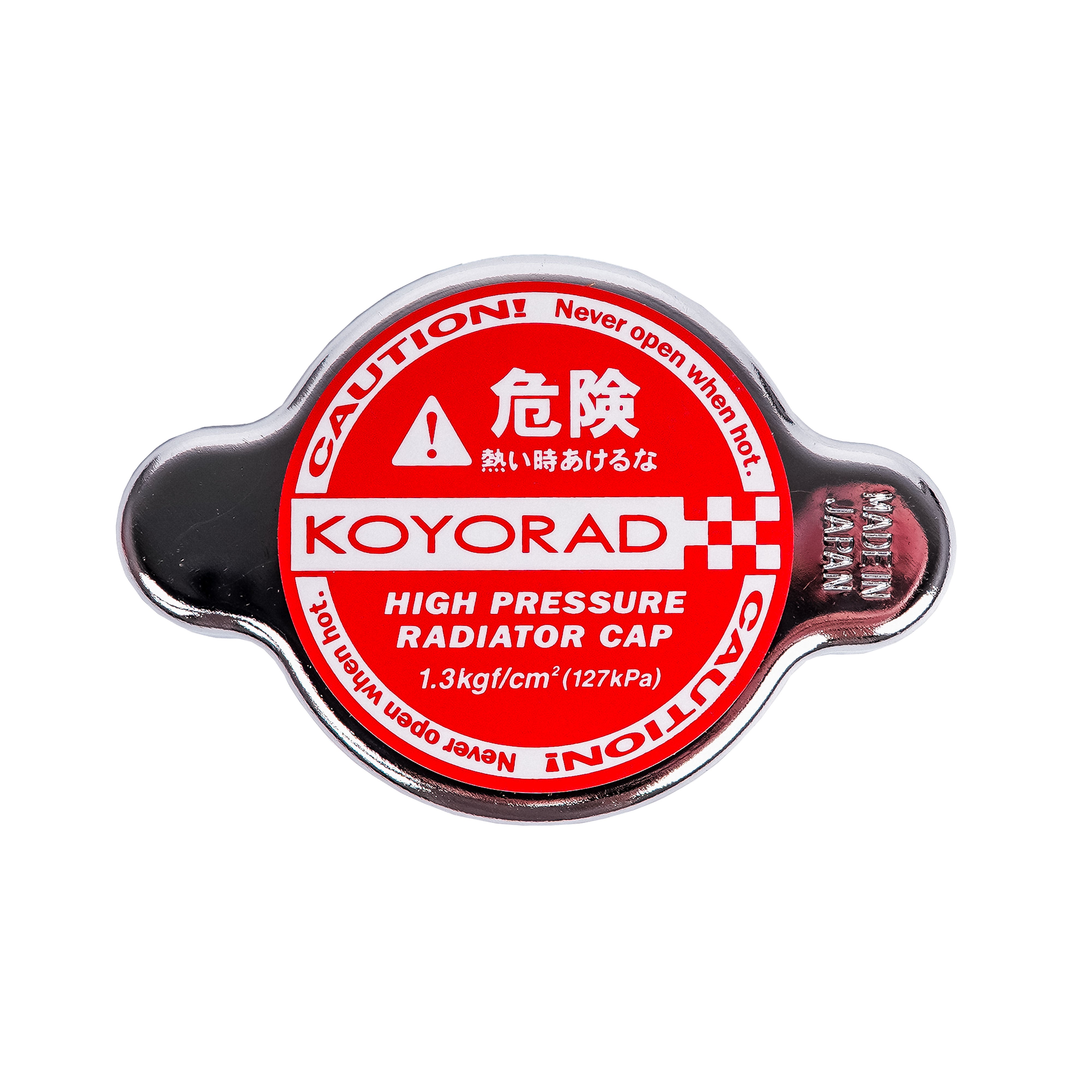
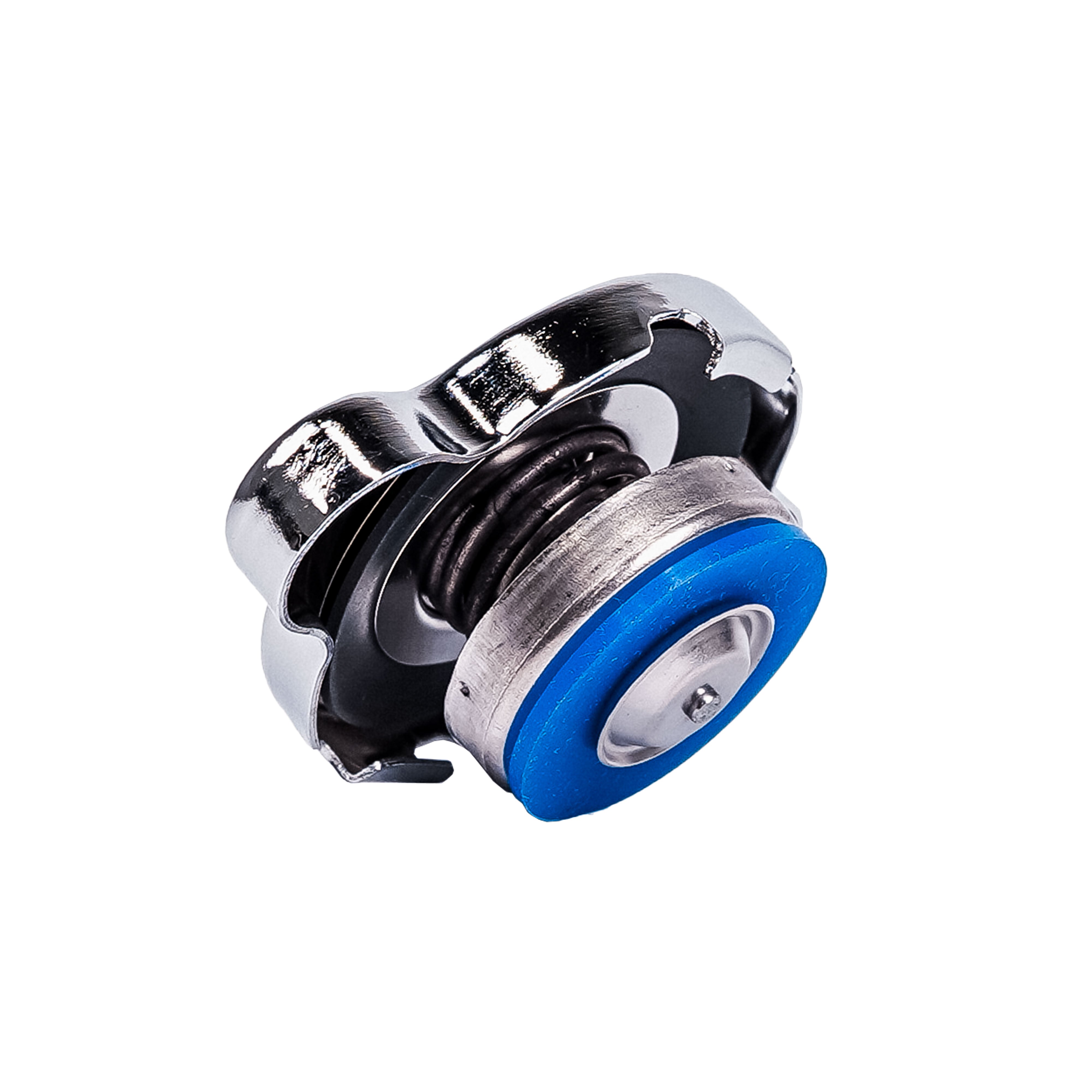


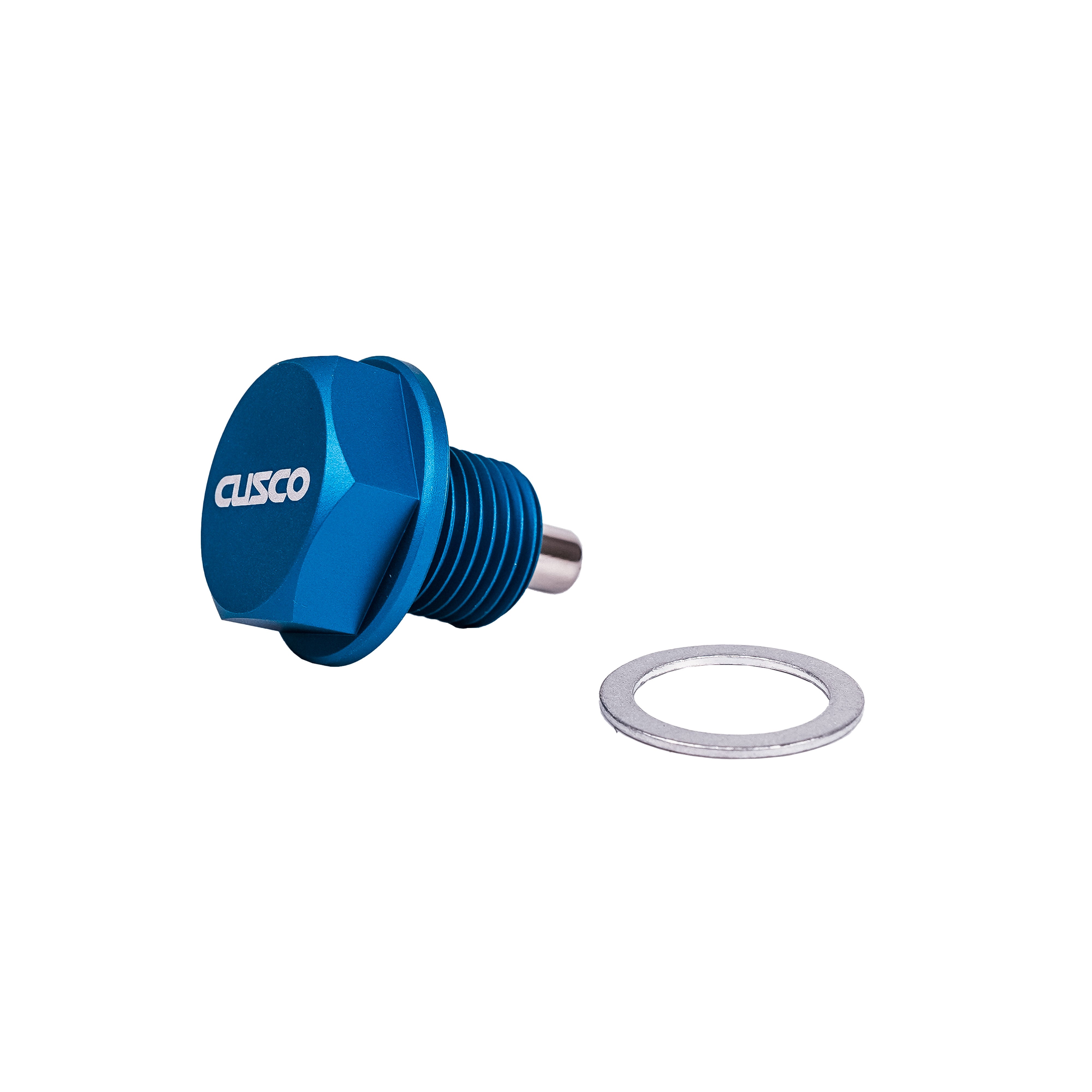
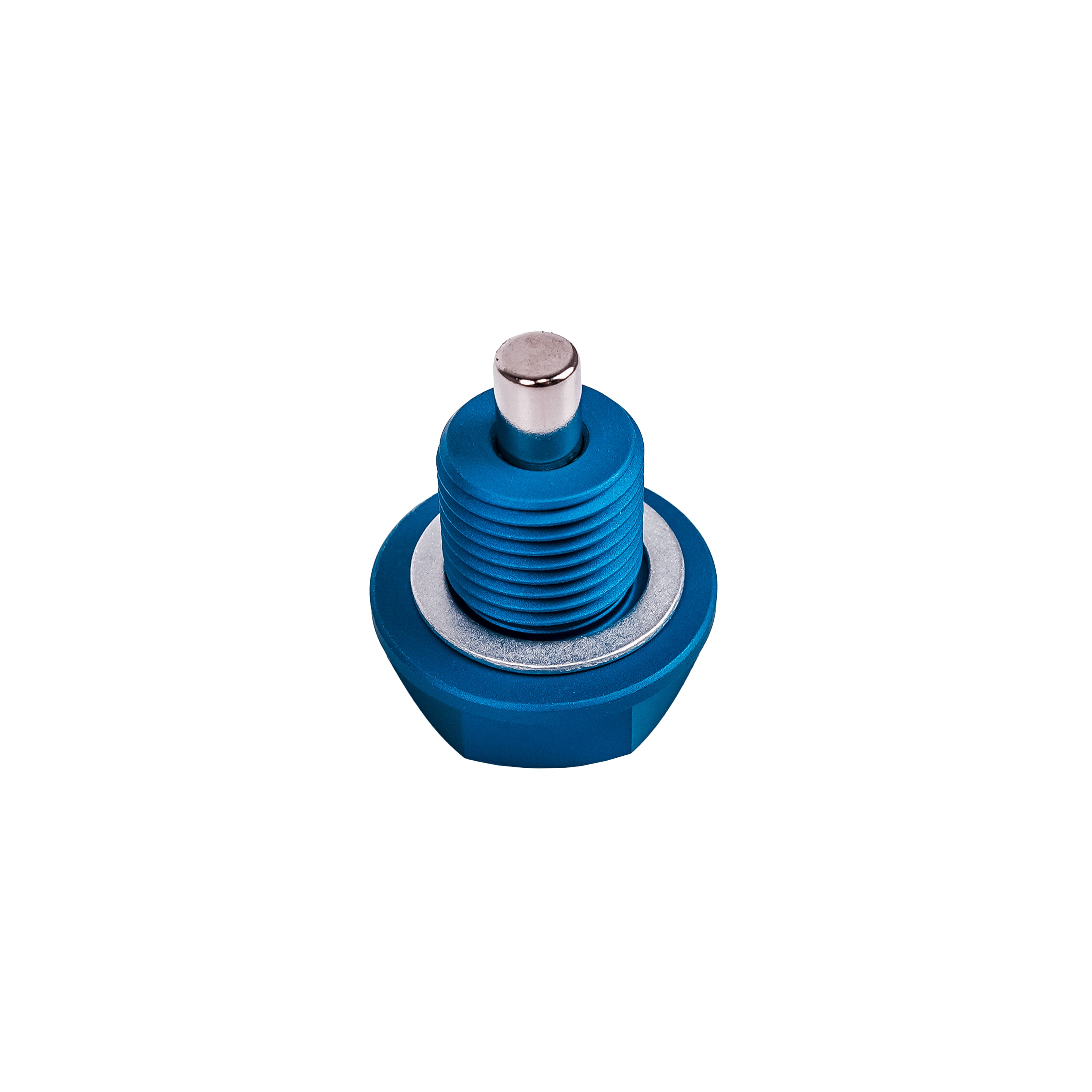
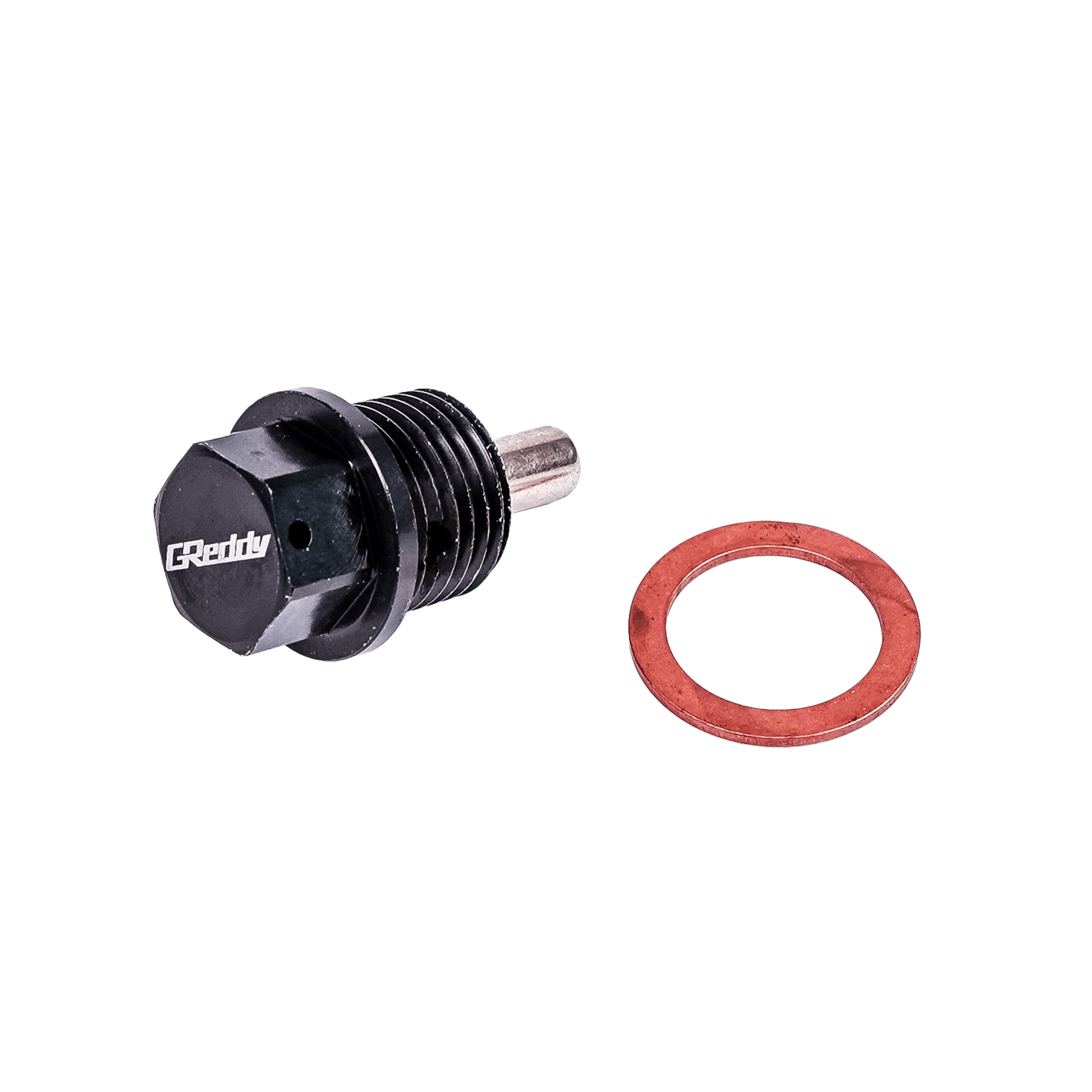
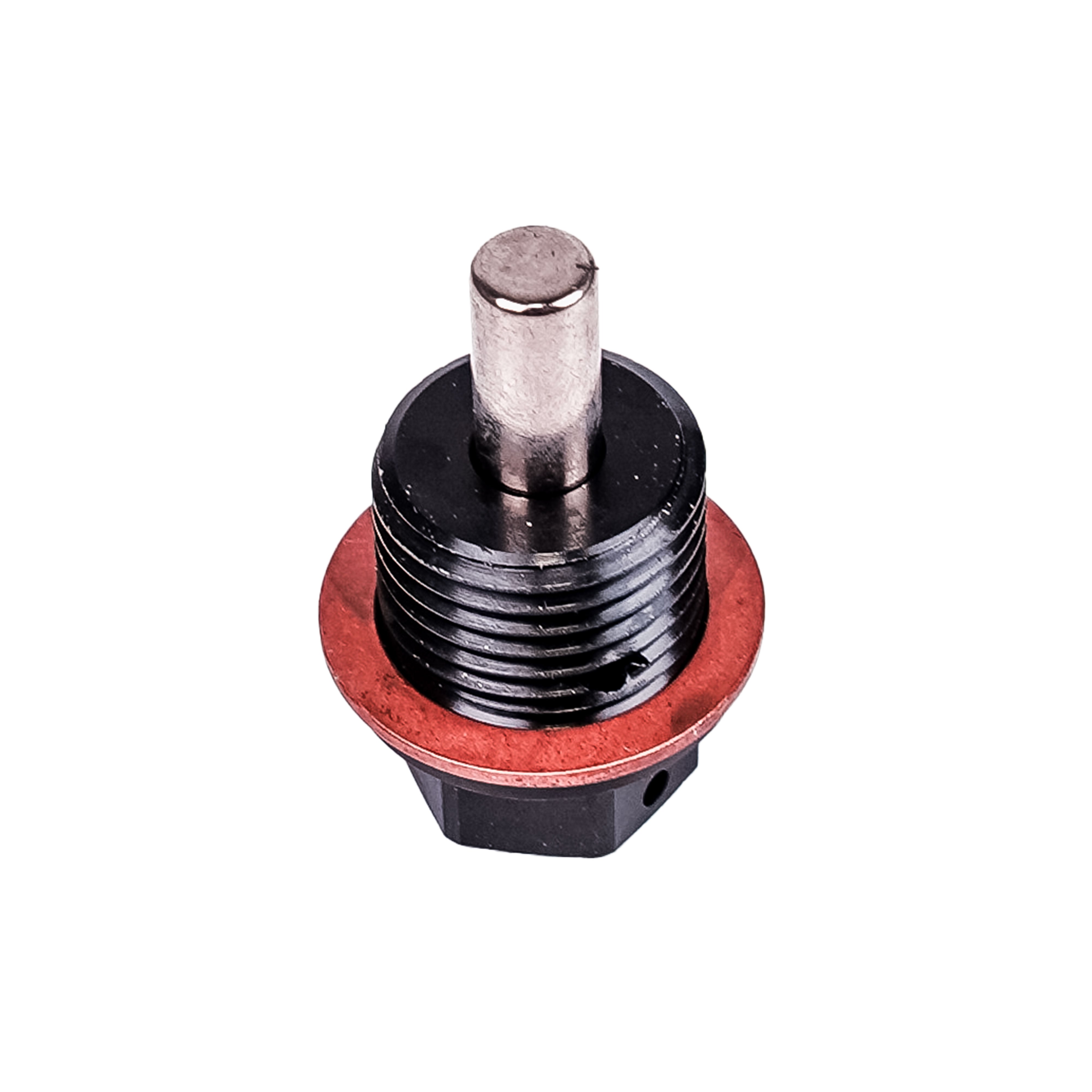
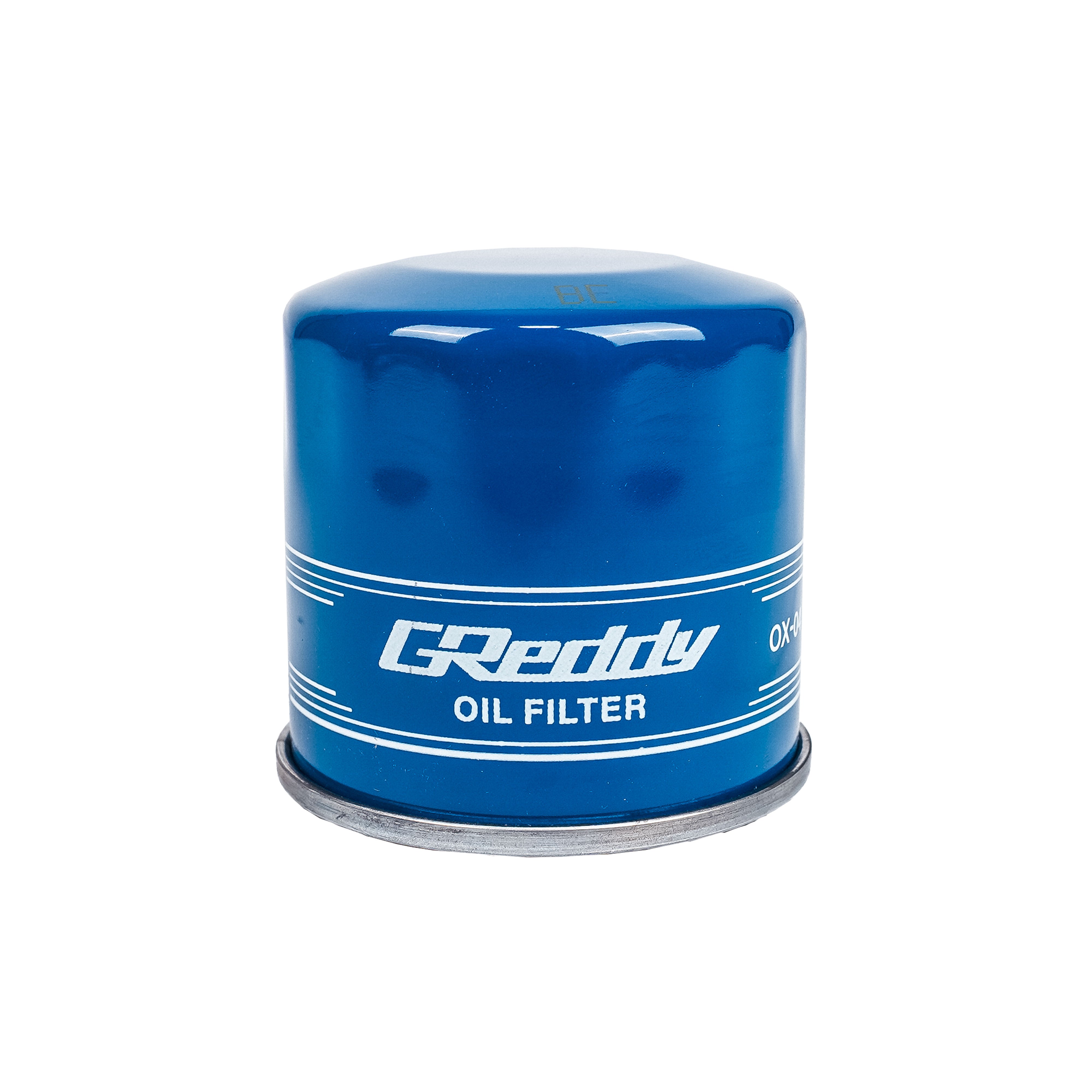
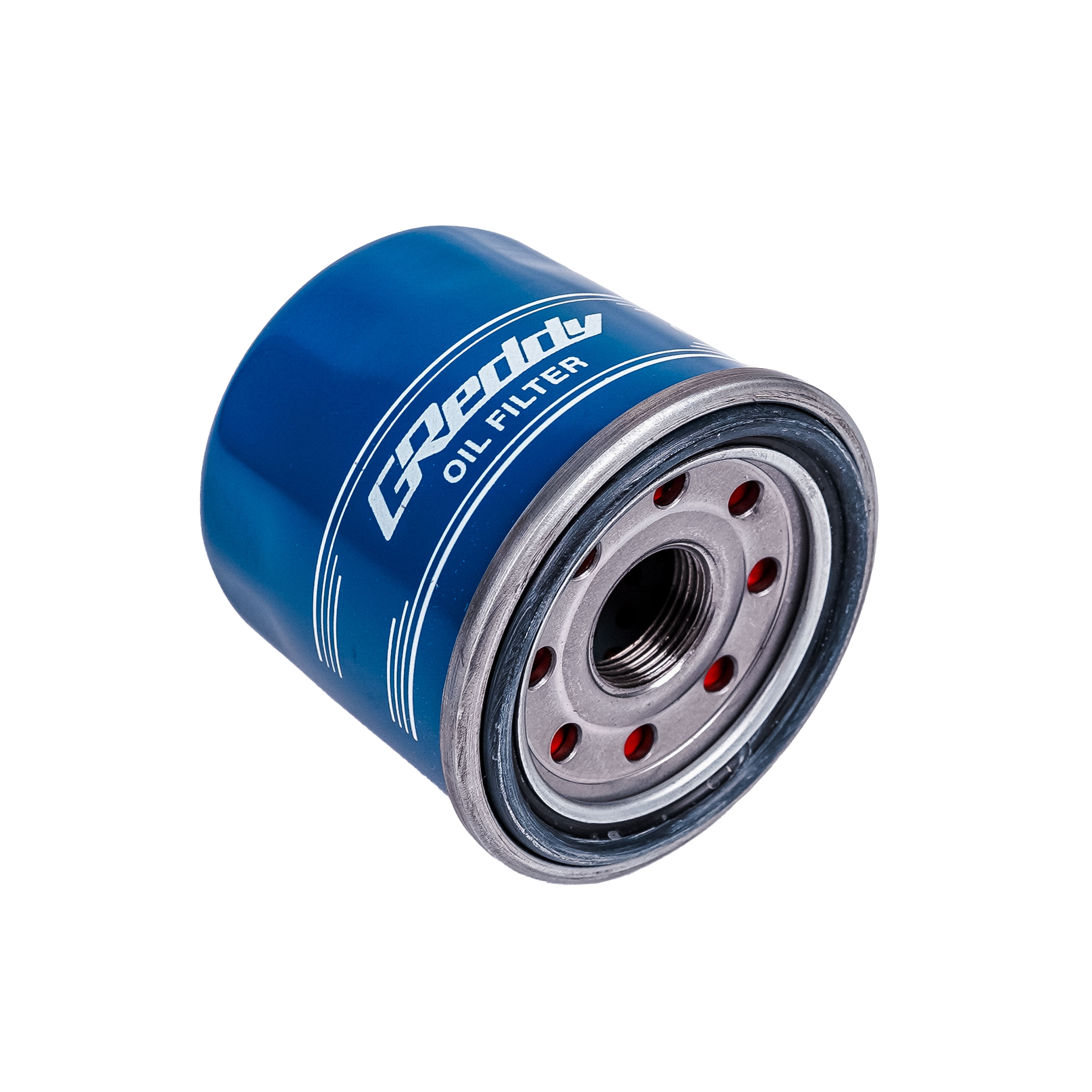
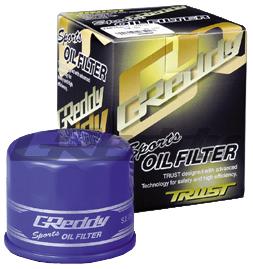
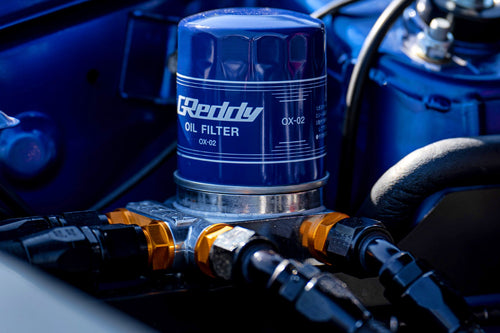
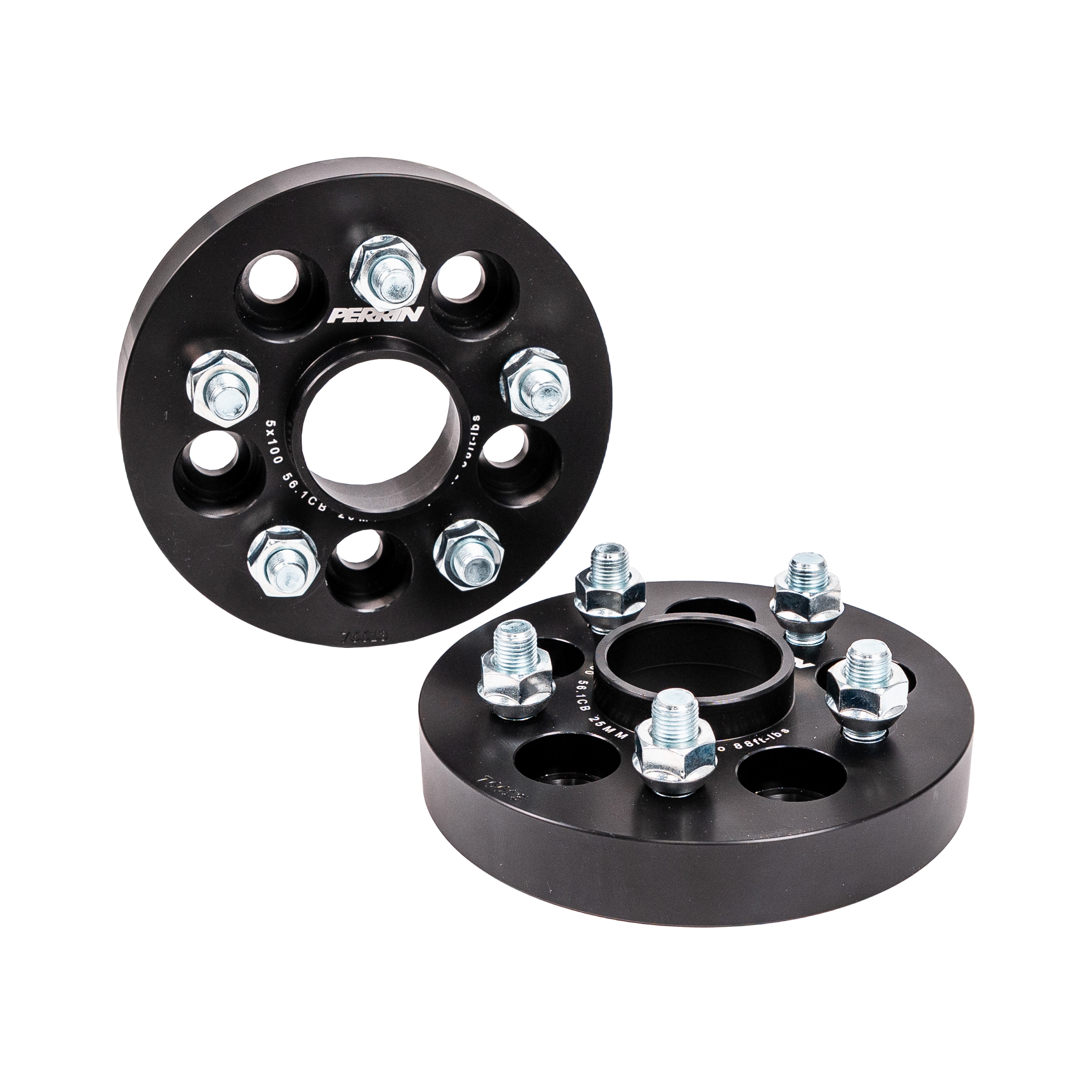
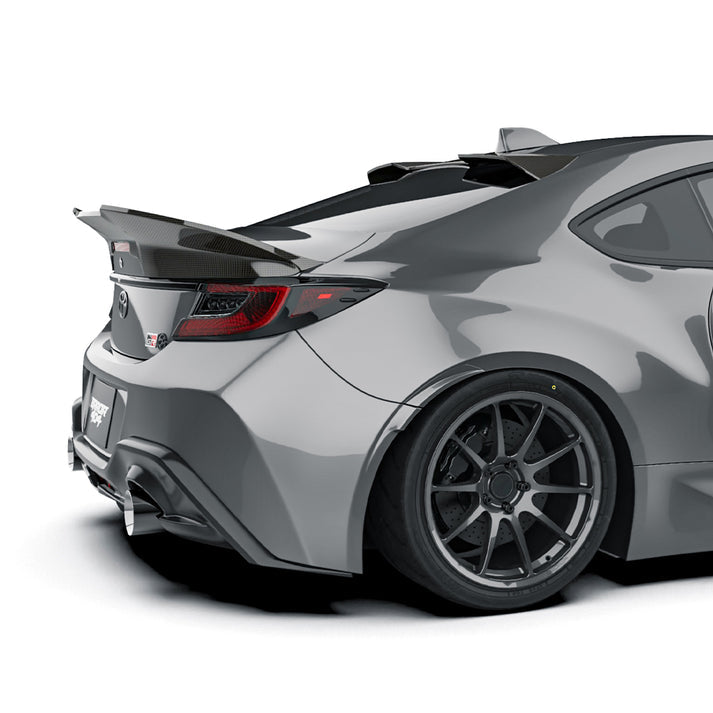
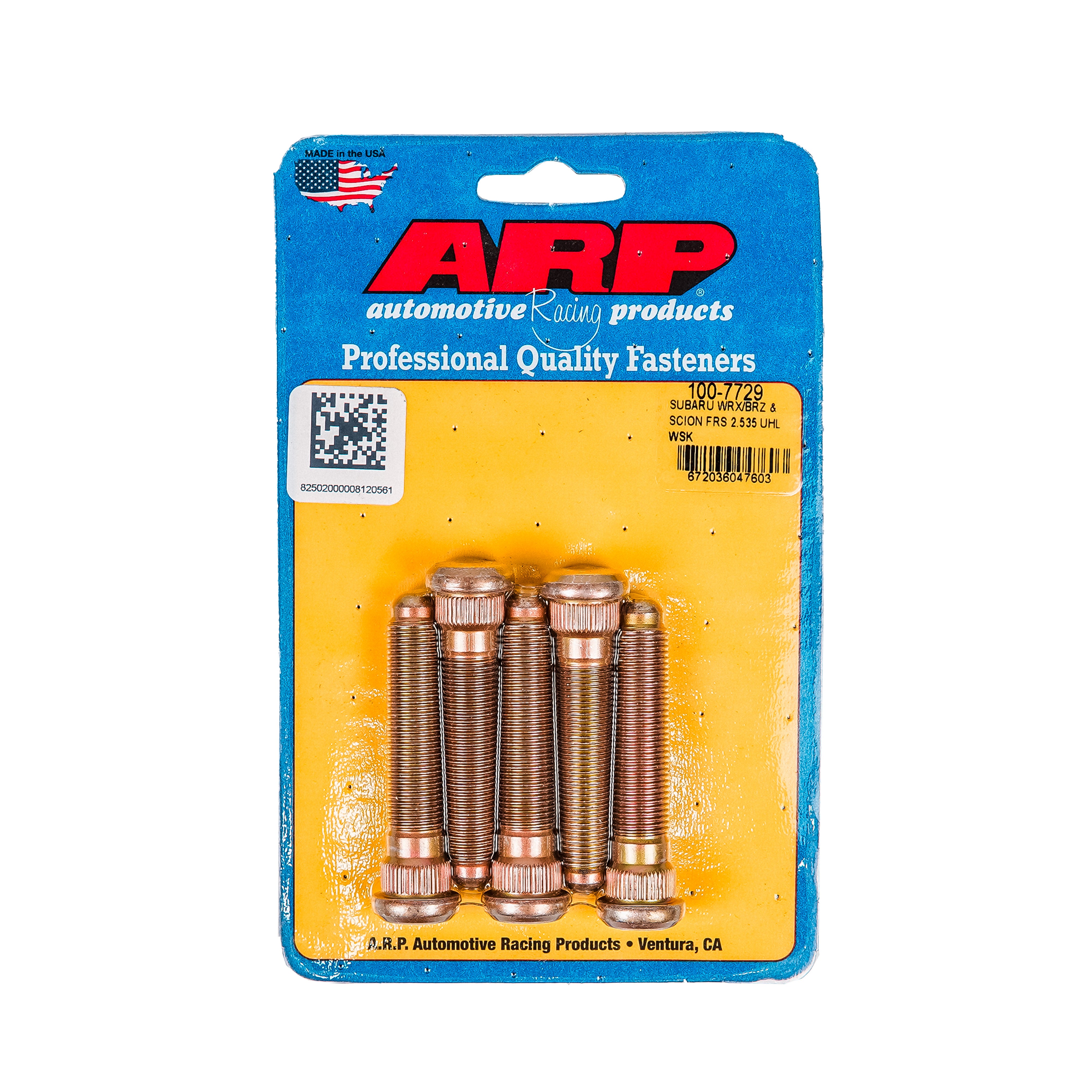
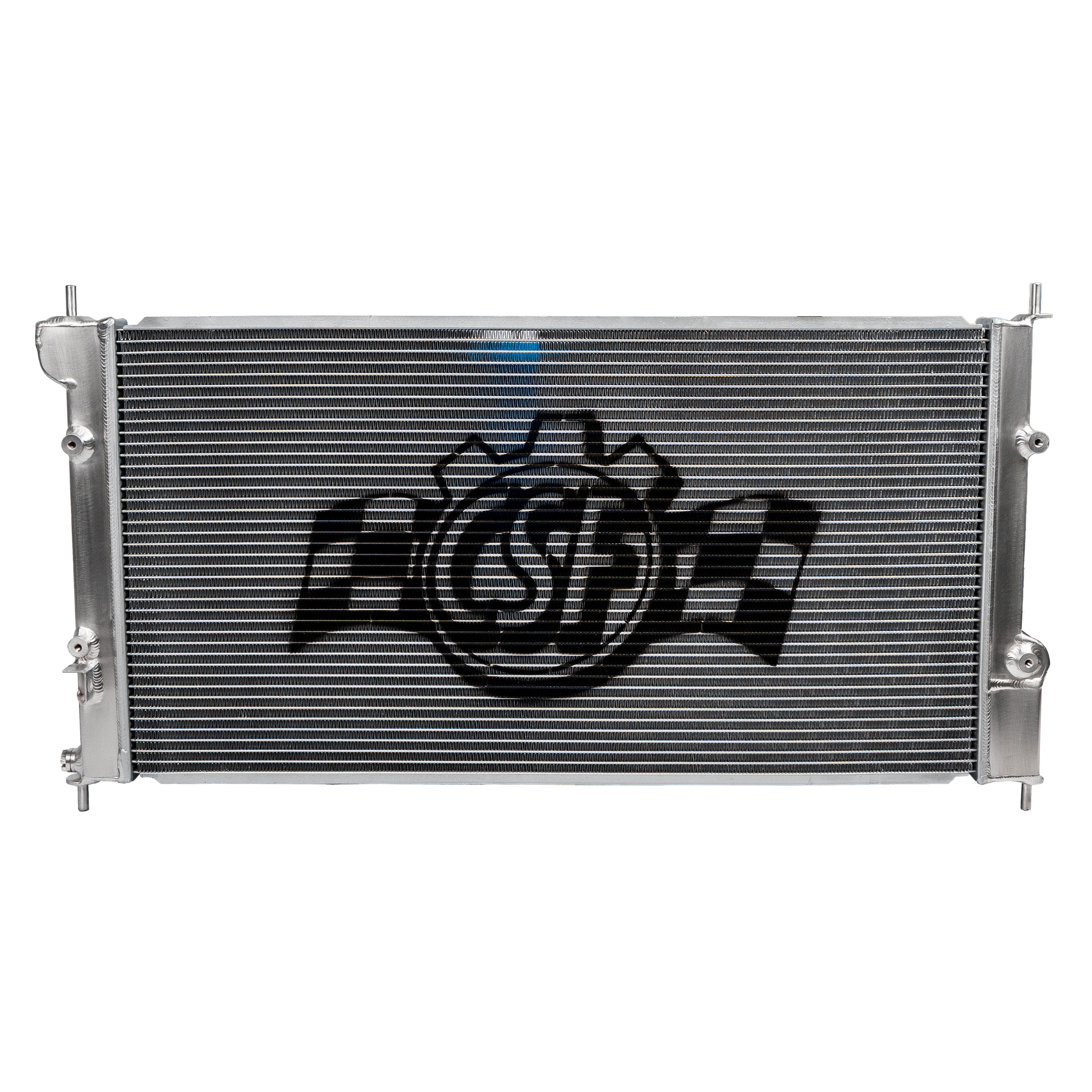
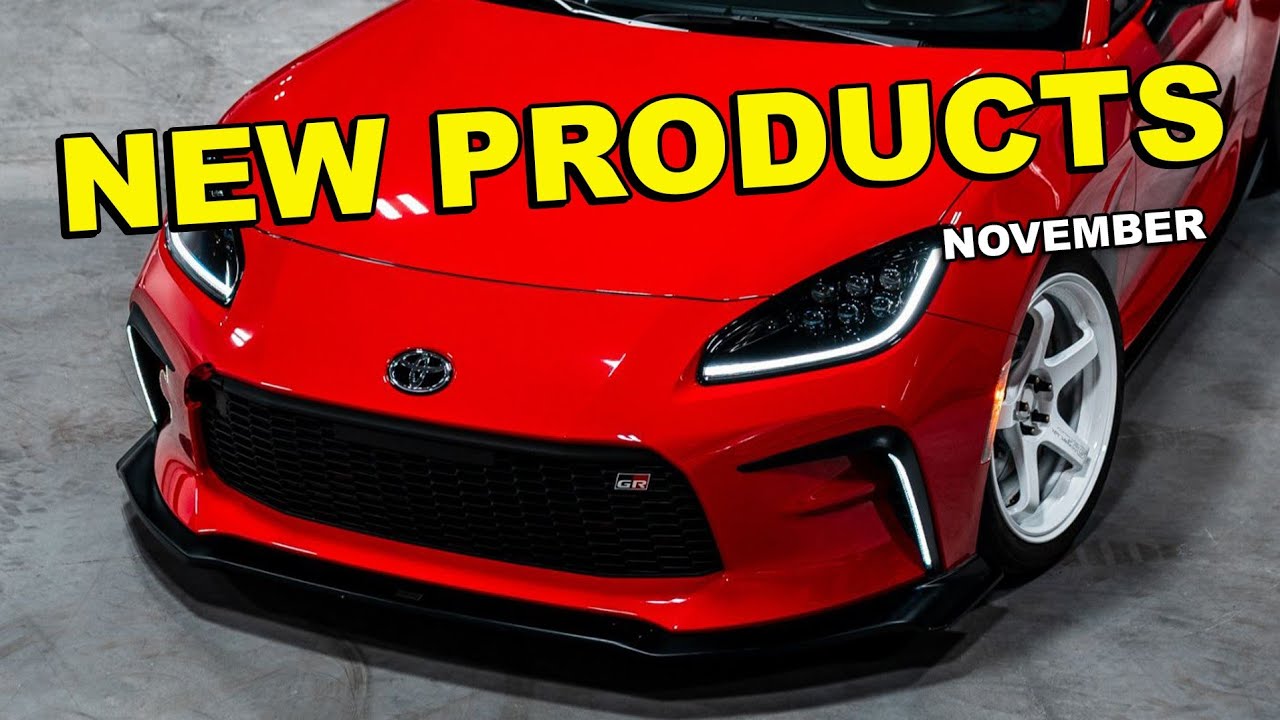

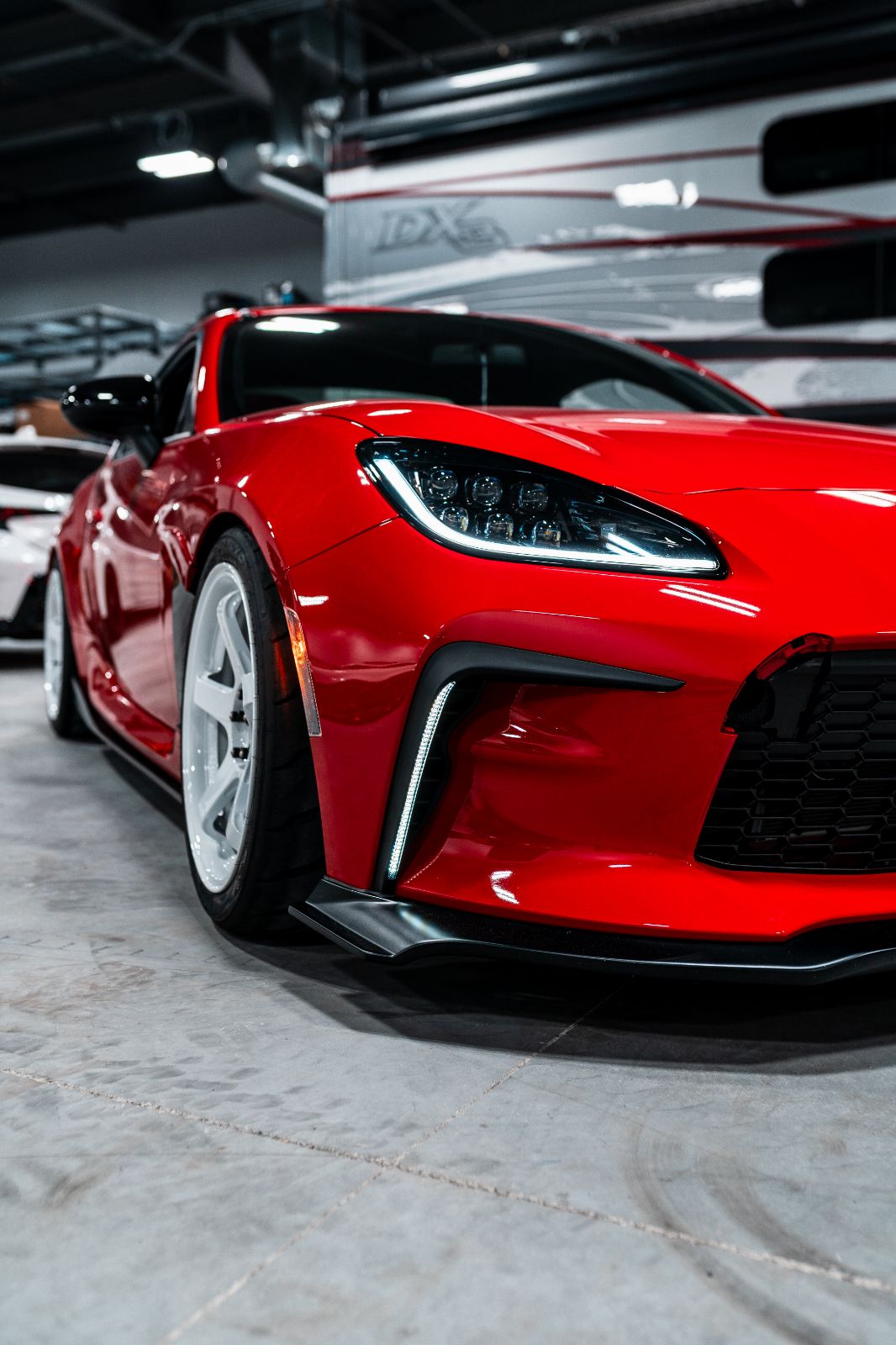
Share:
Journey To GT3: Subaru tS First Mods
Kevin In LA: Widebodied & Supercharged BRZ and GR86